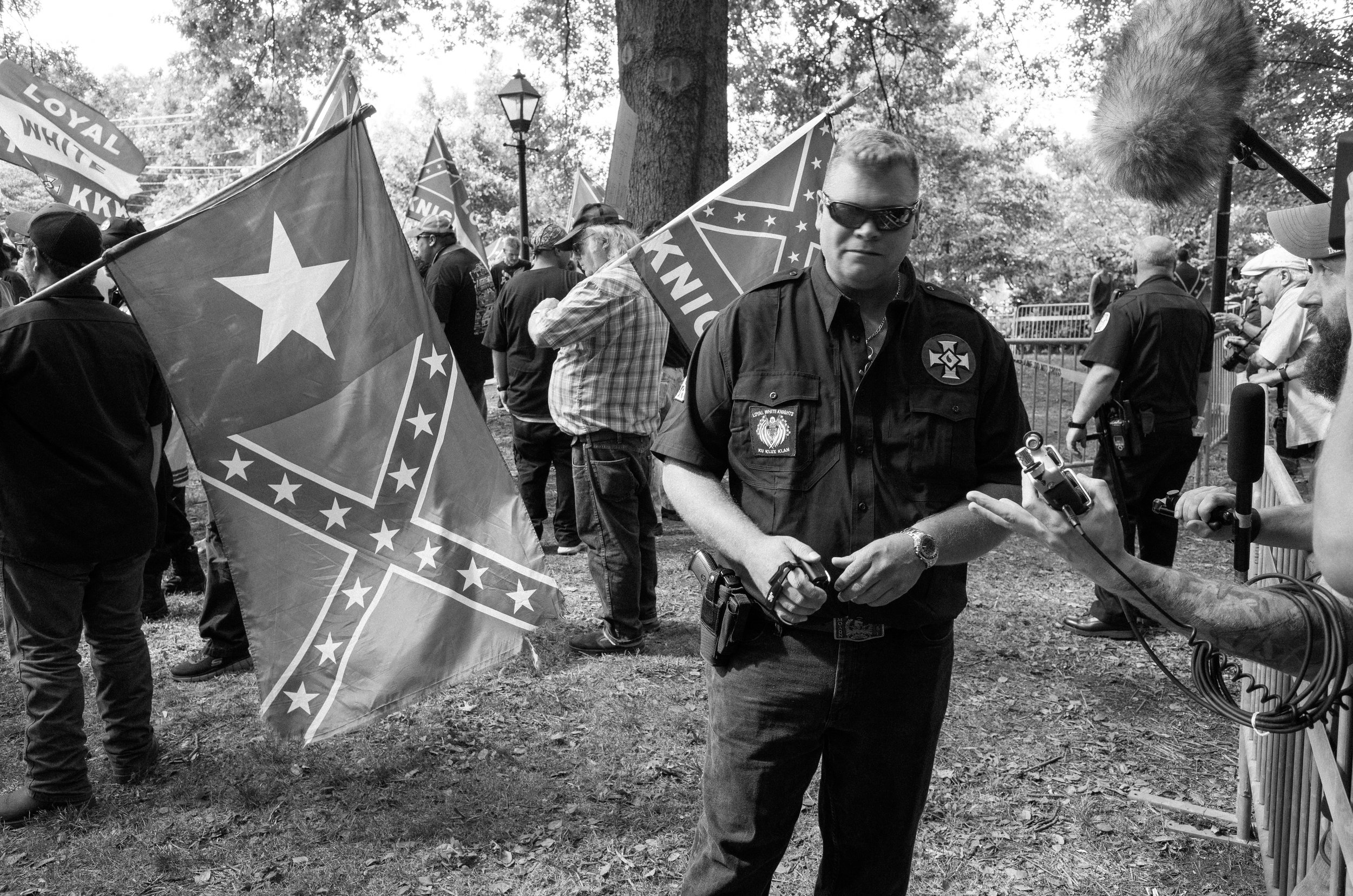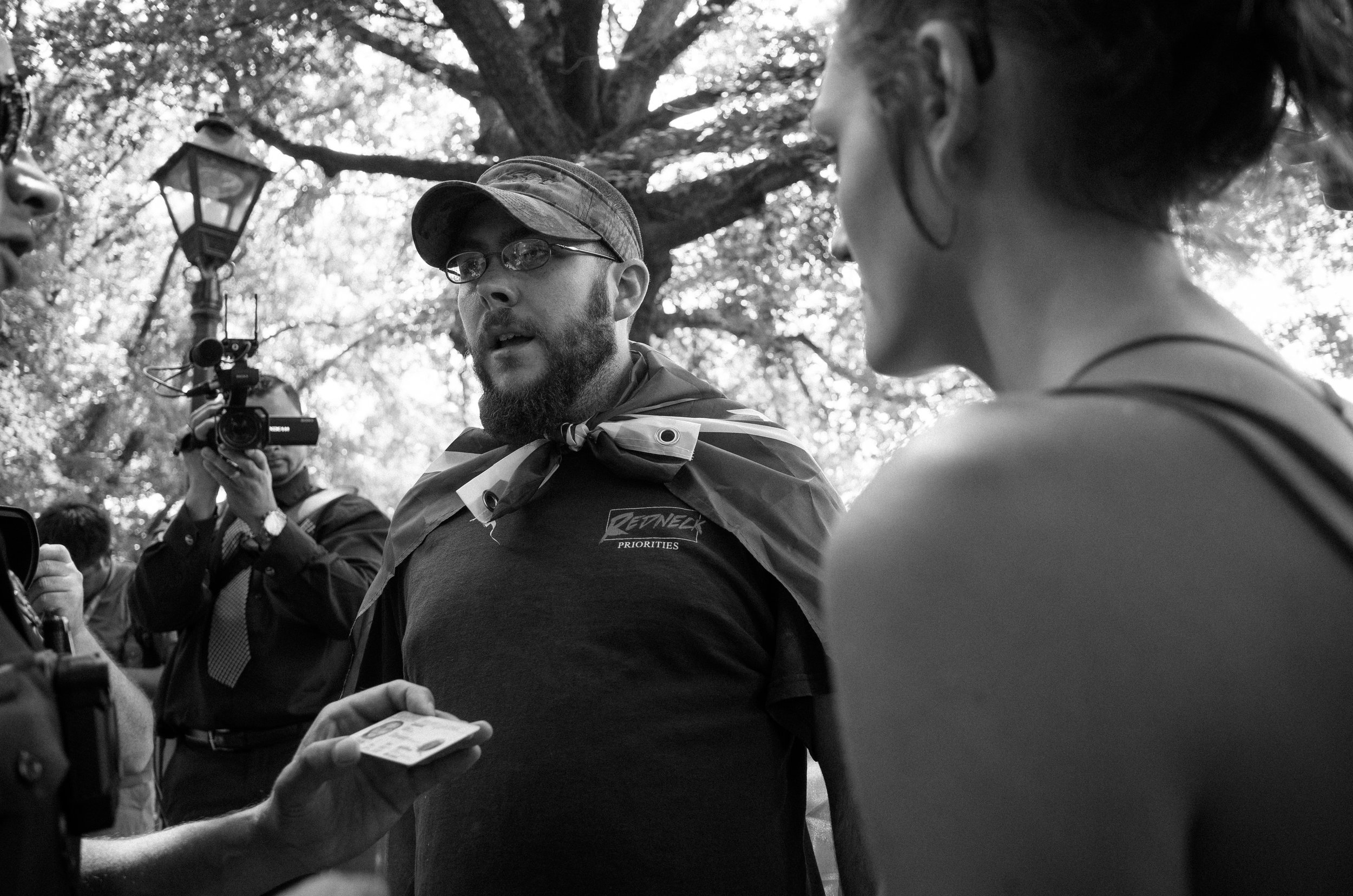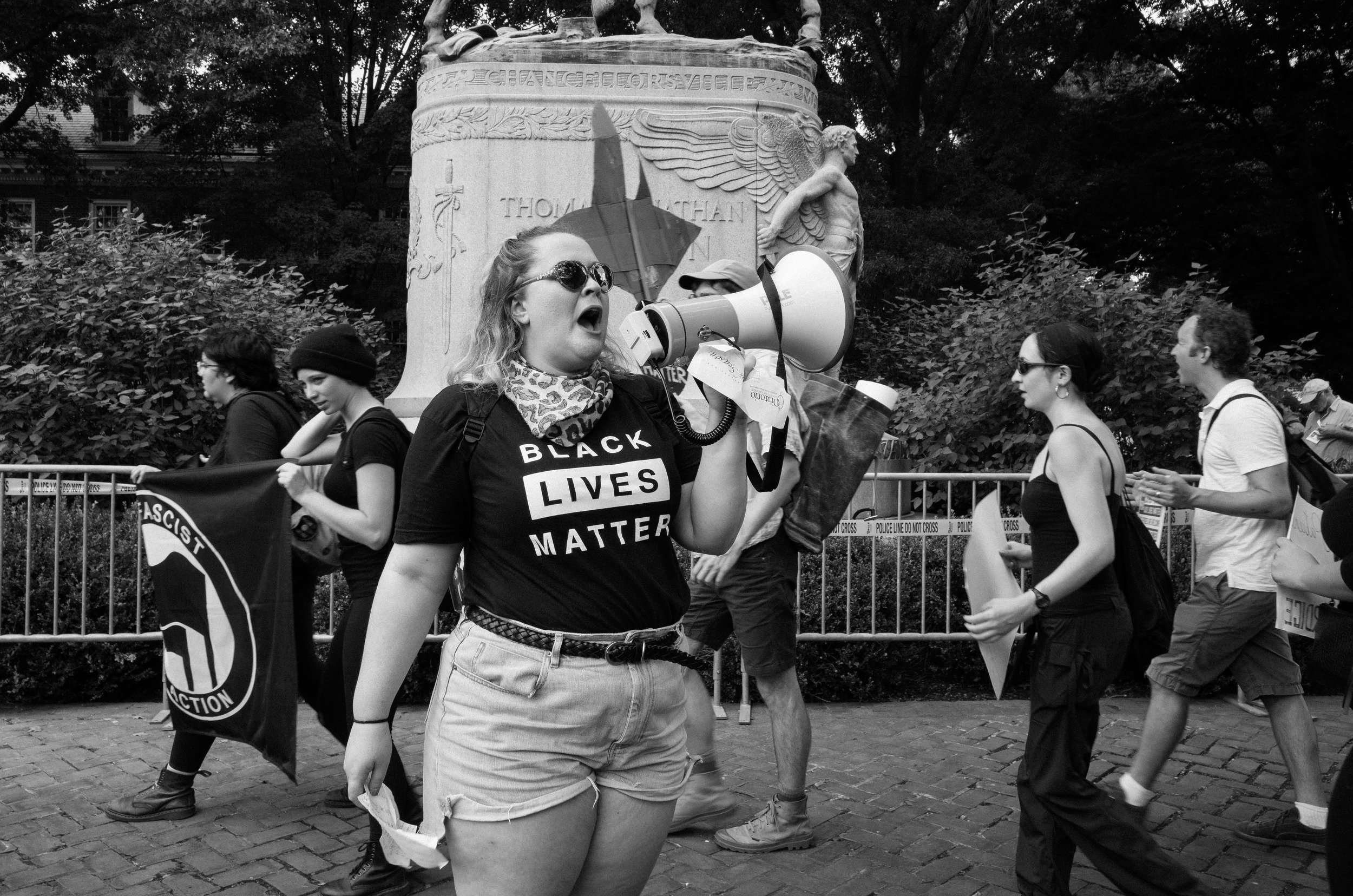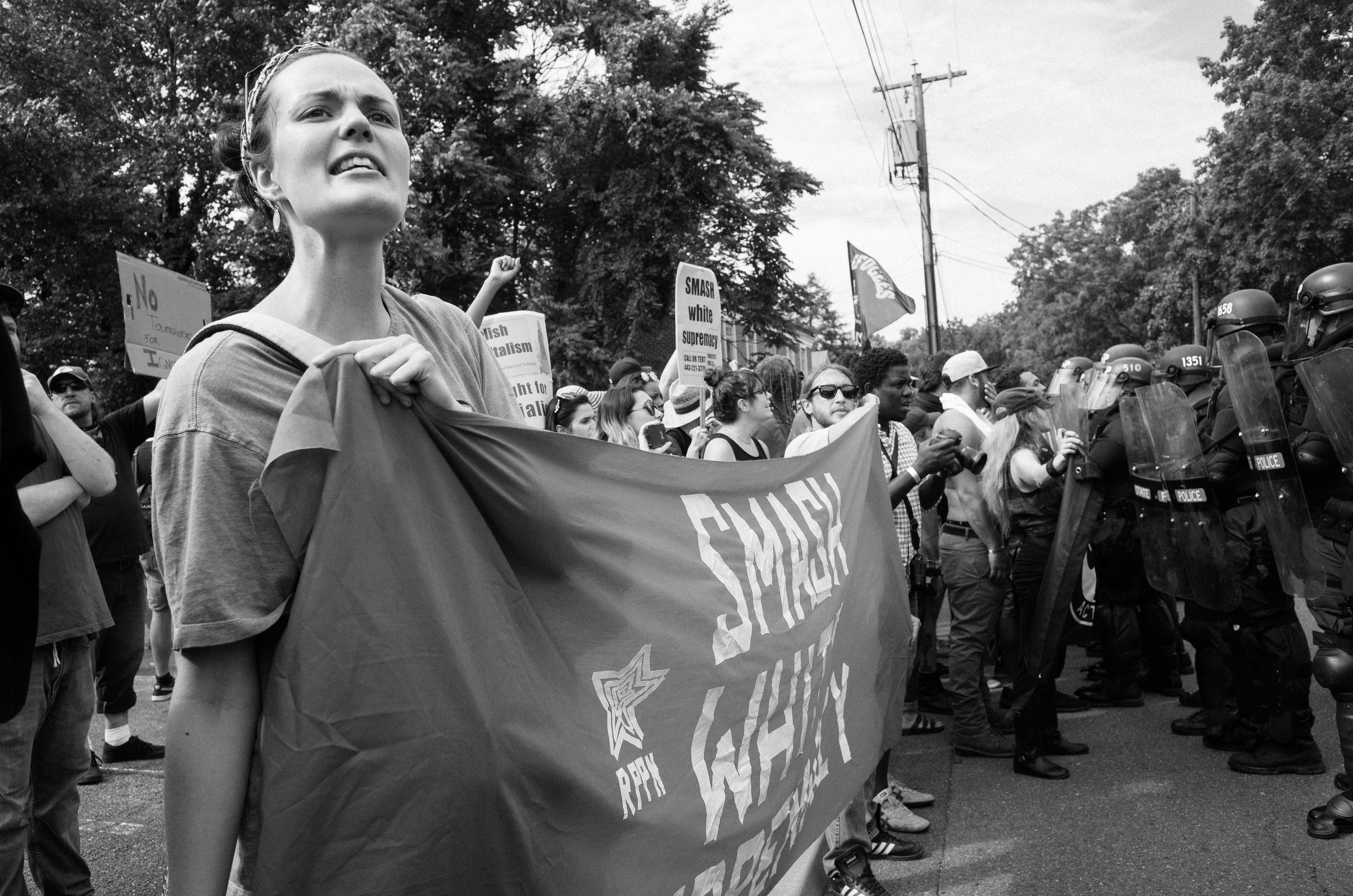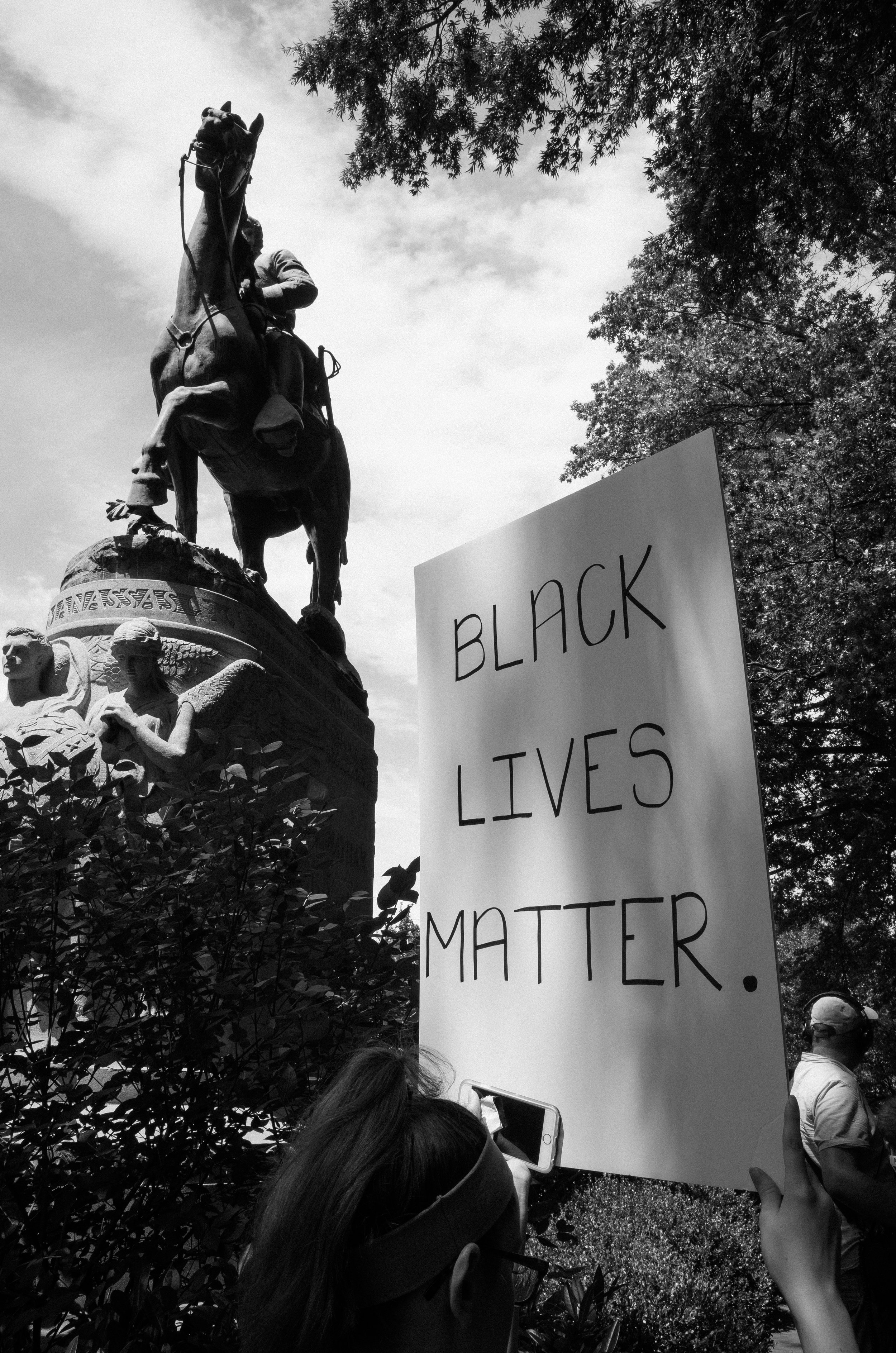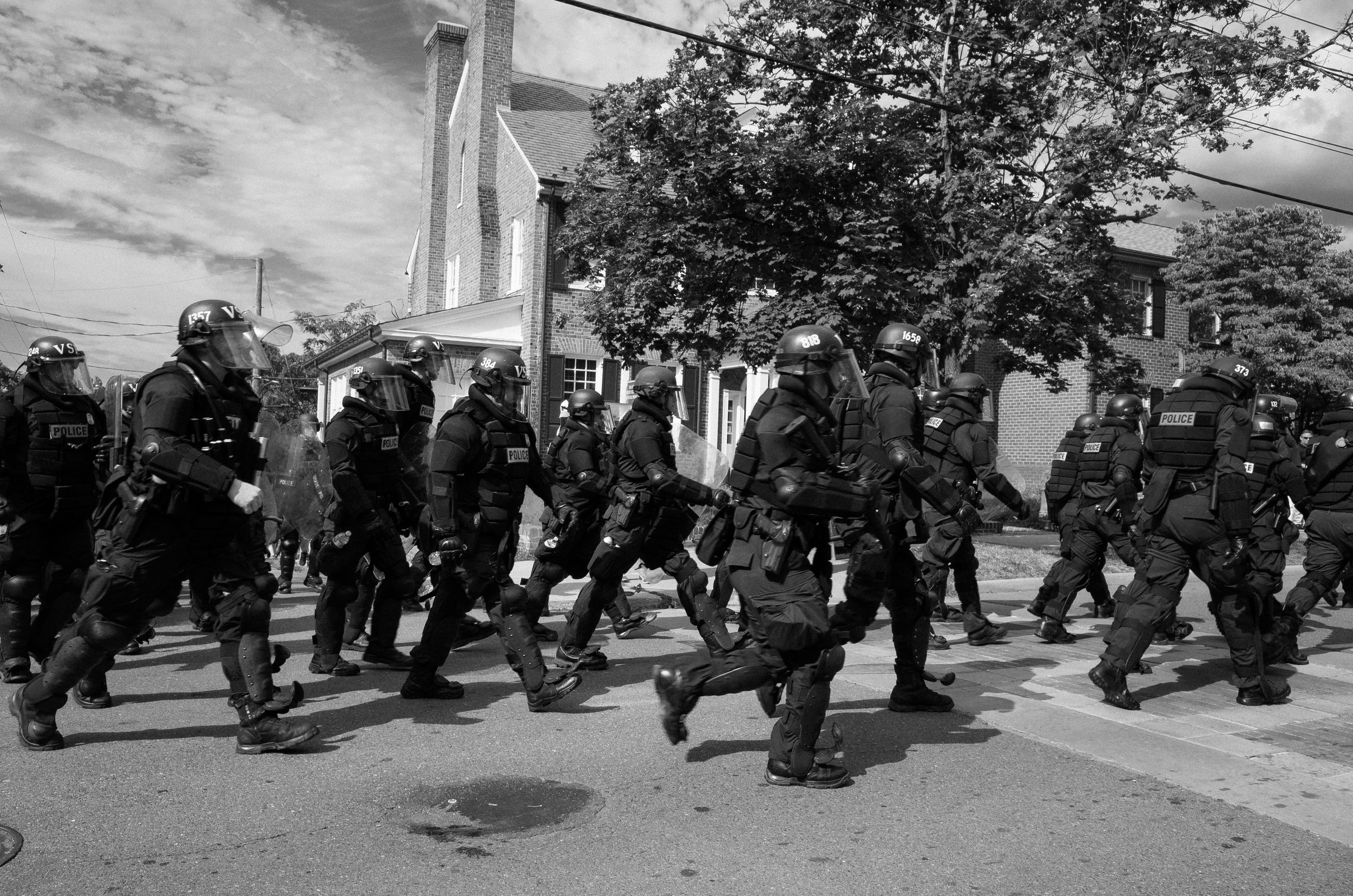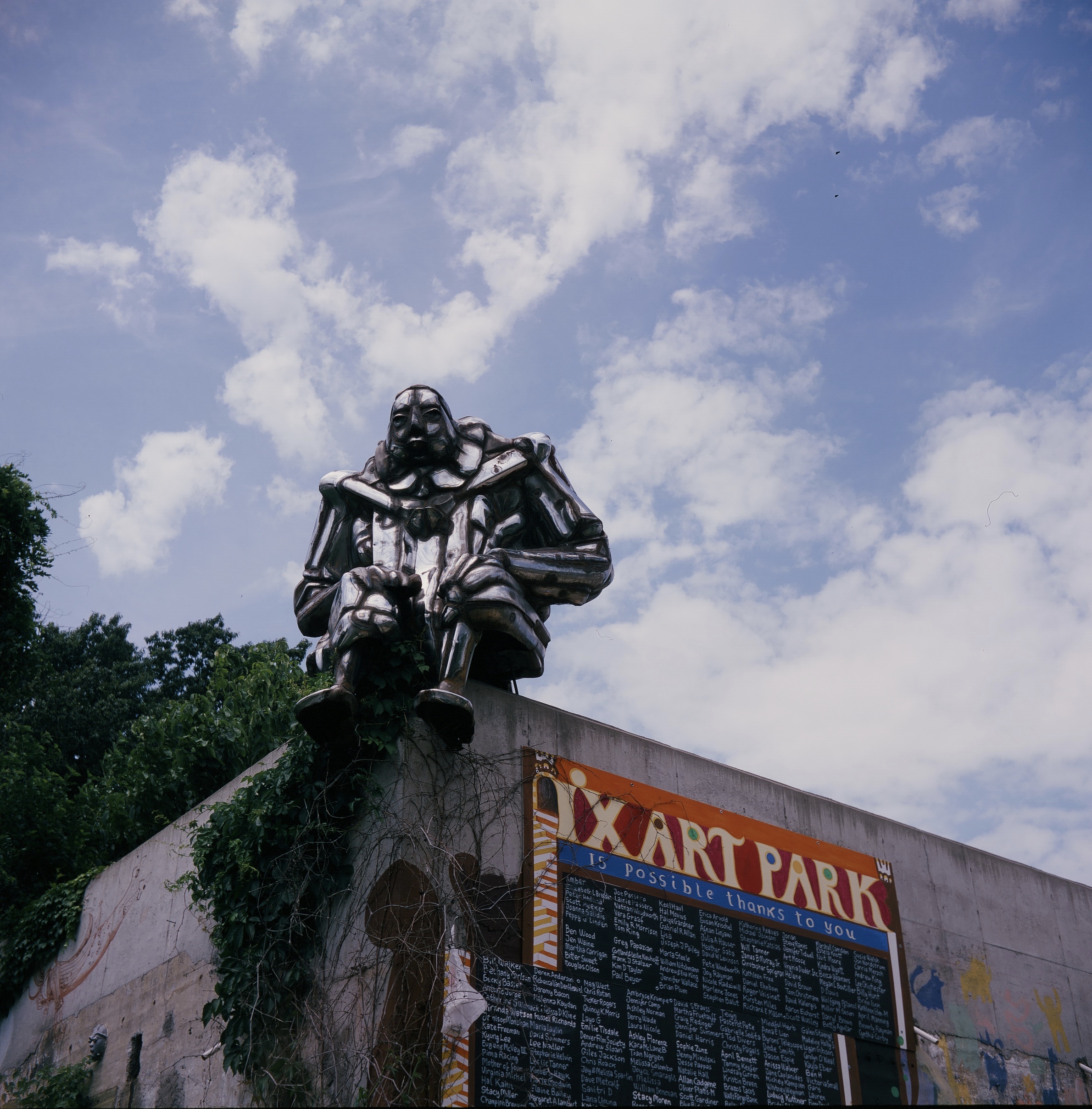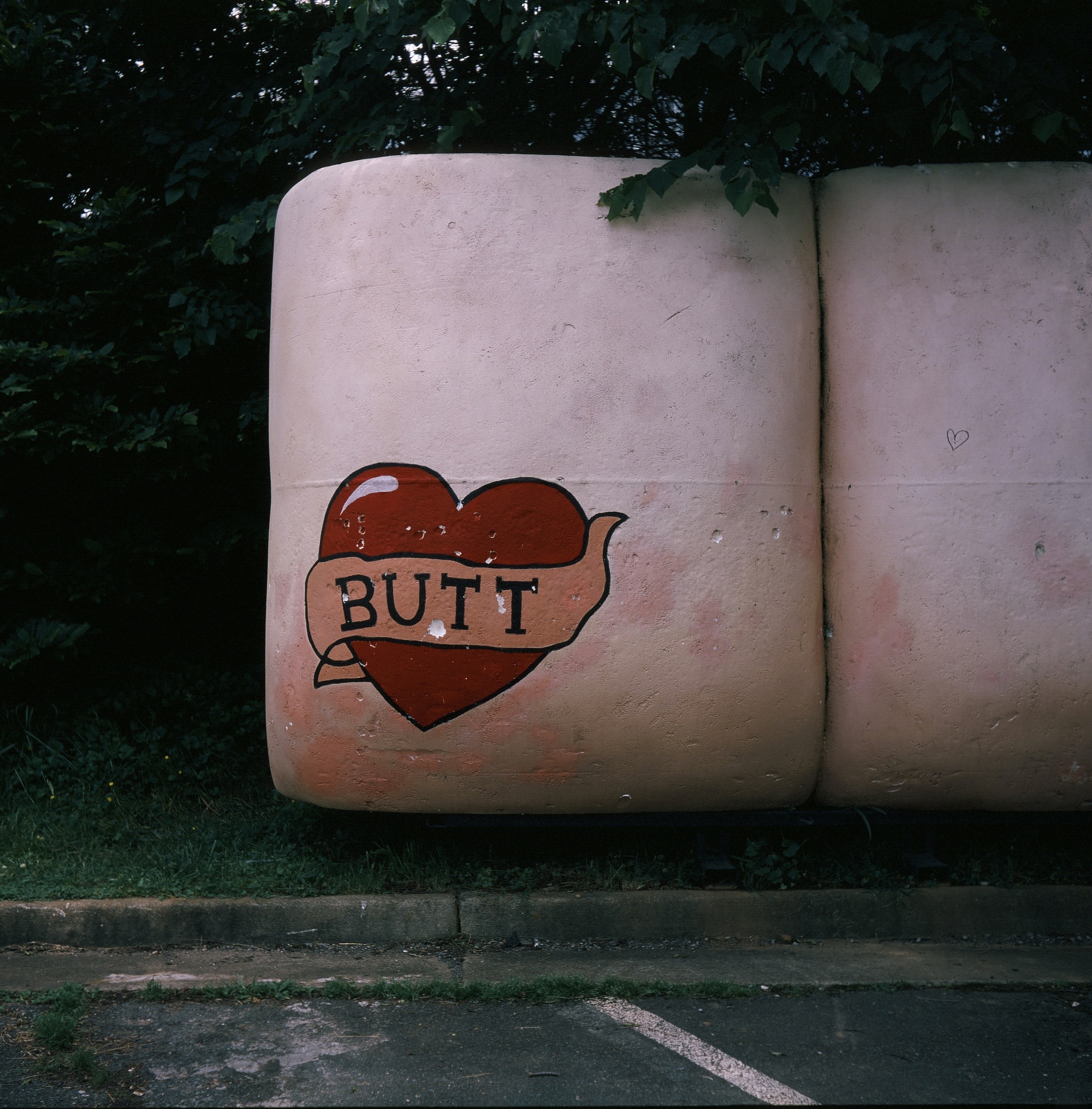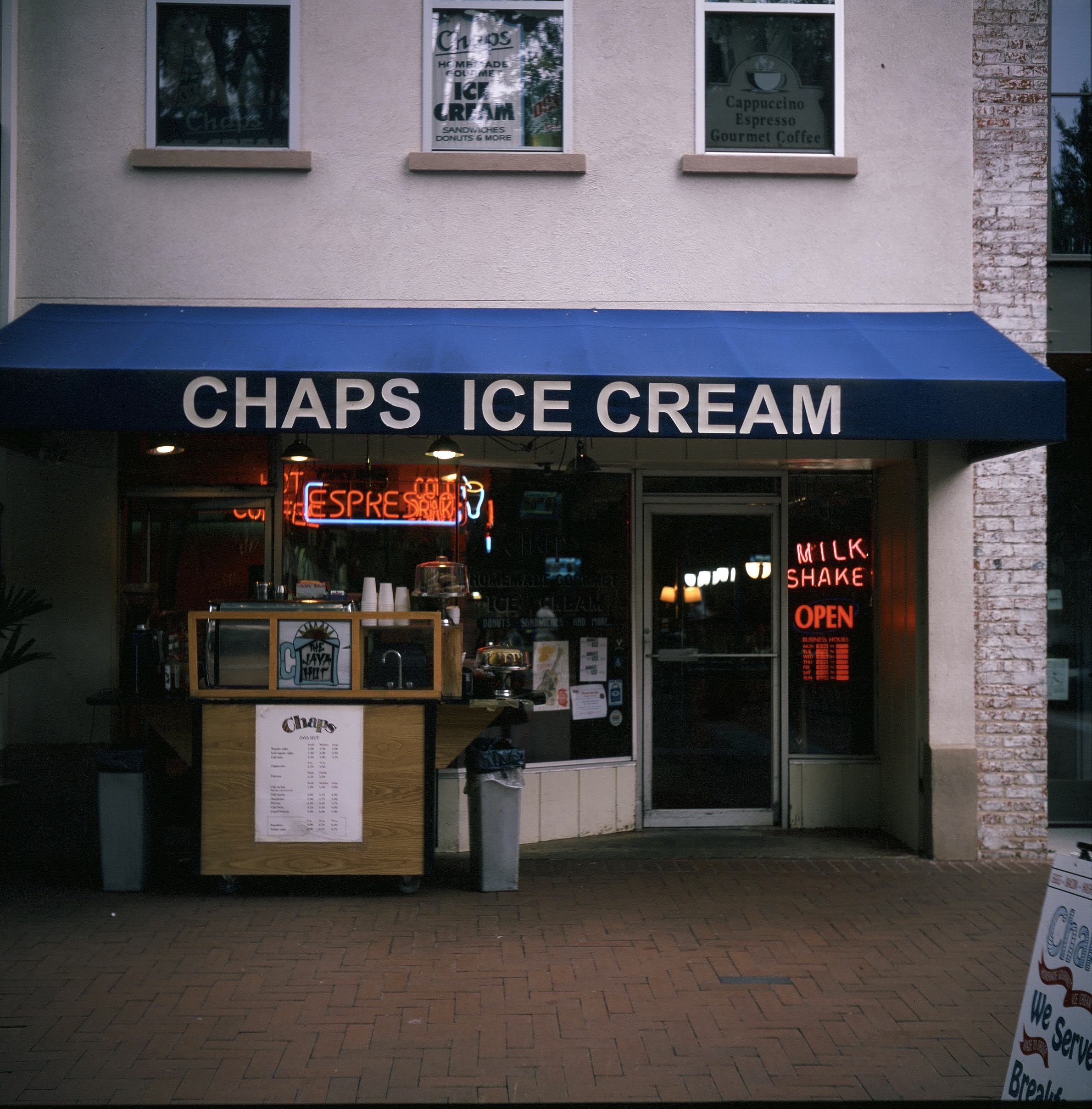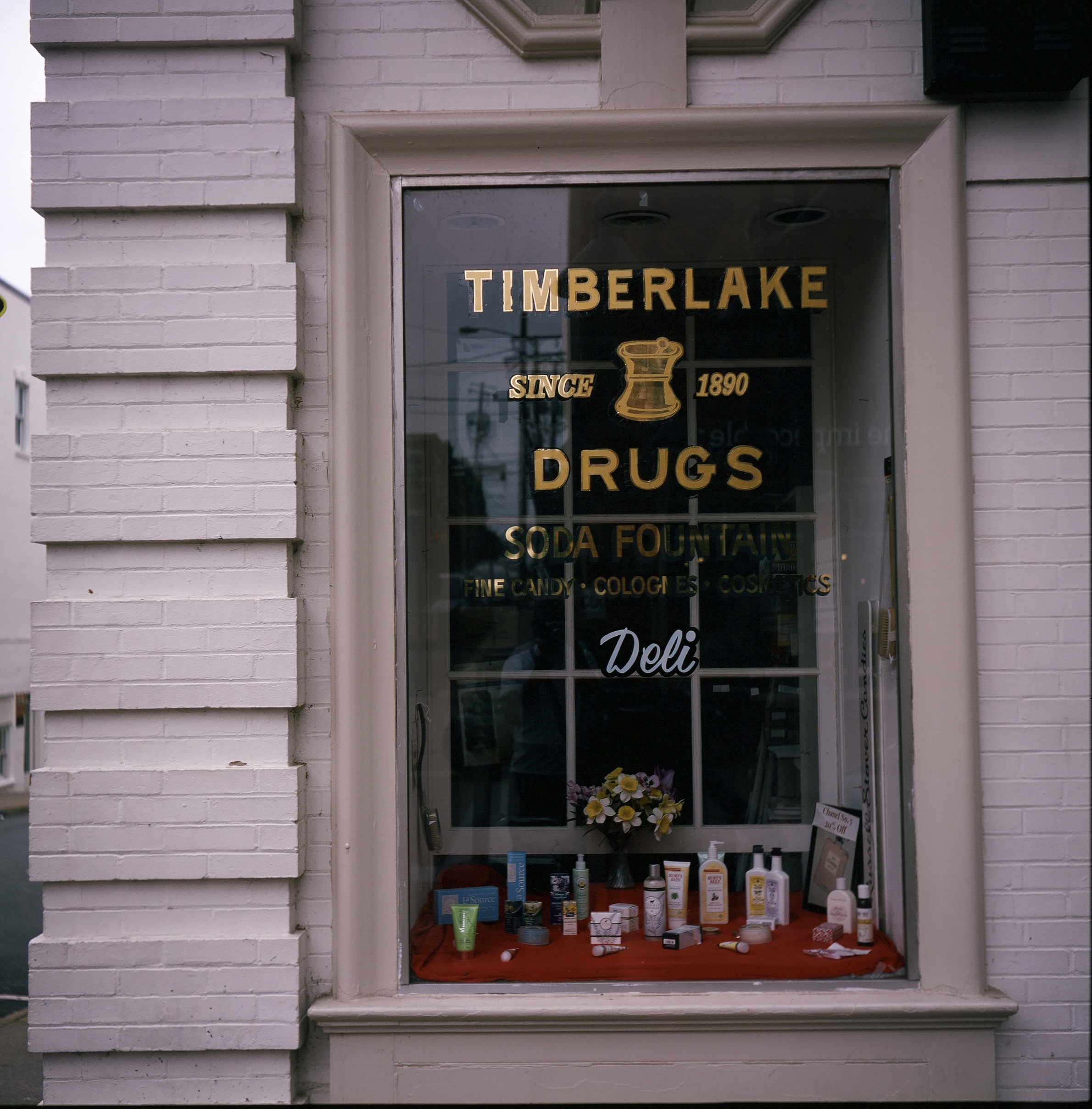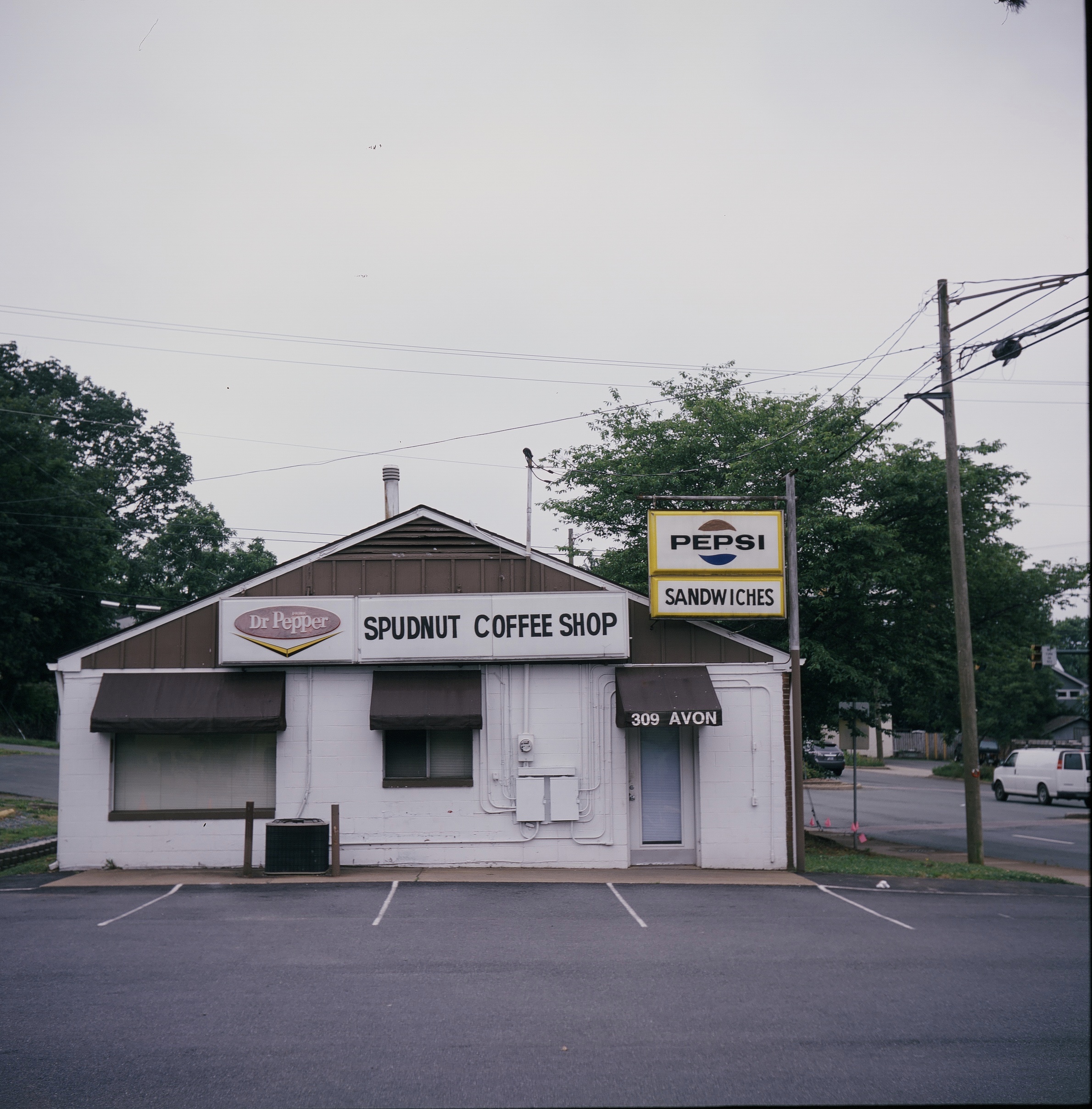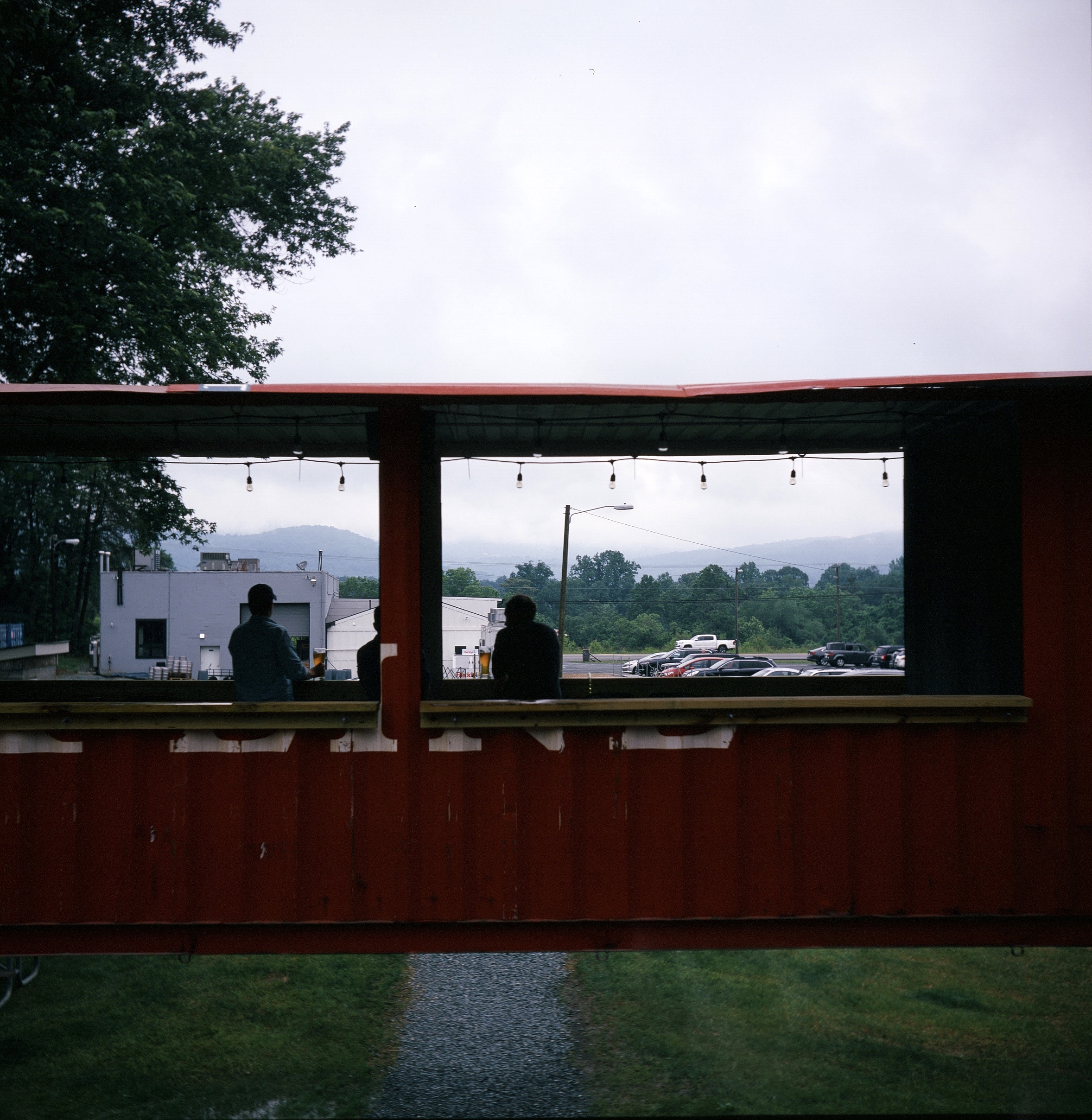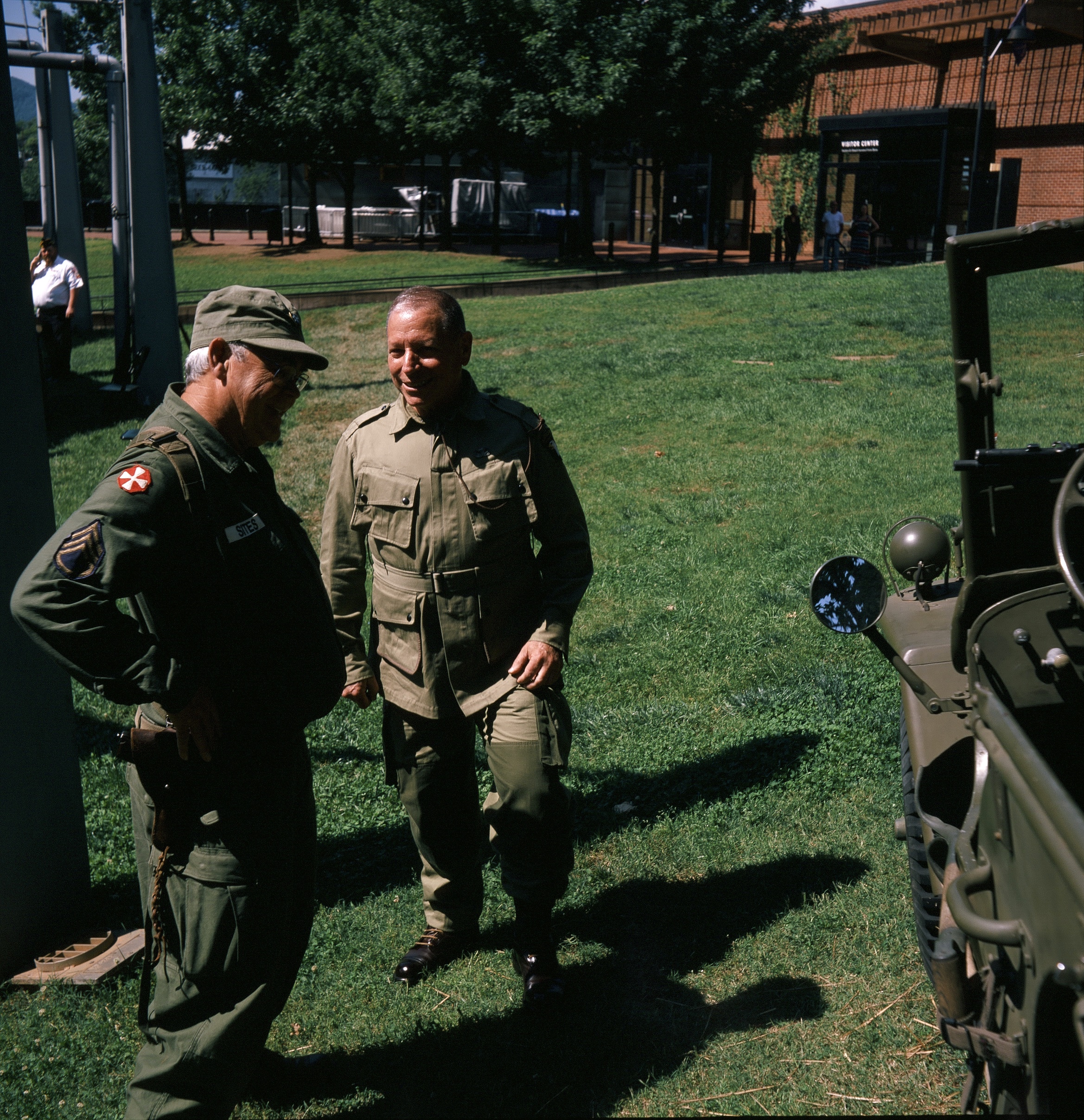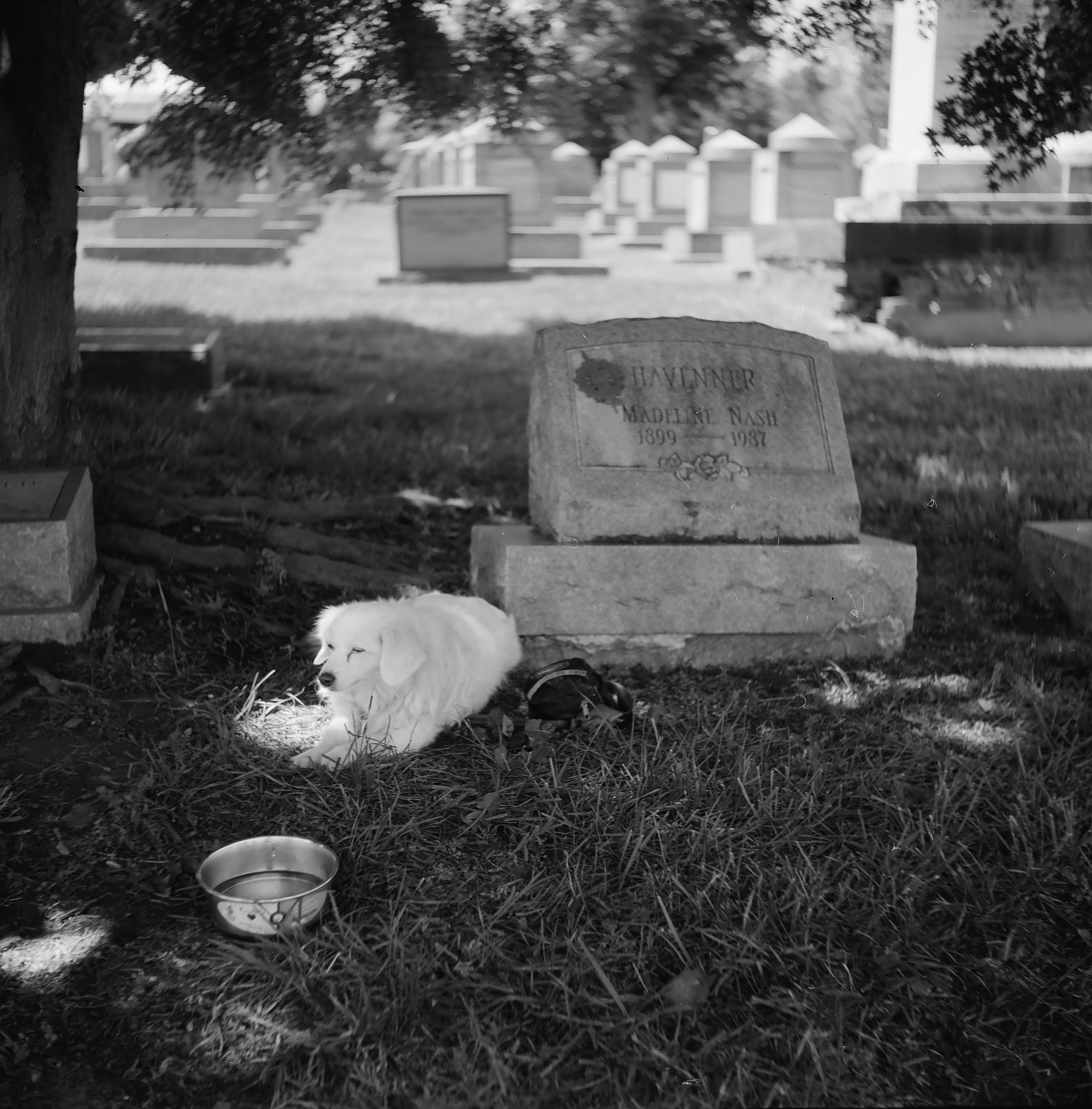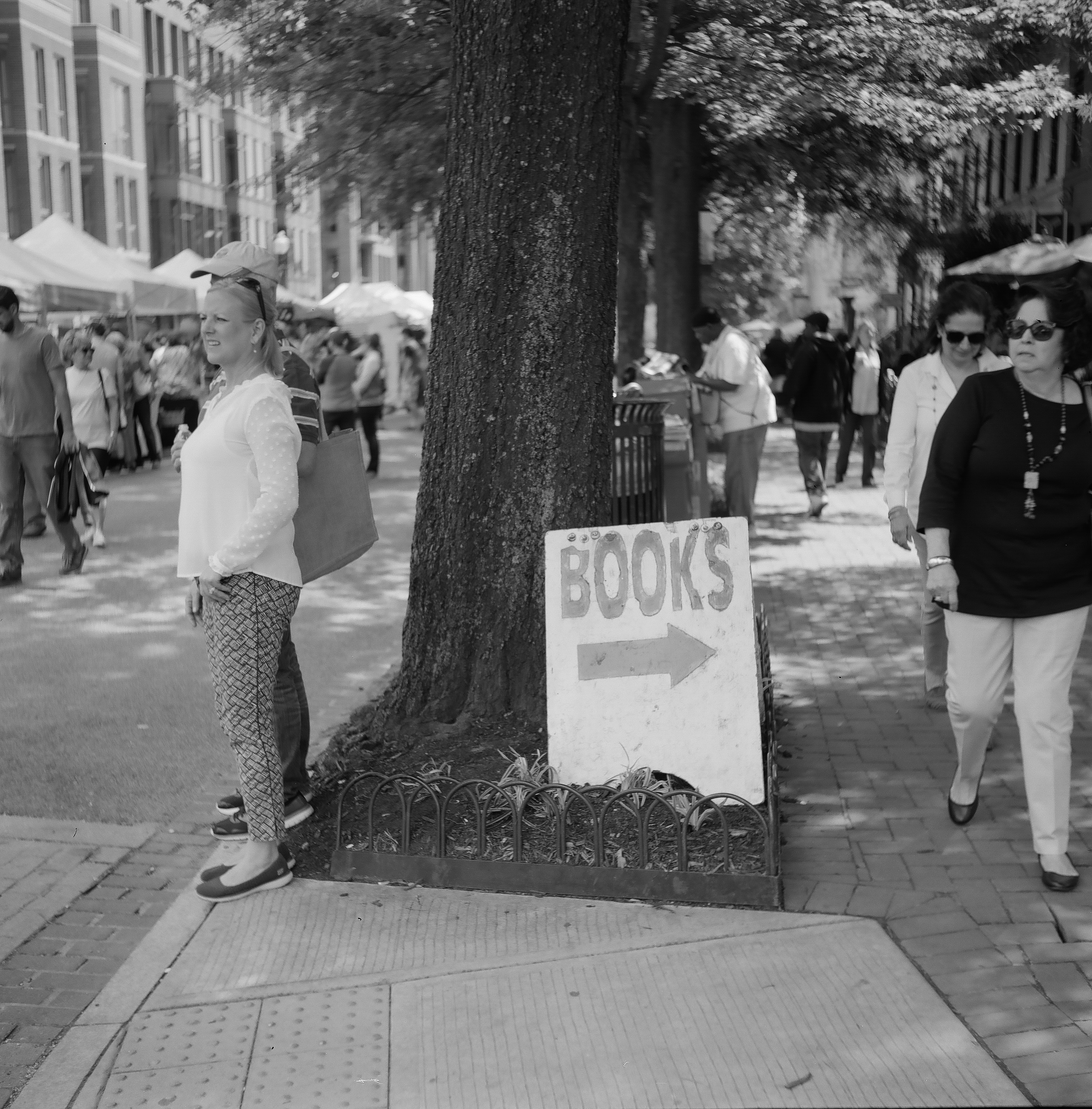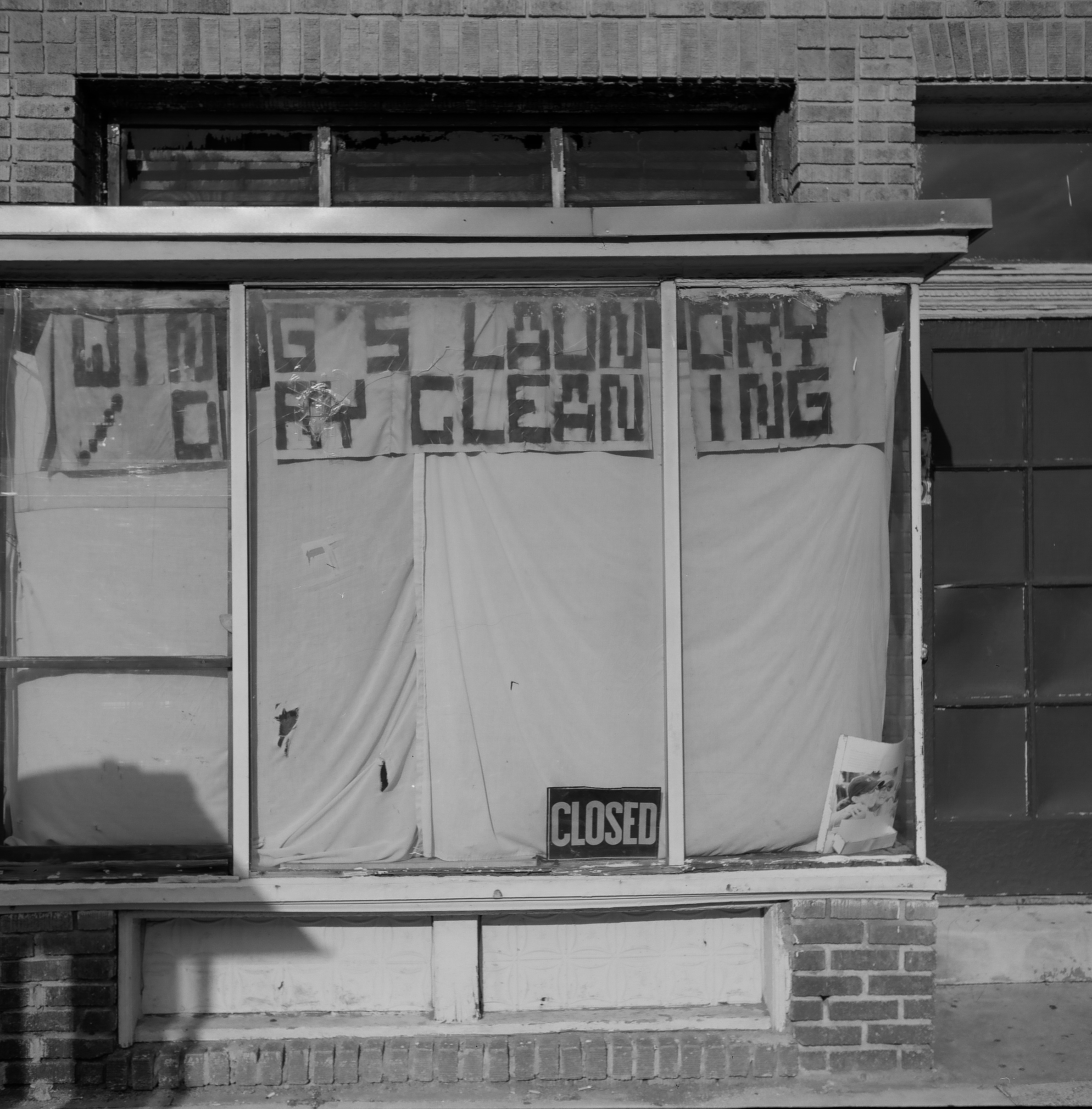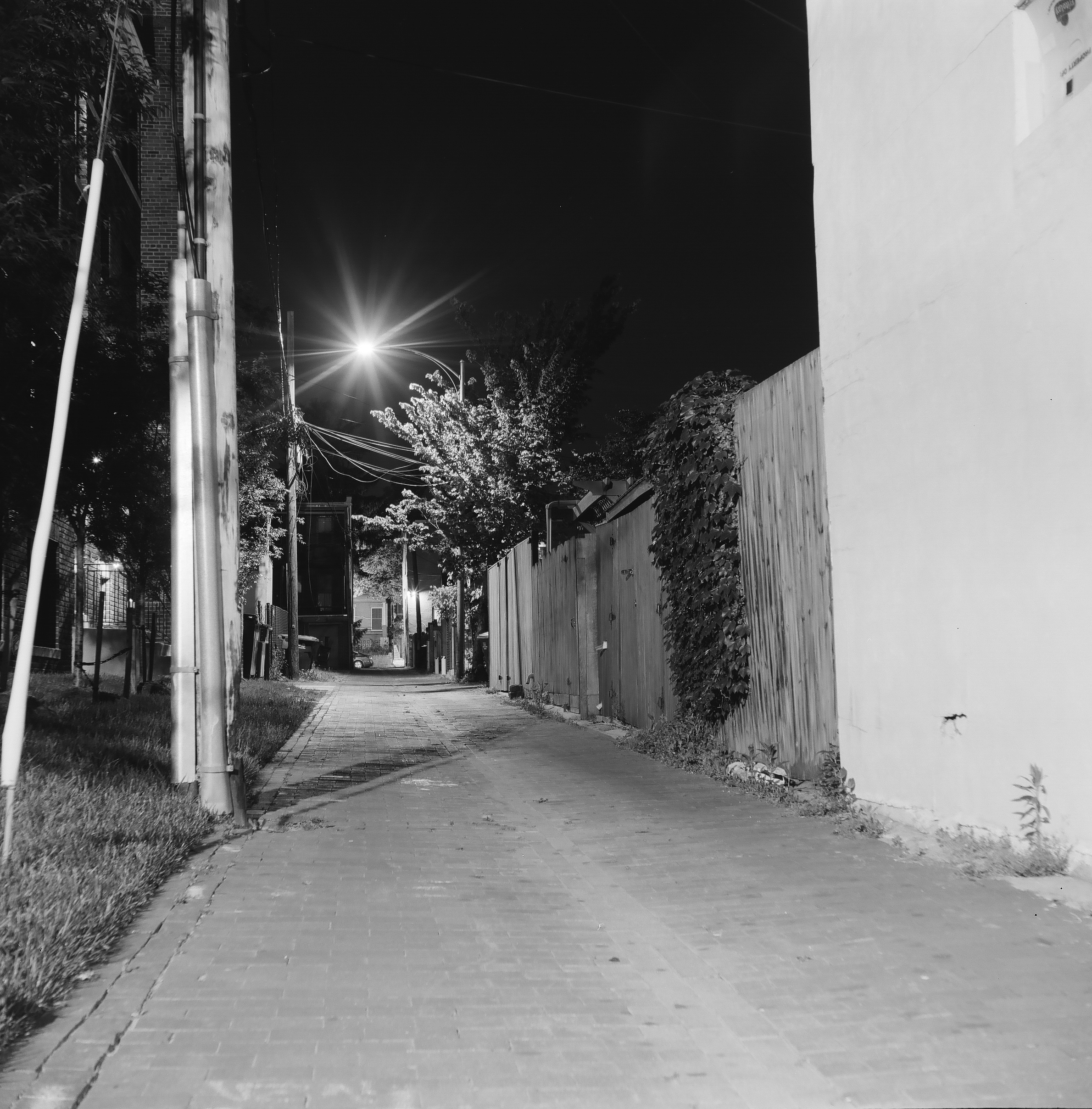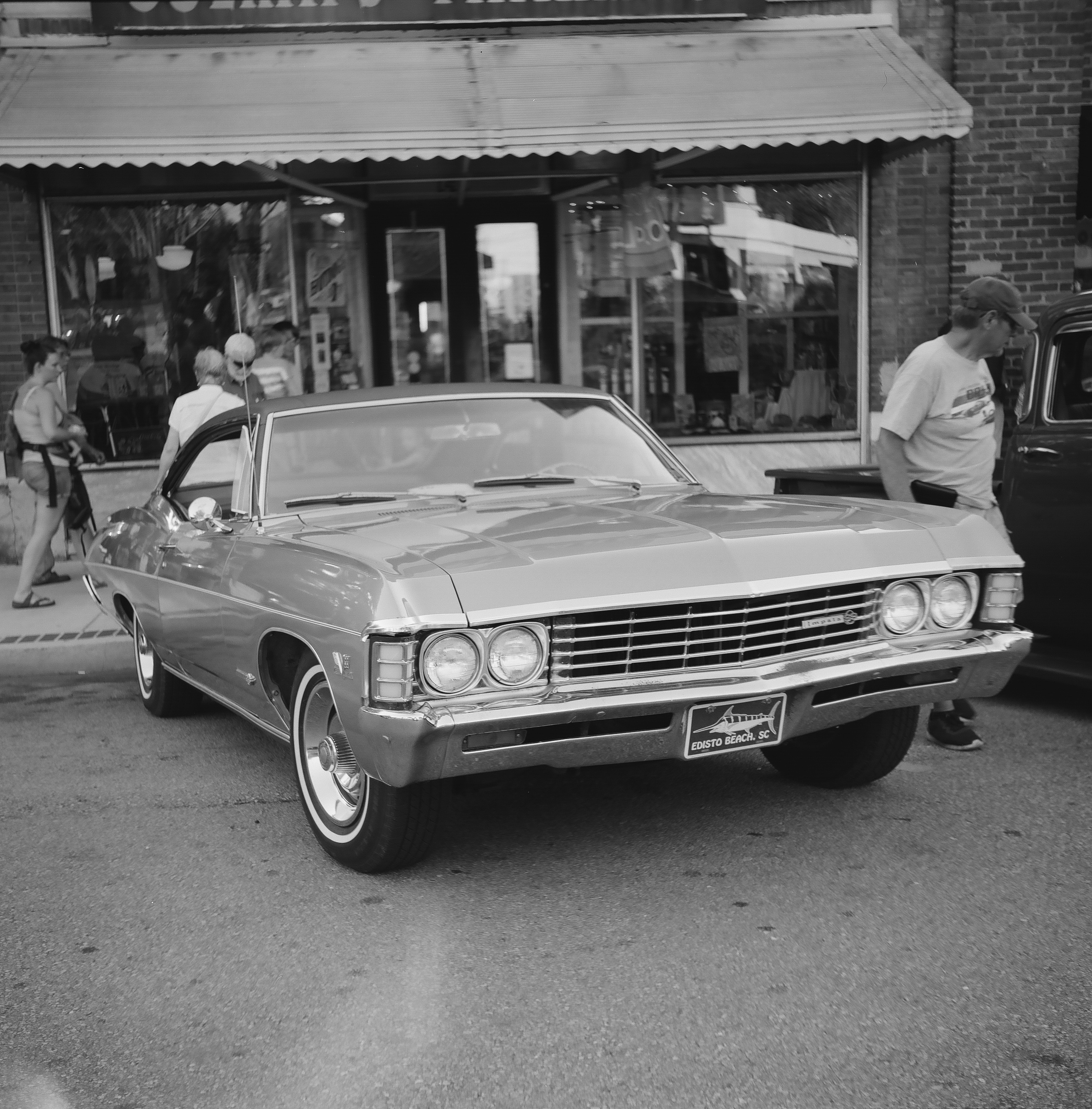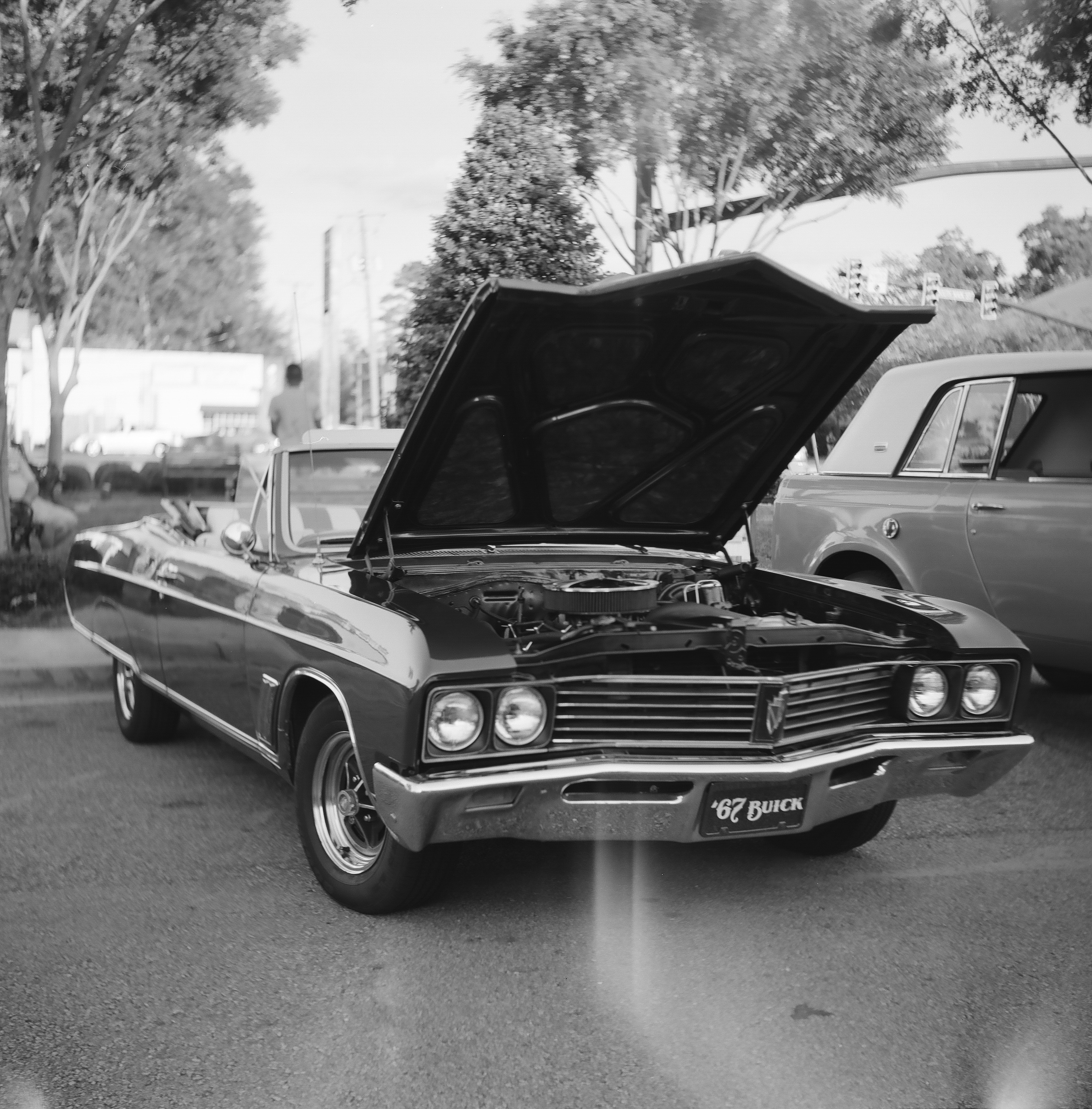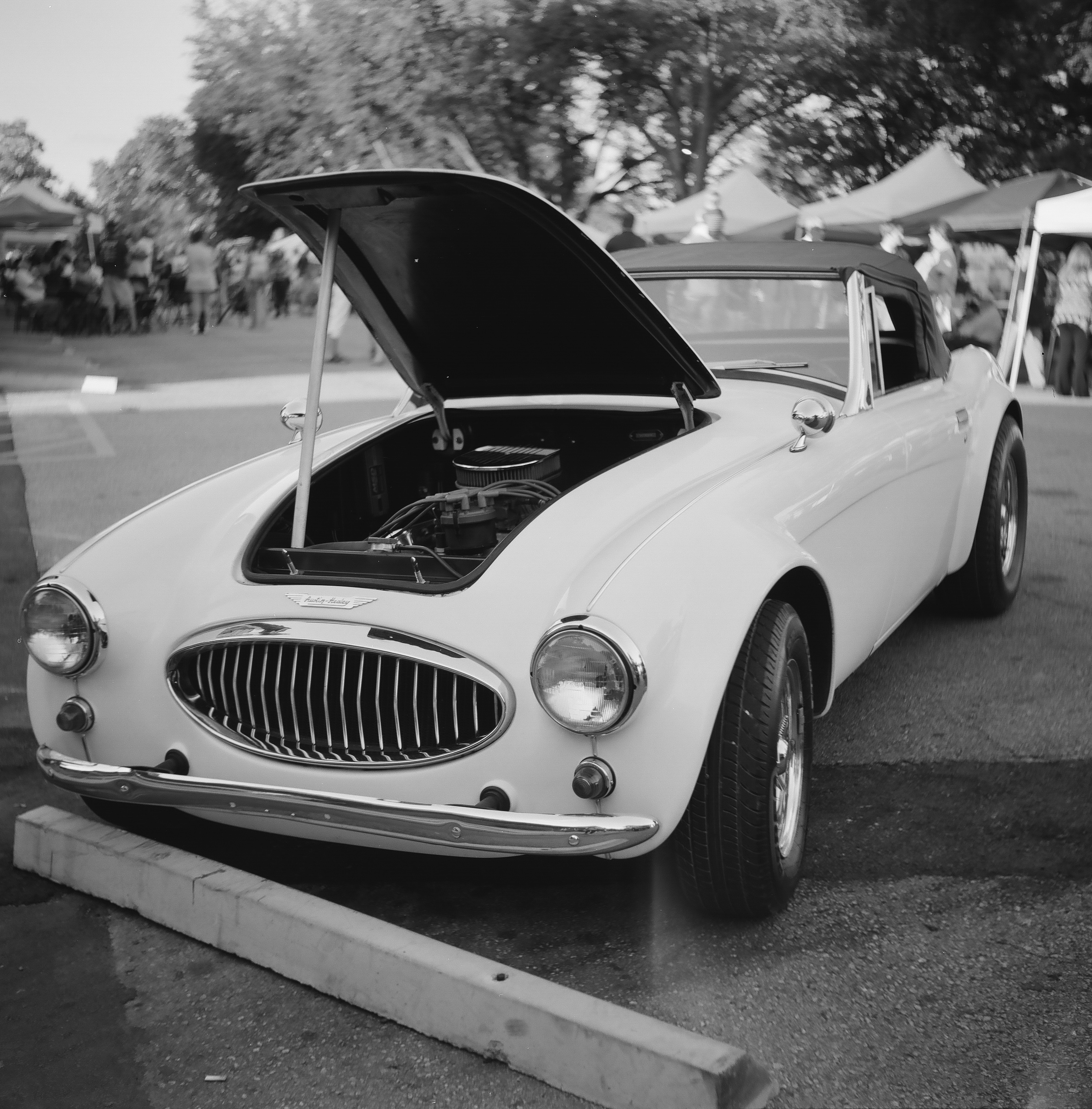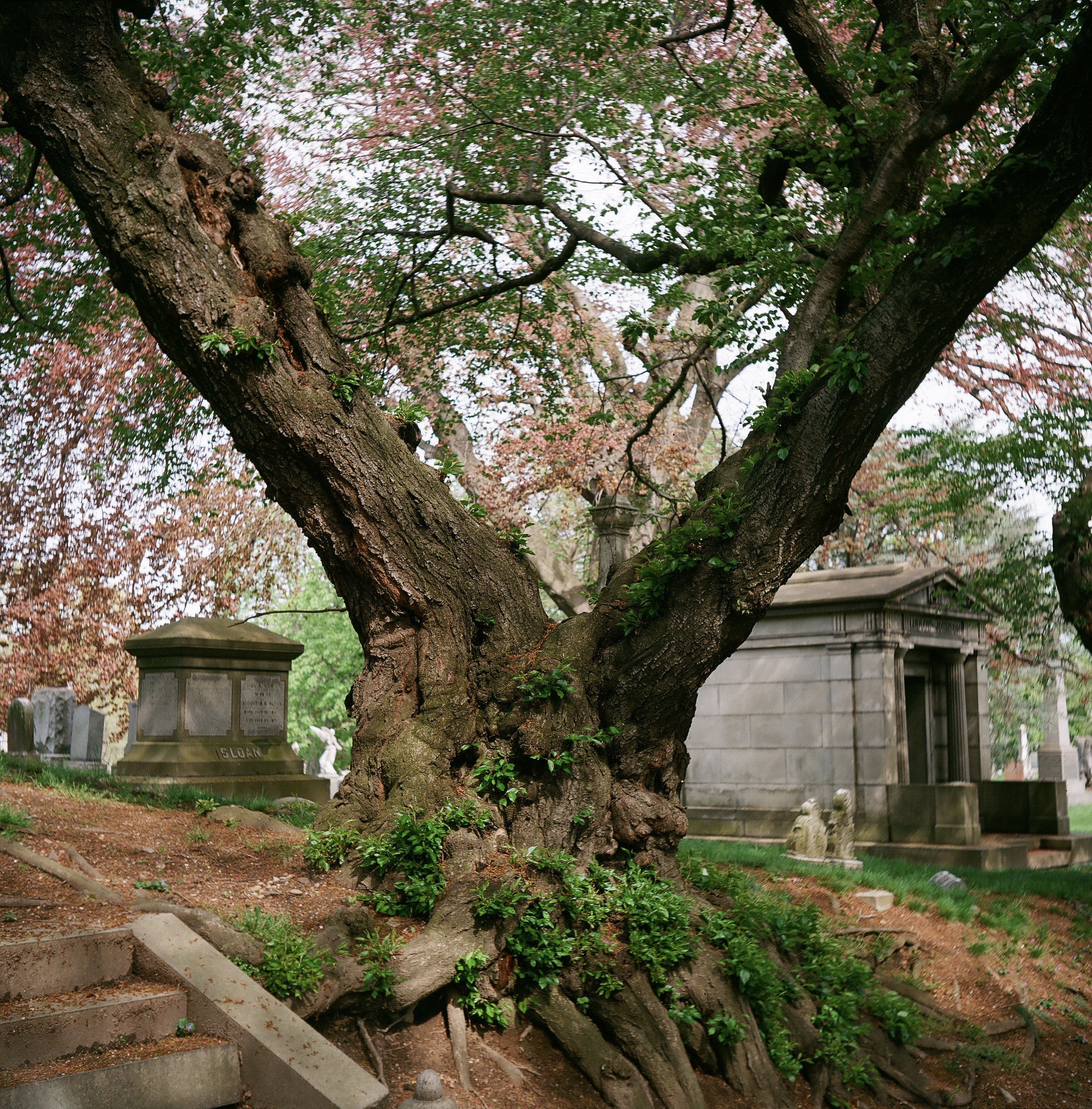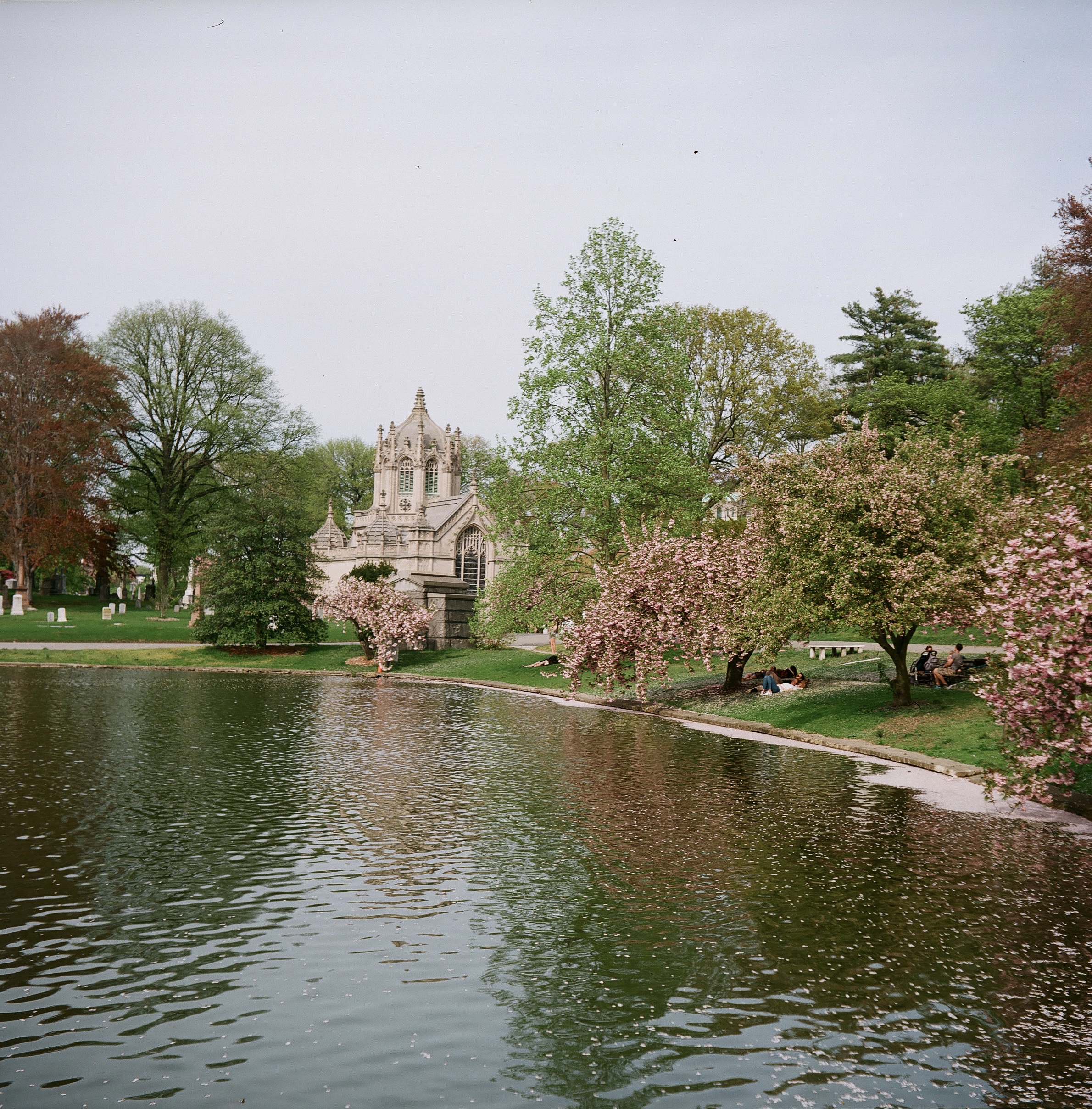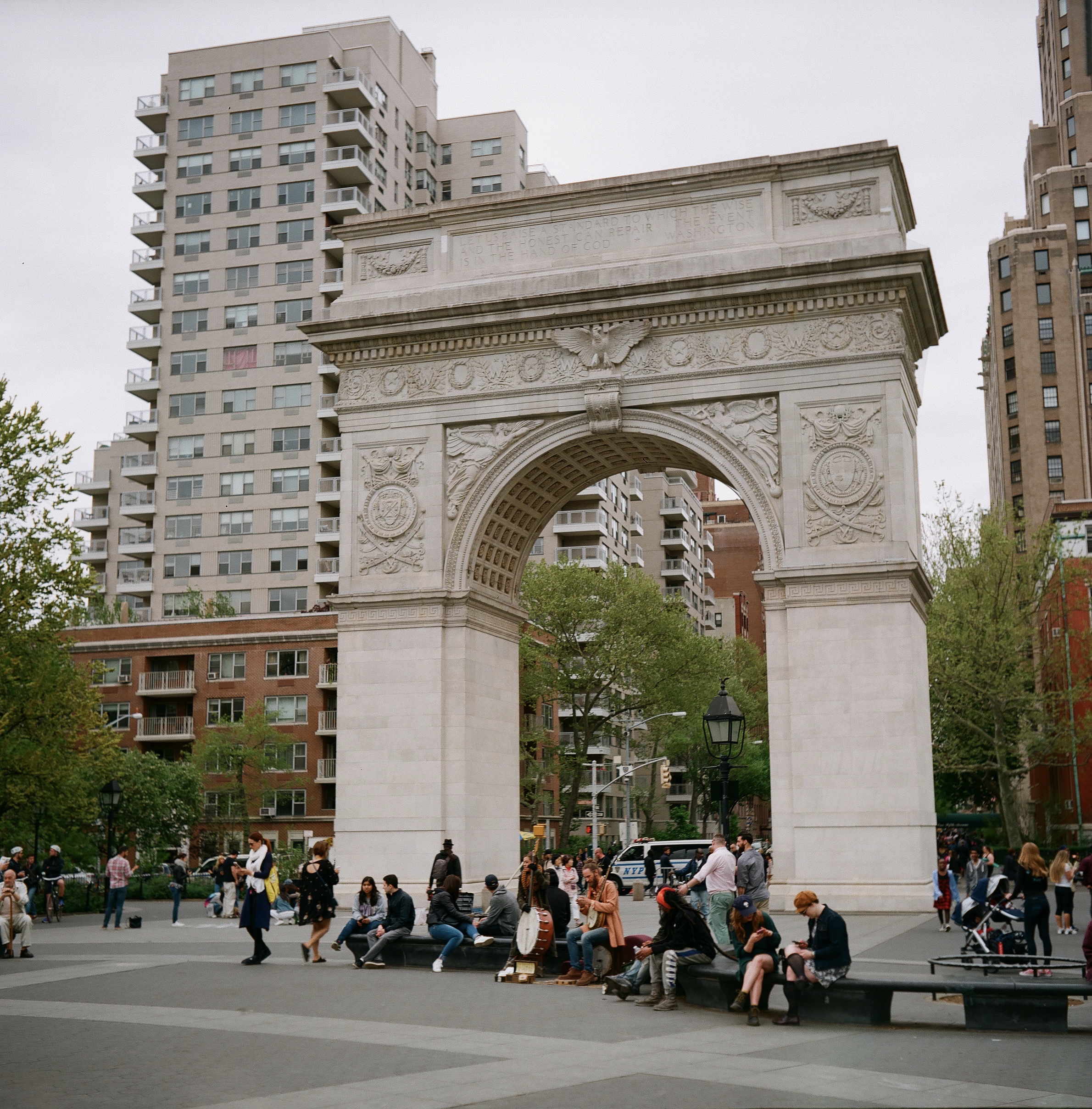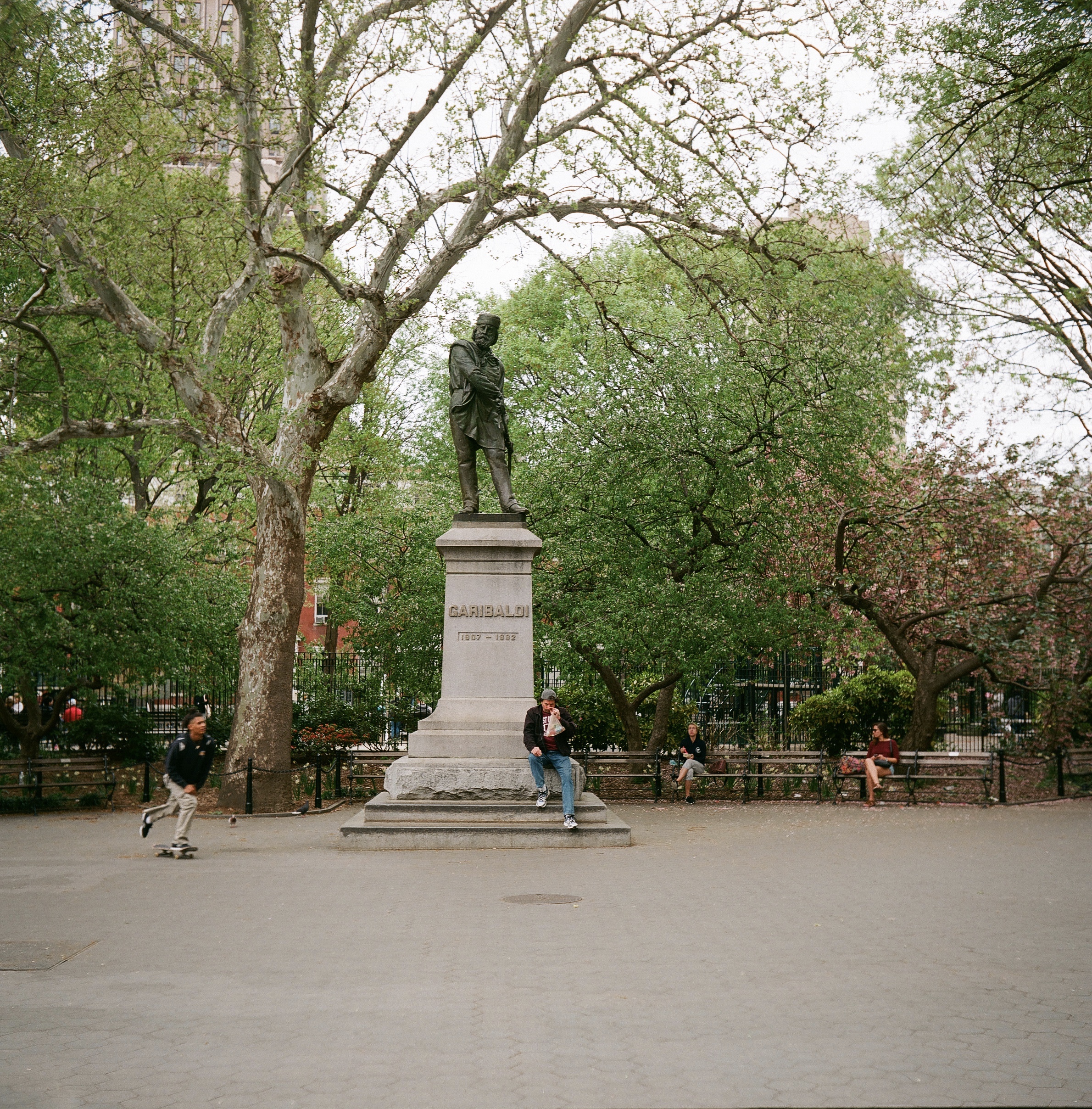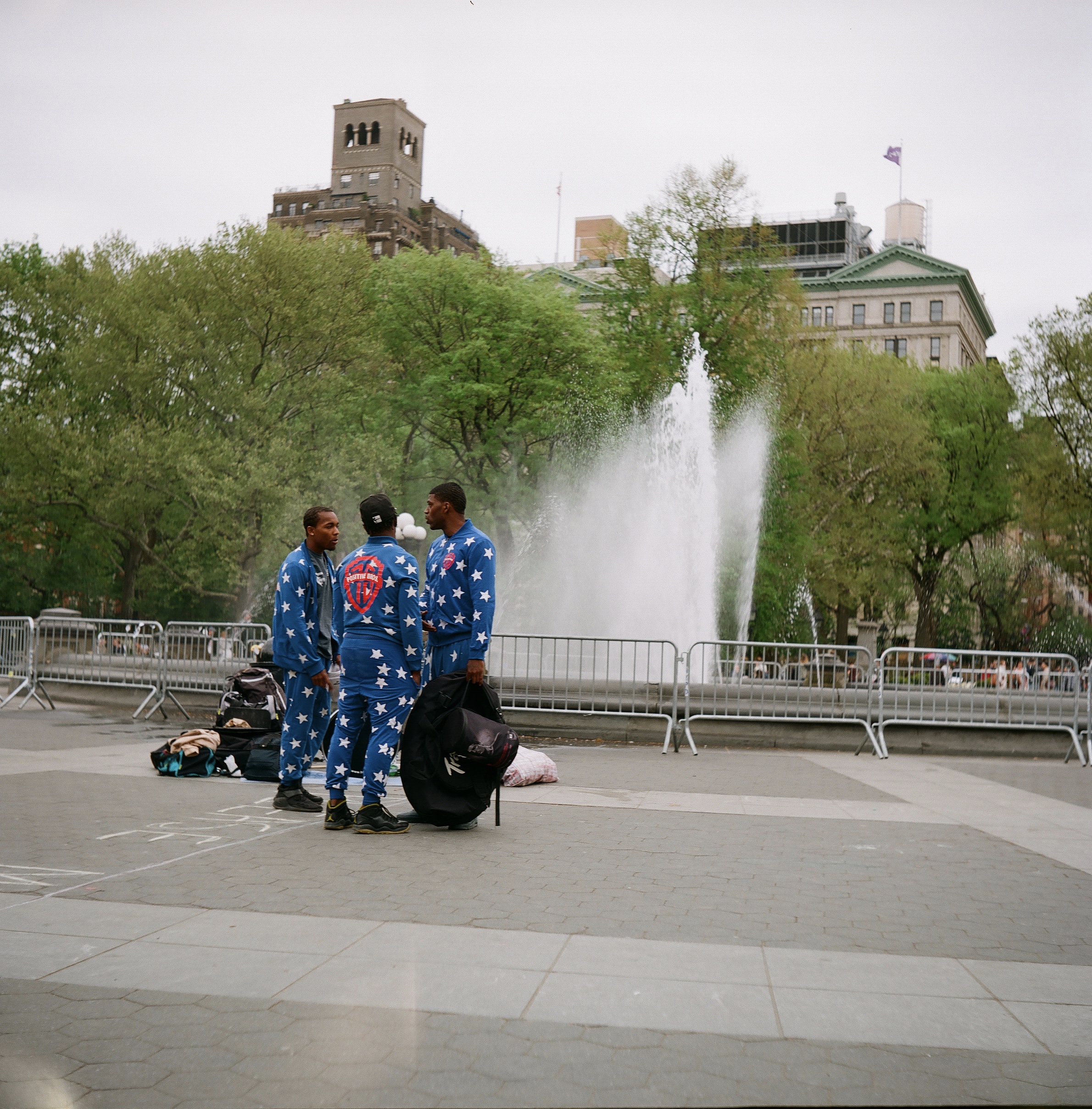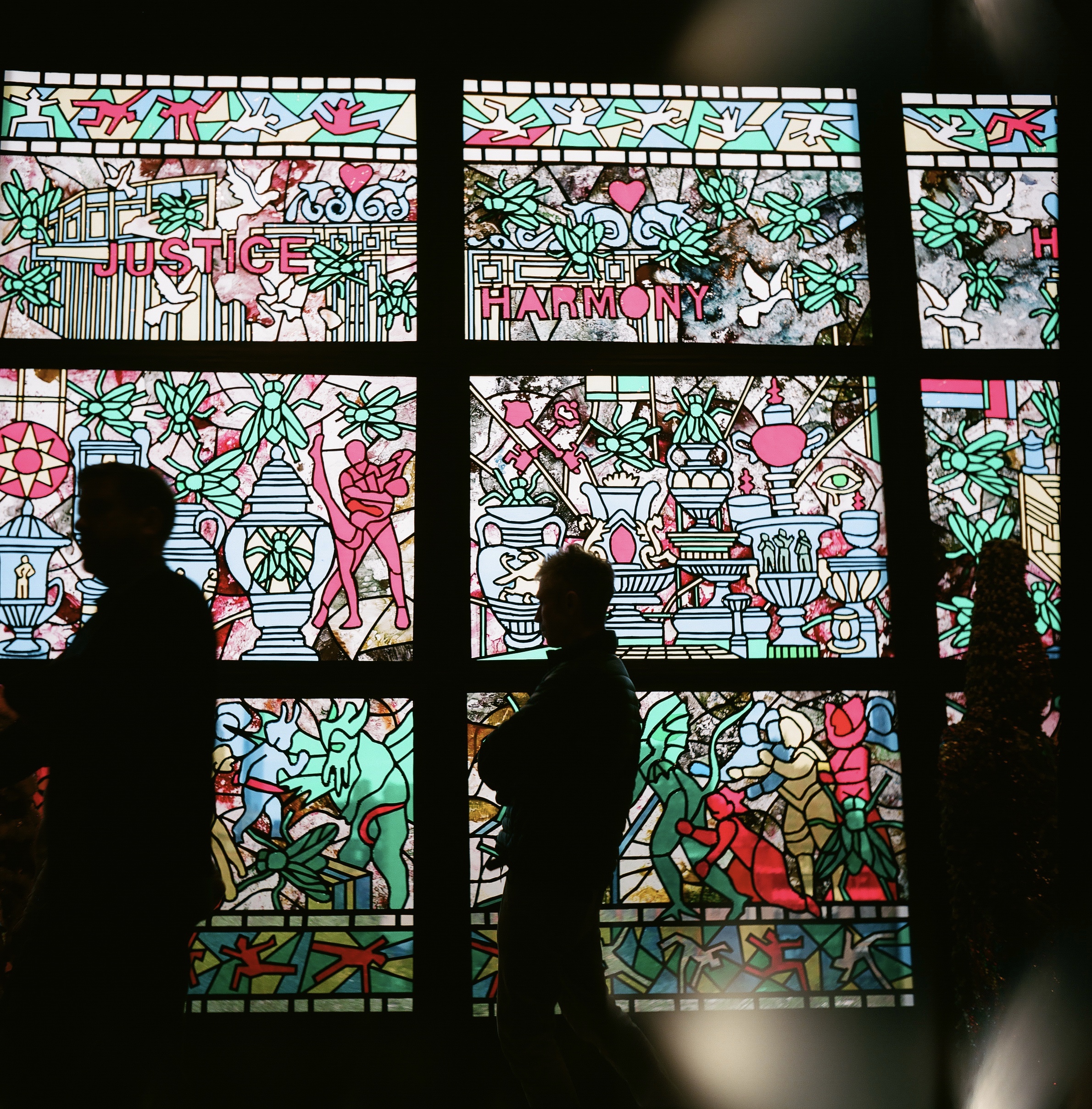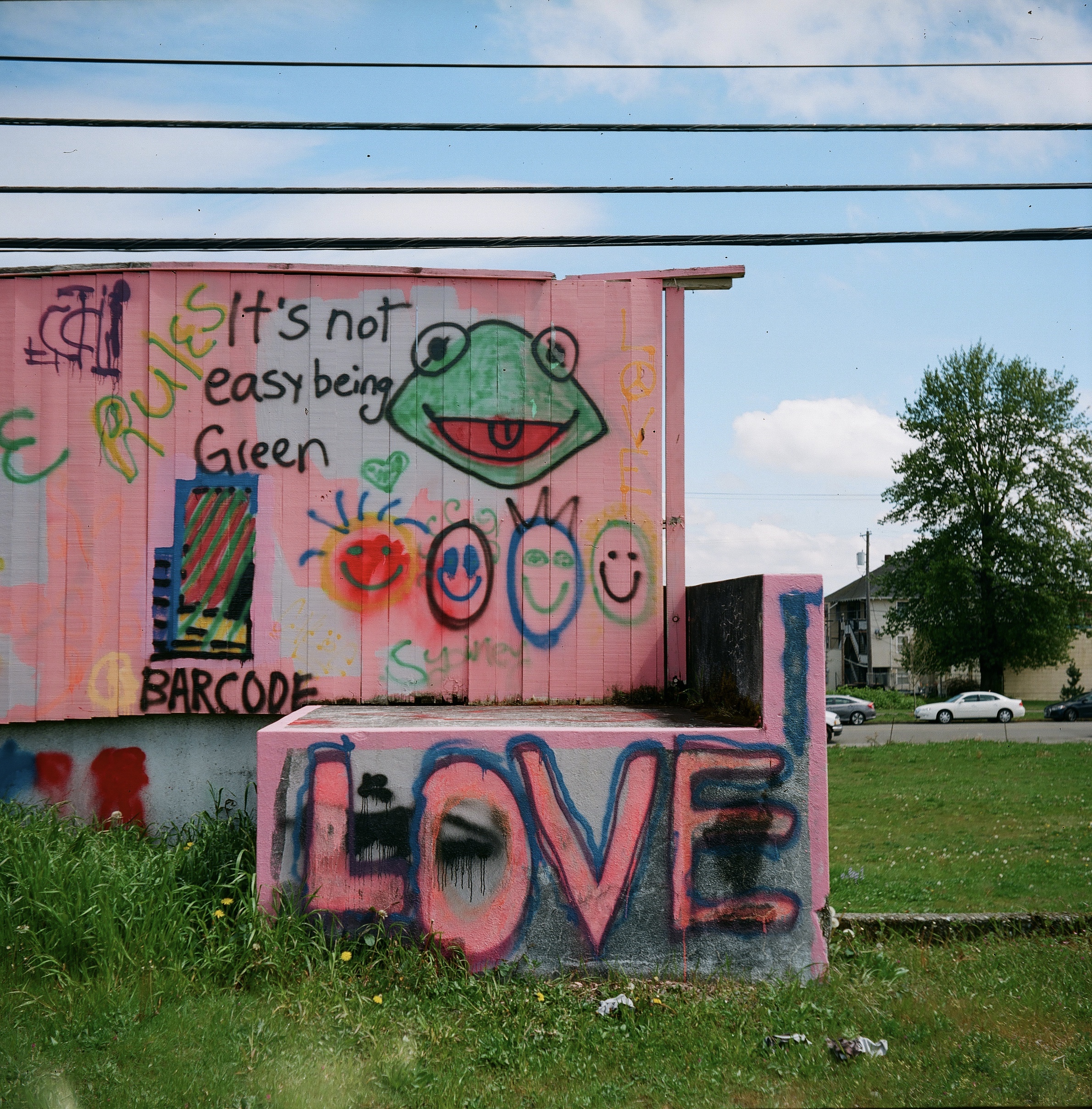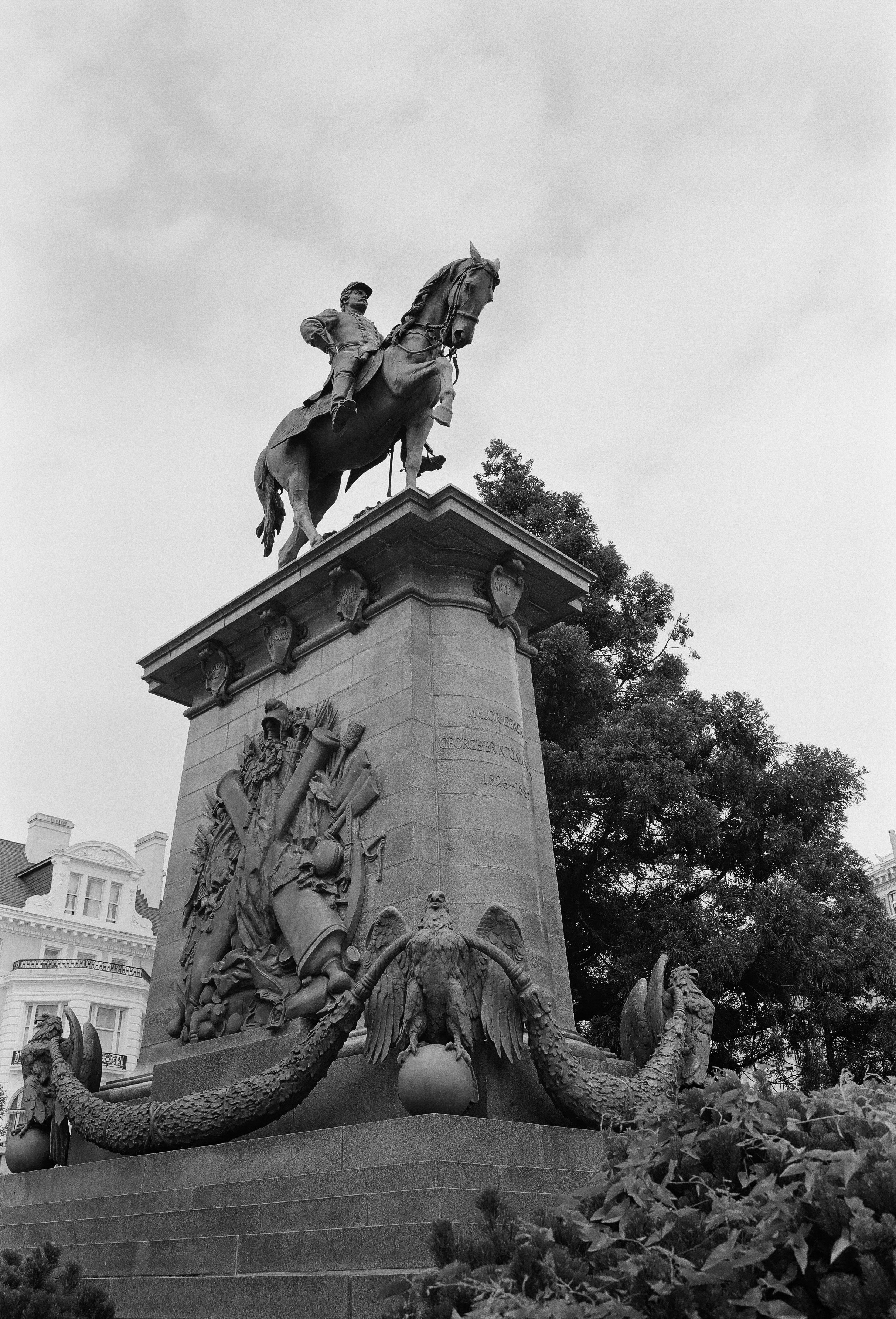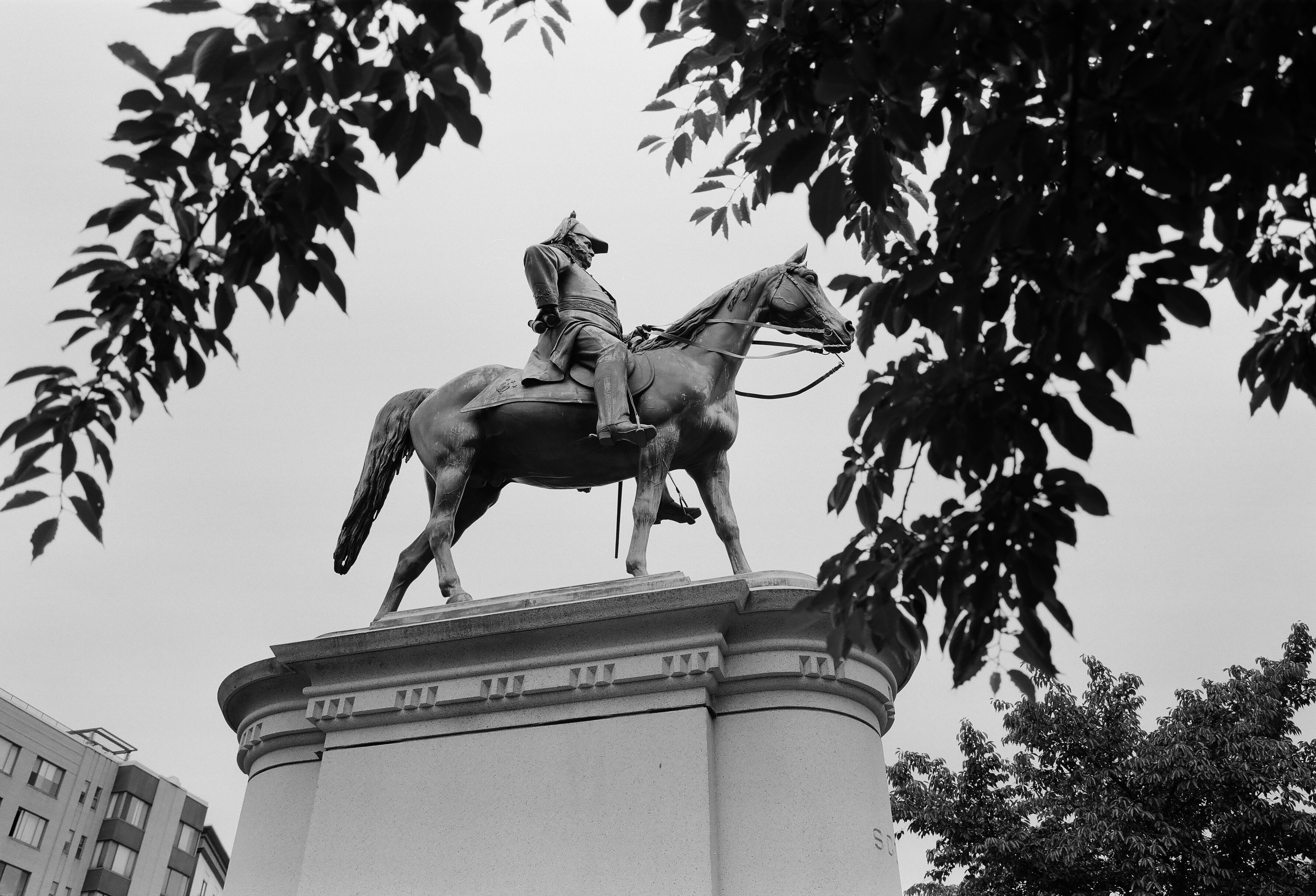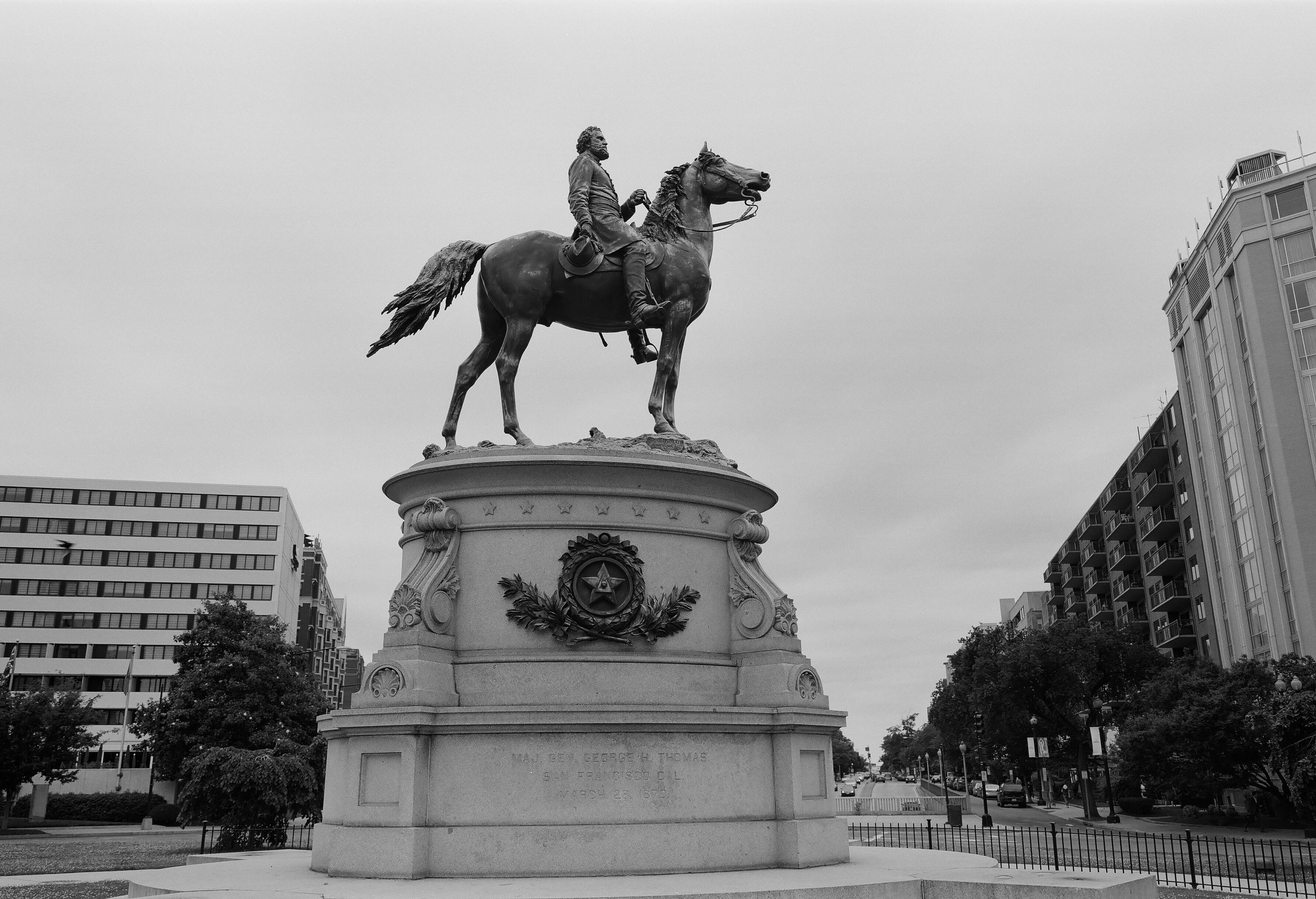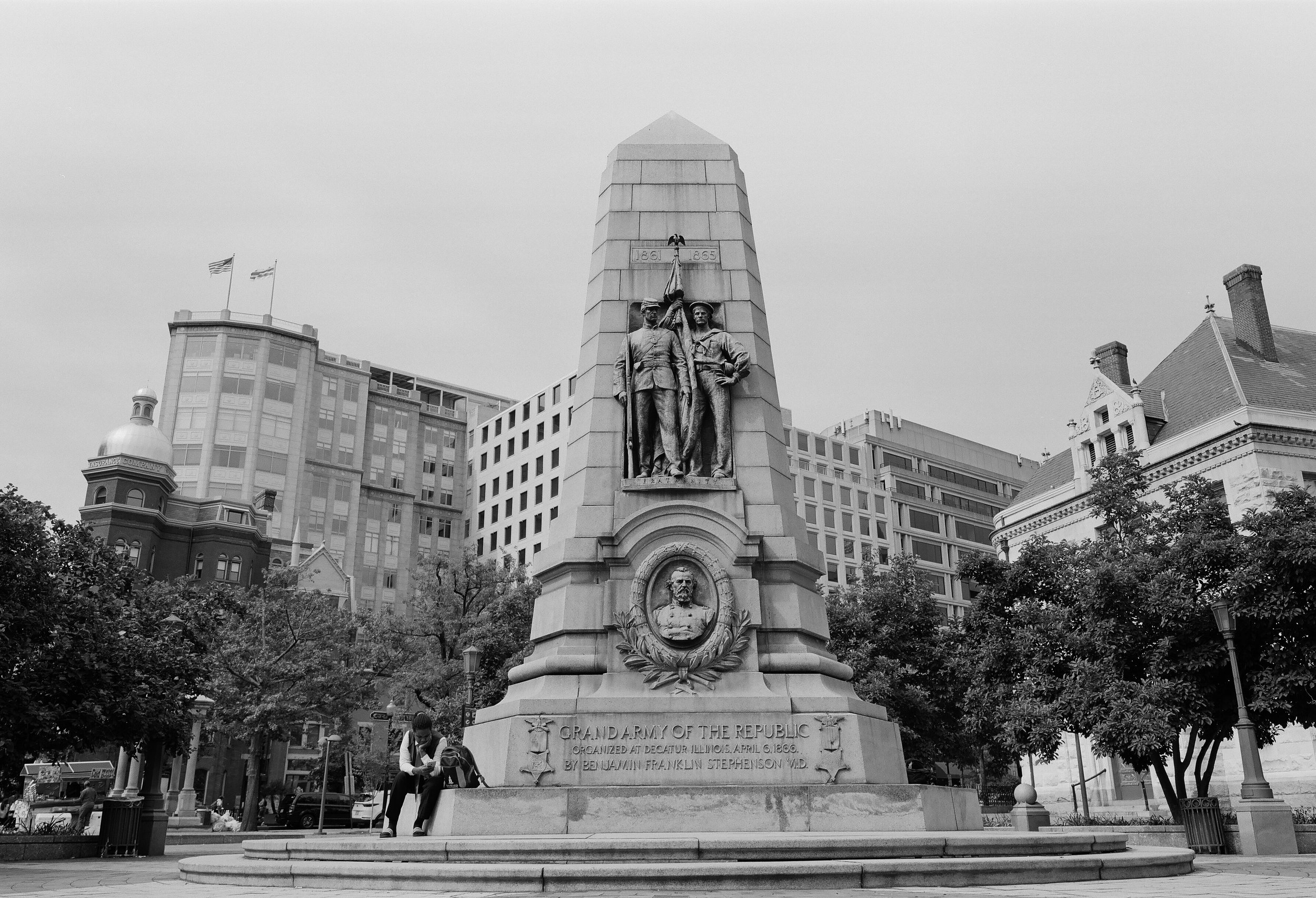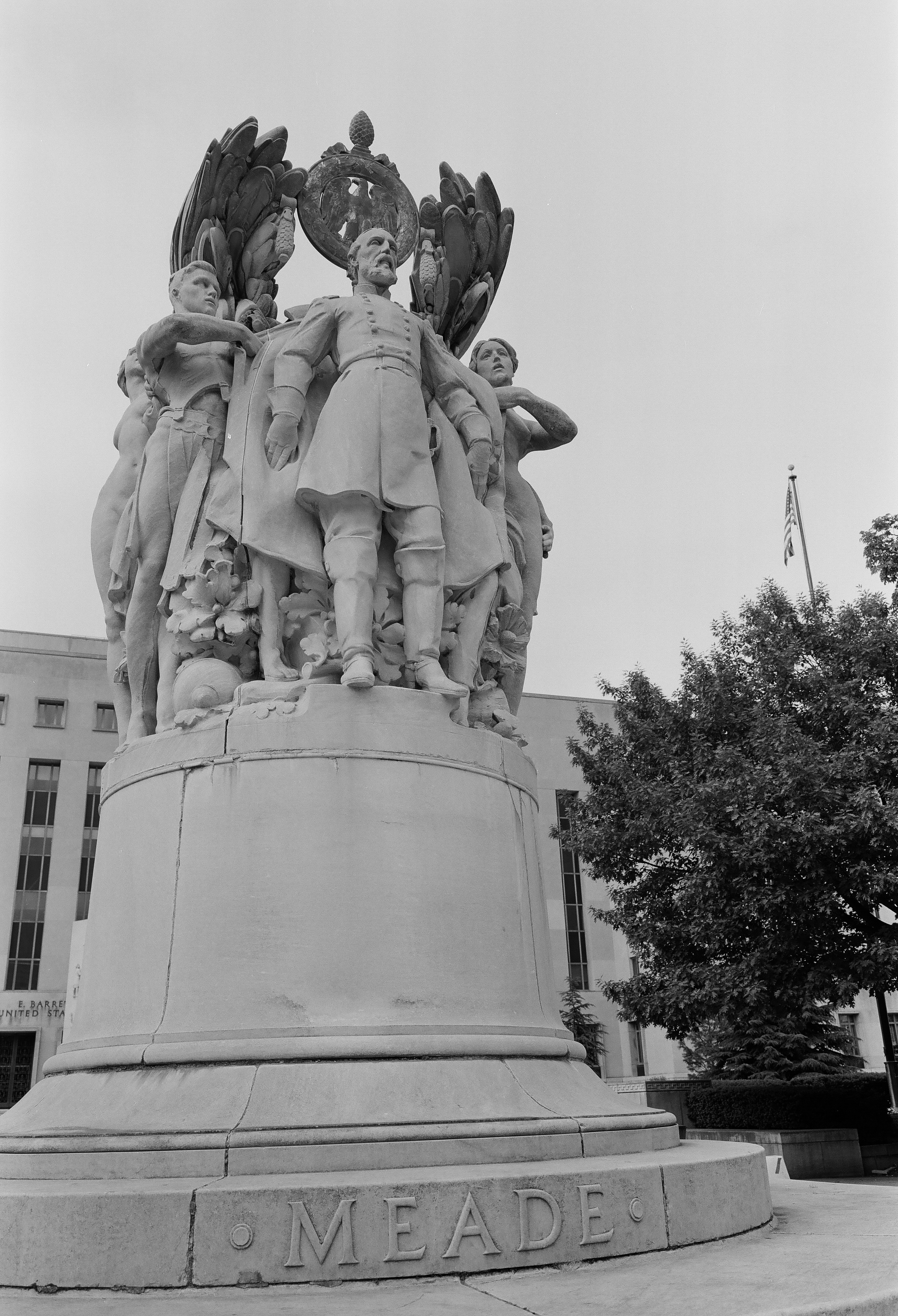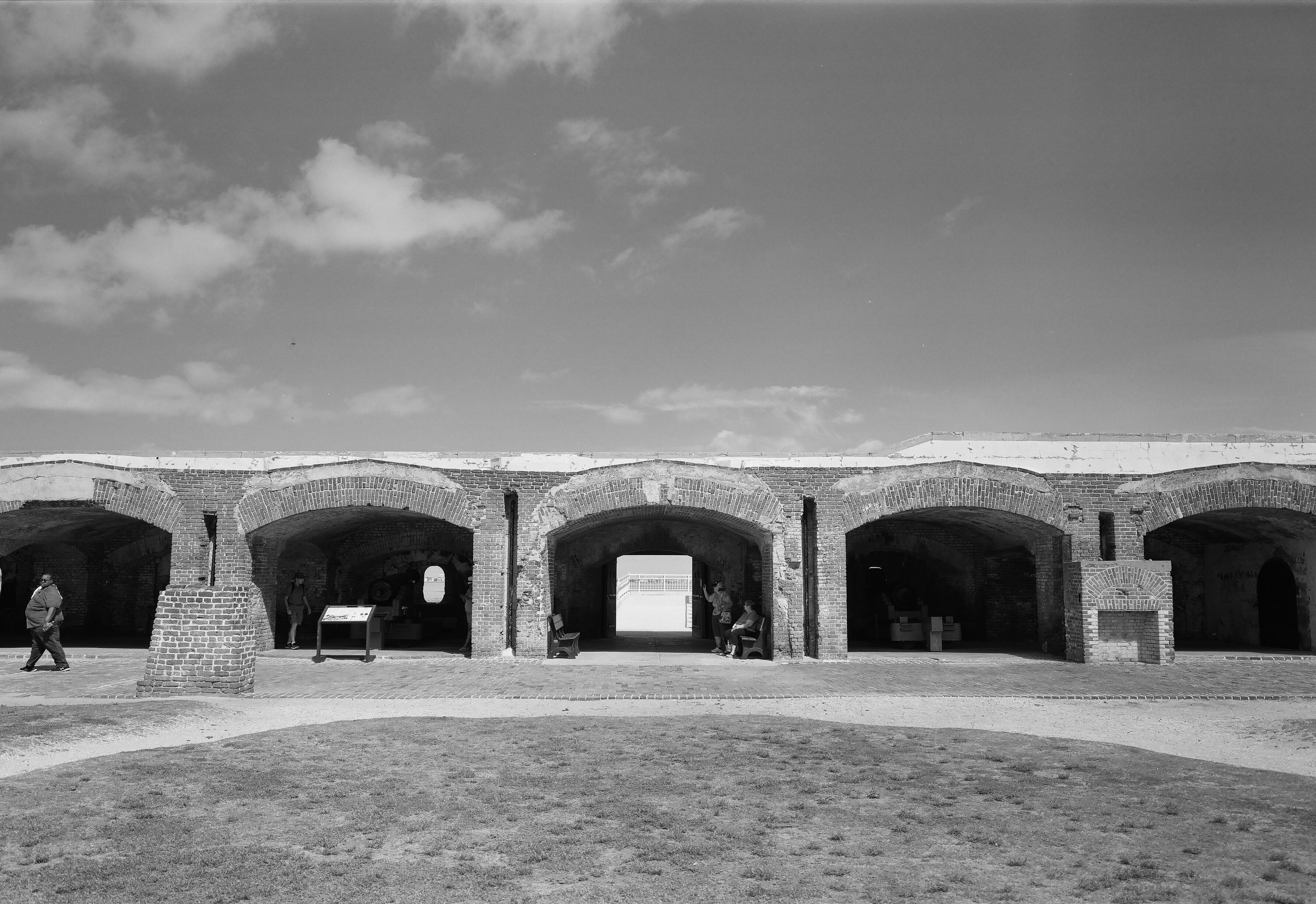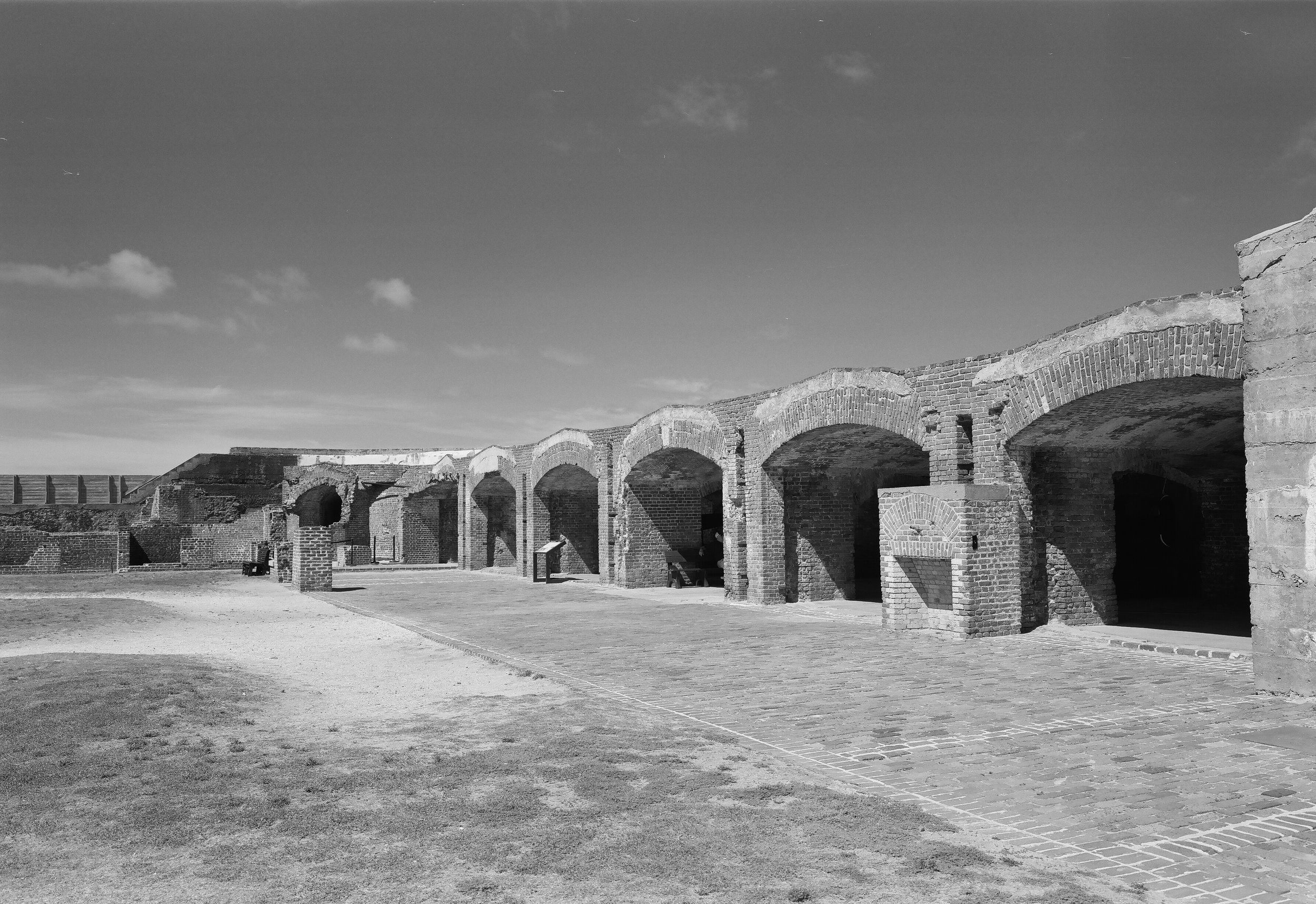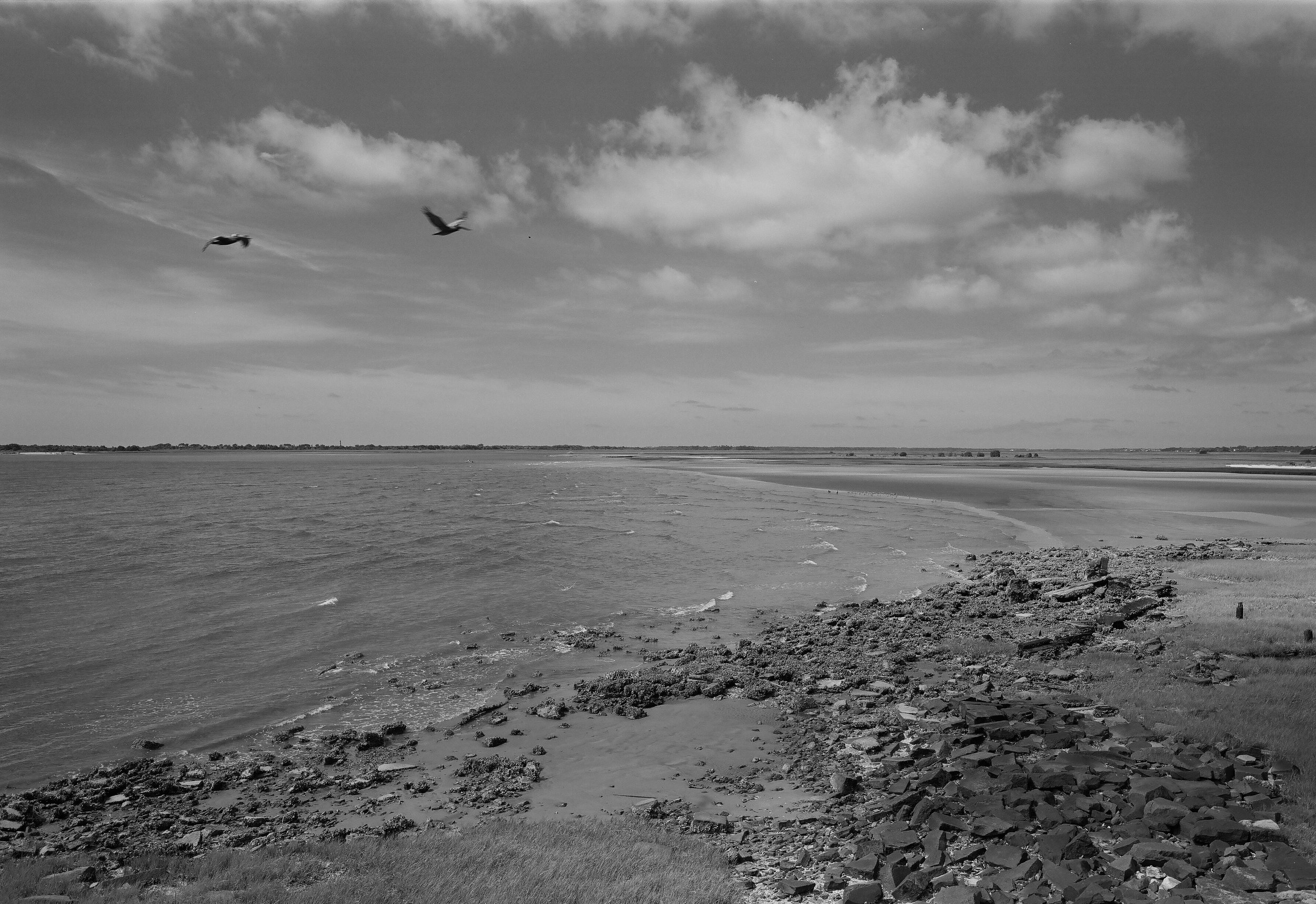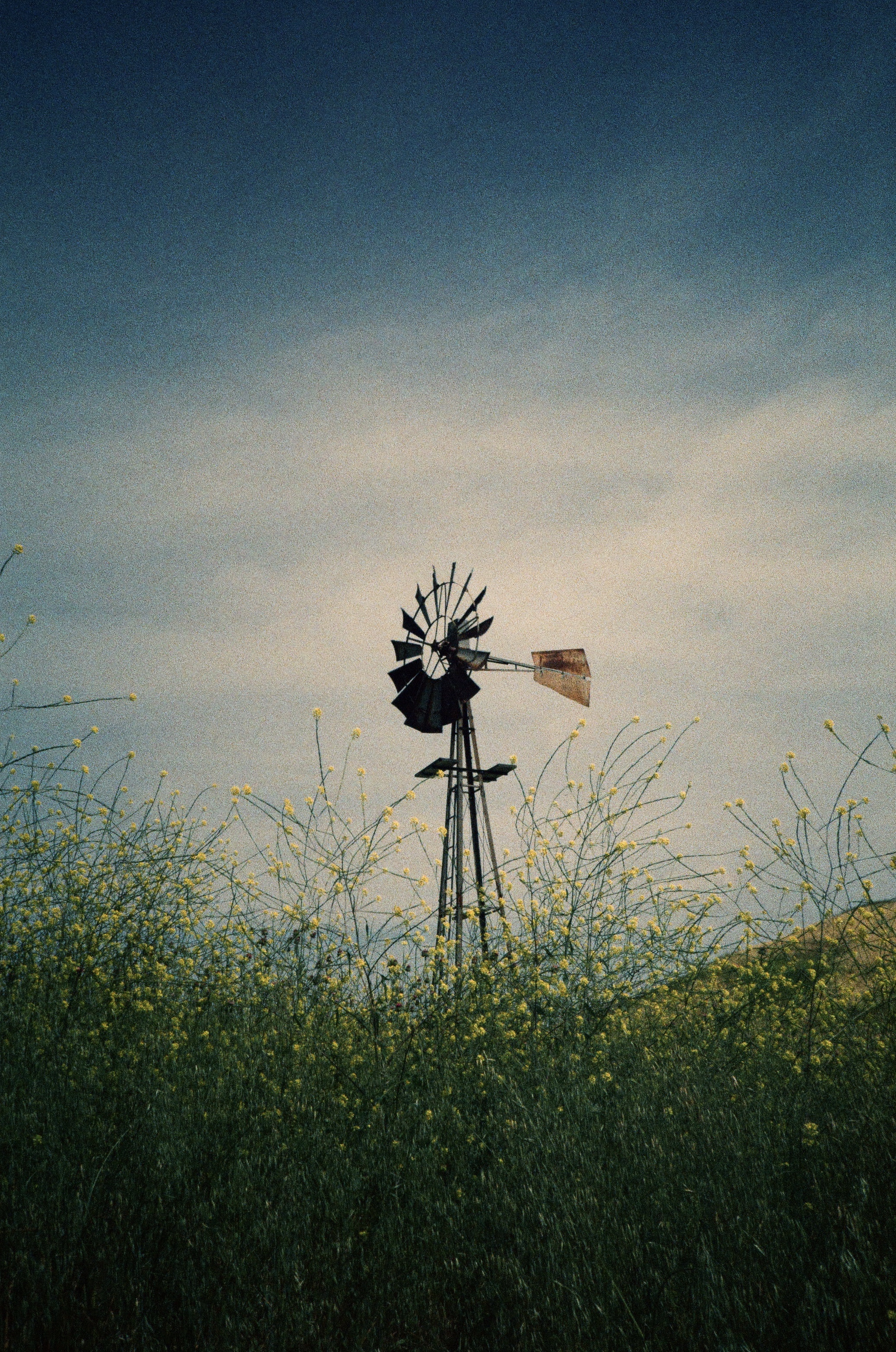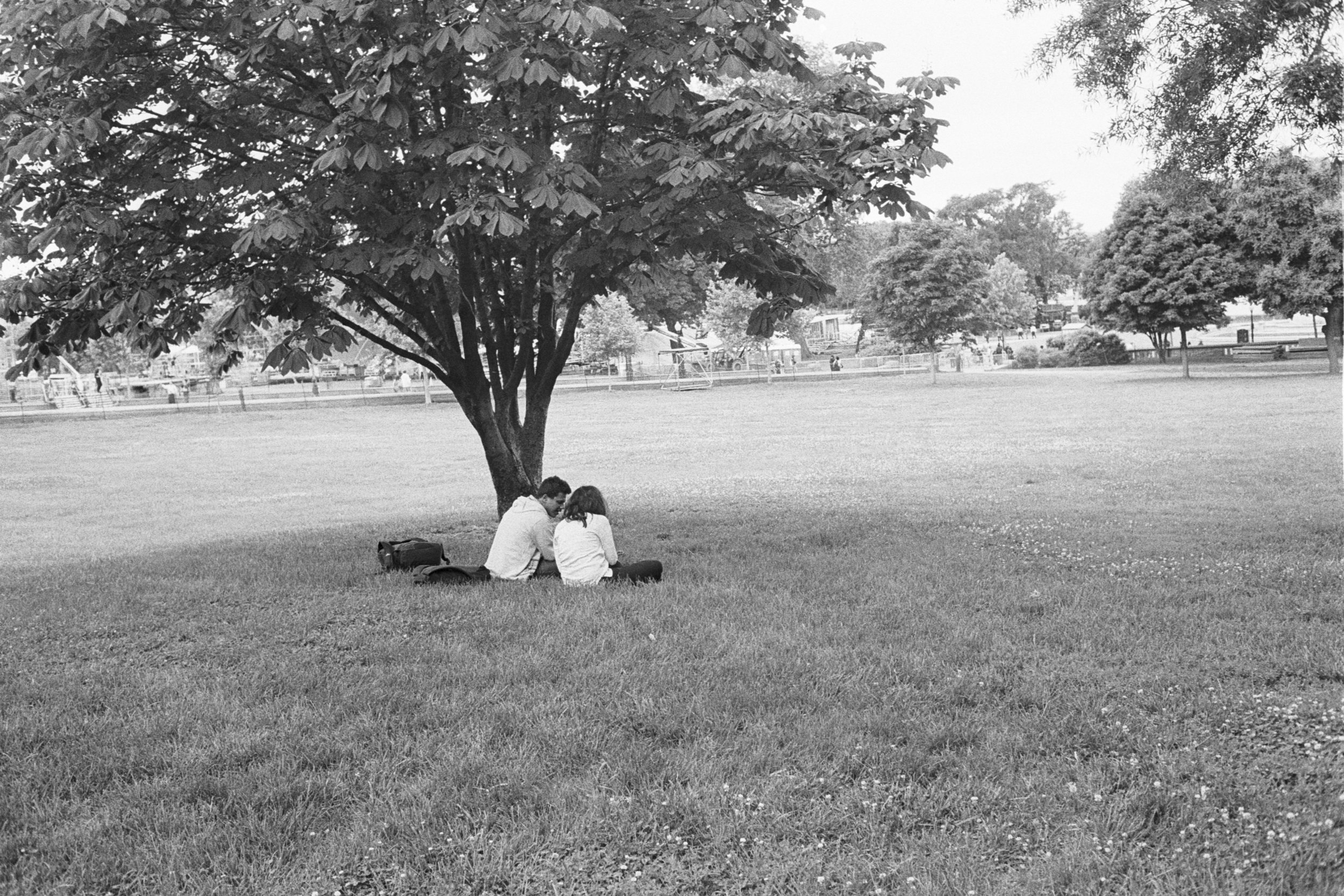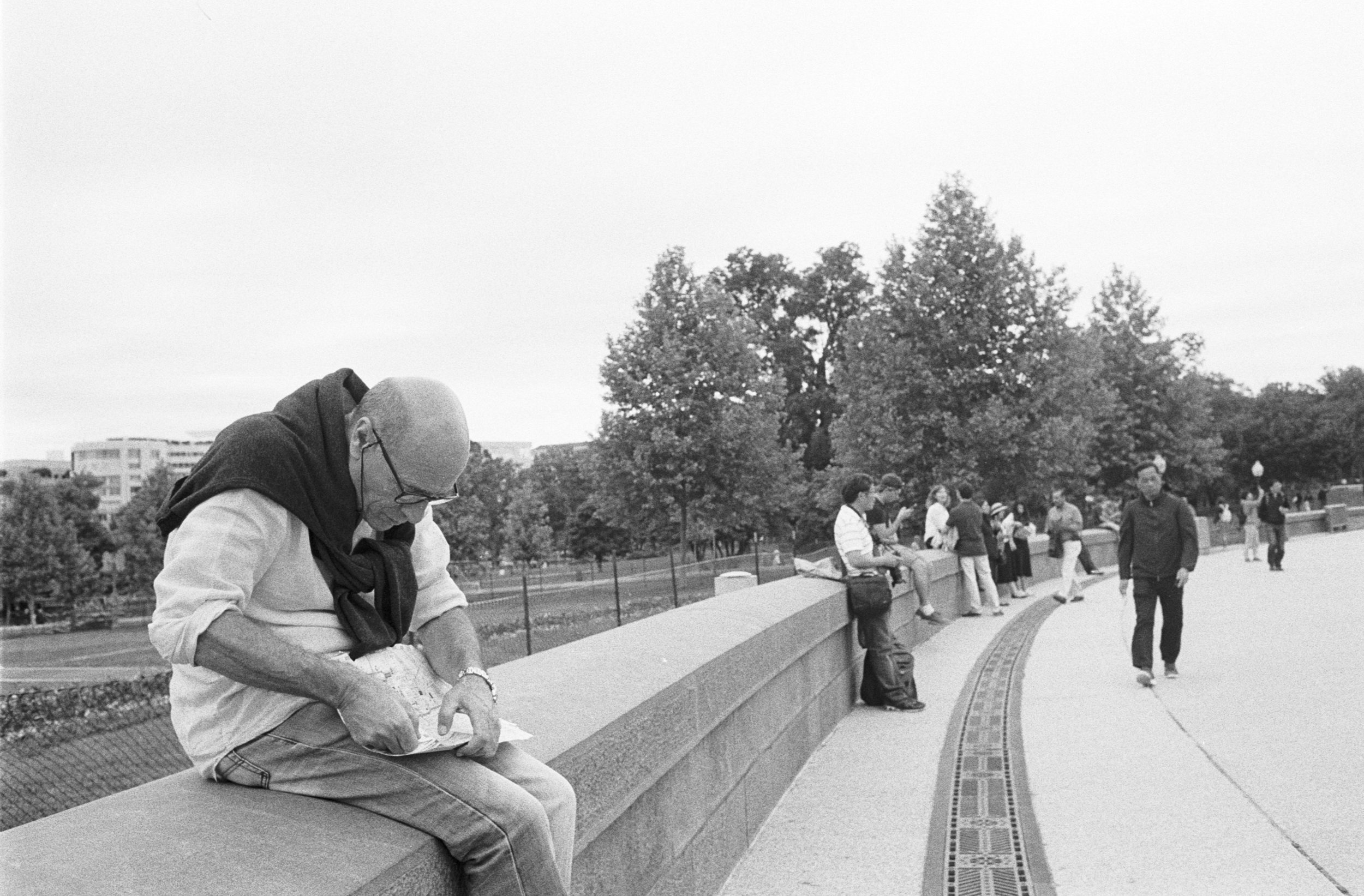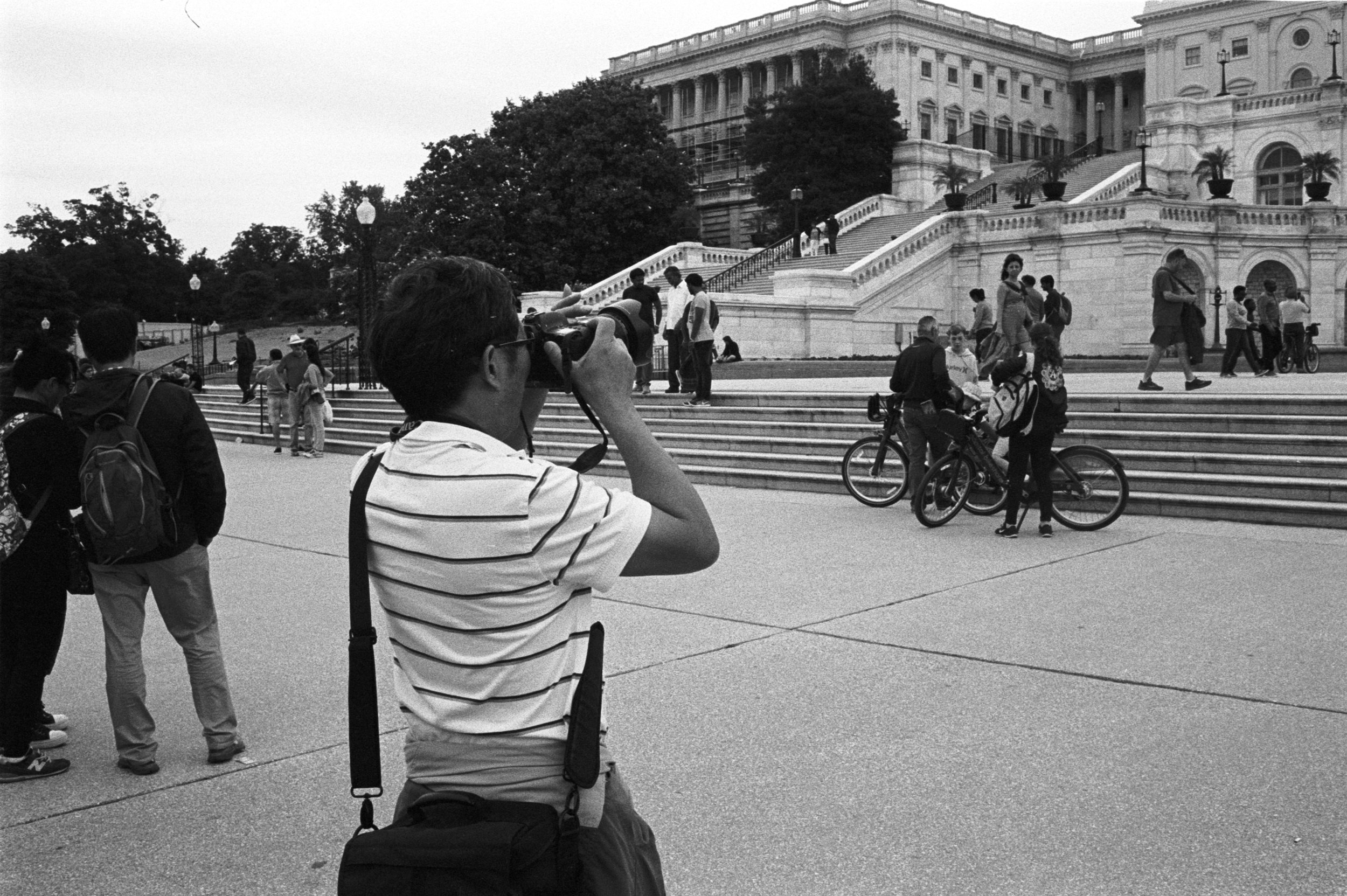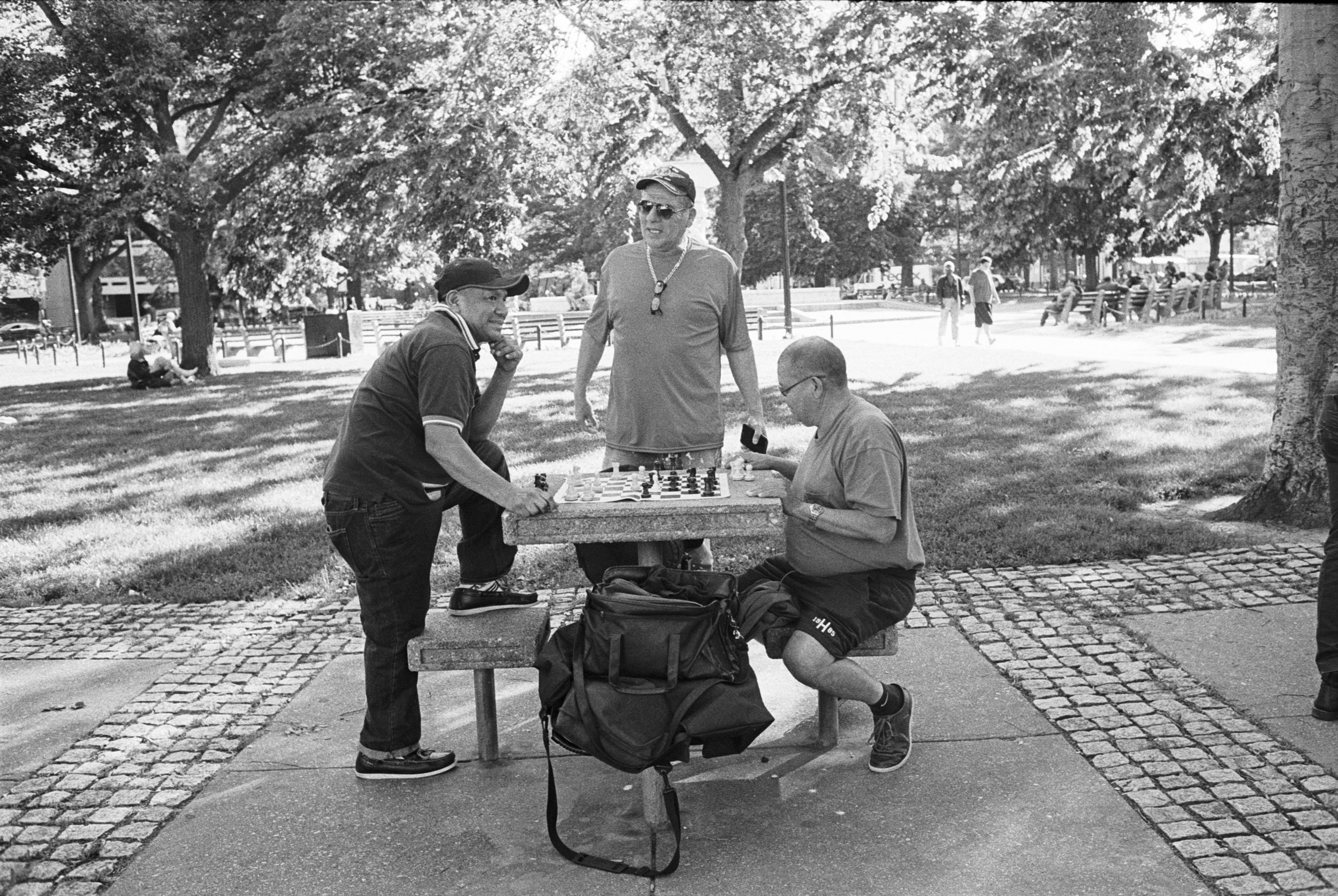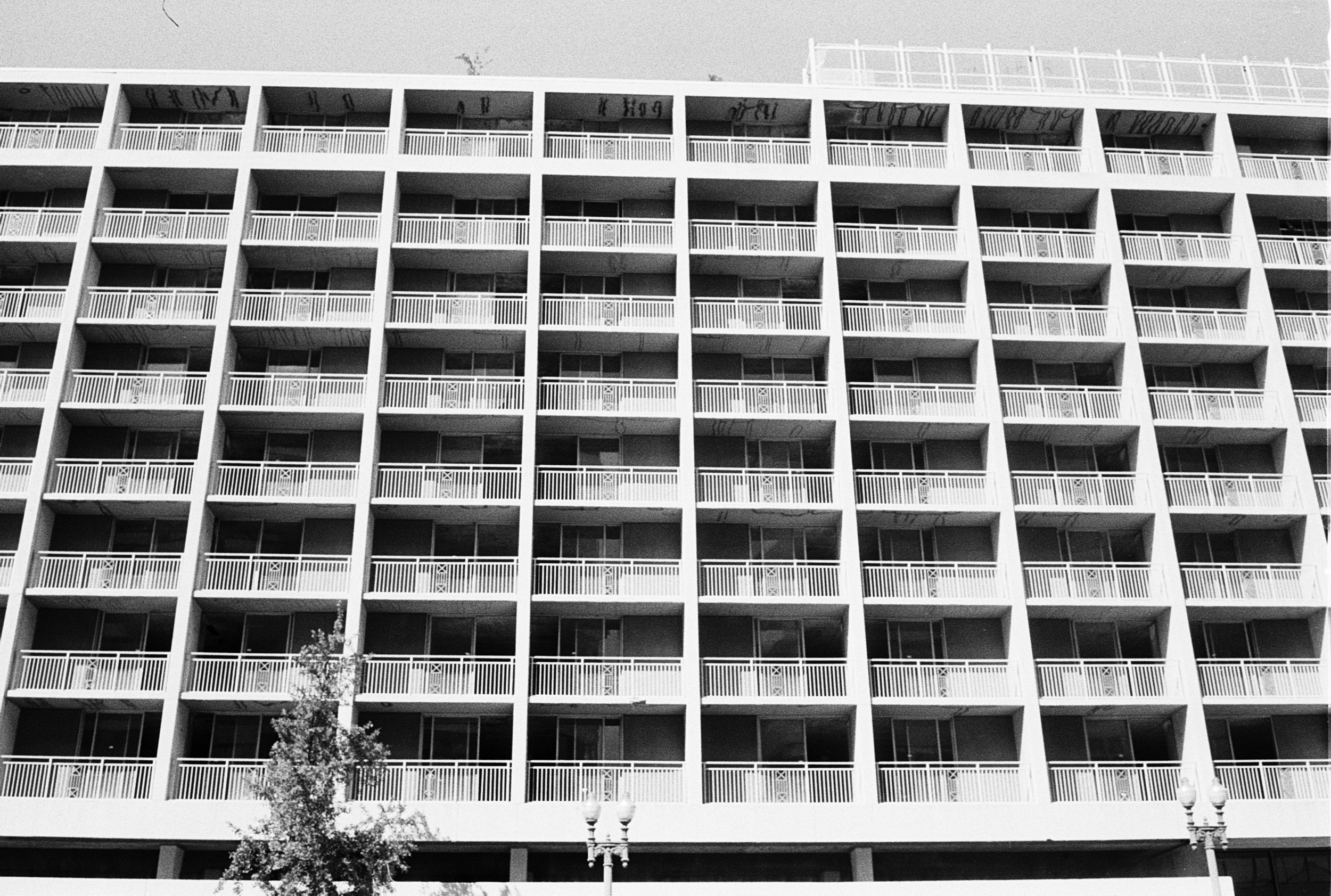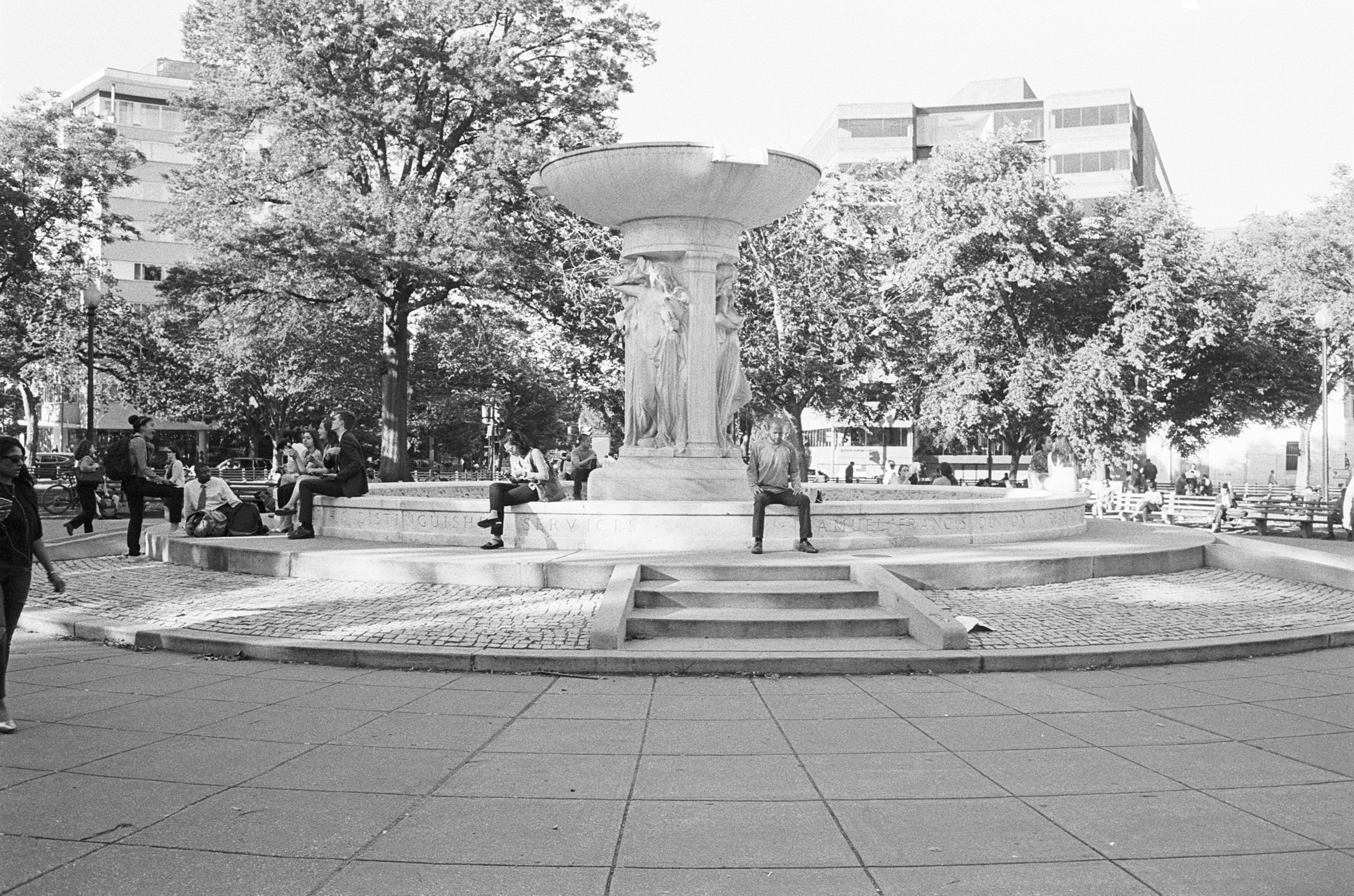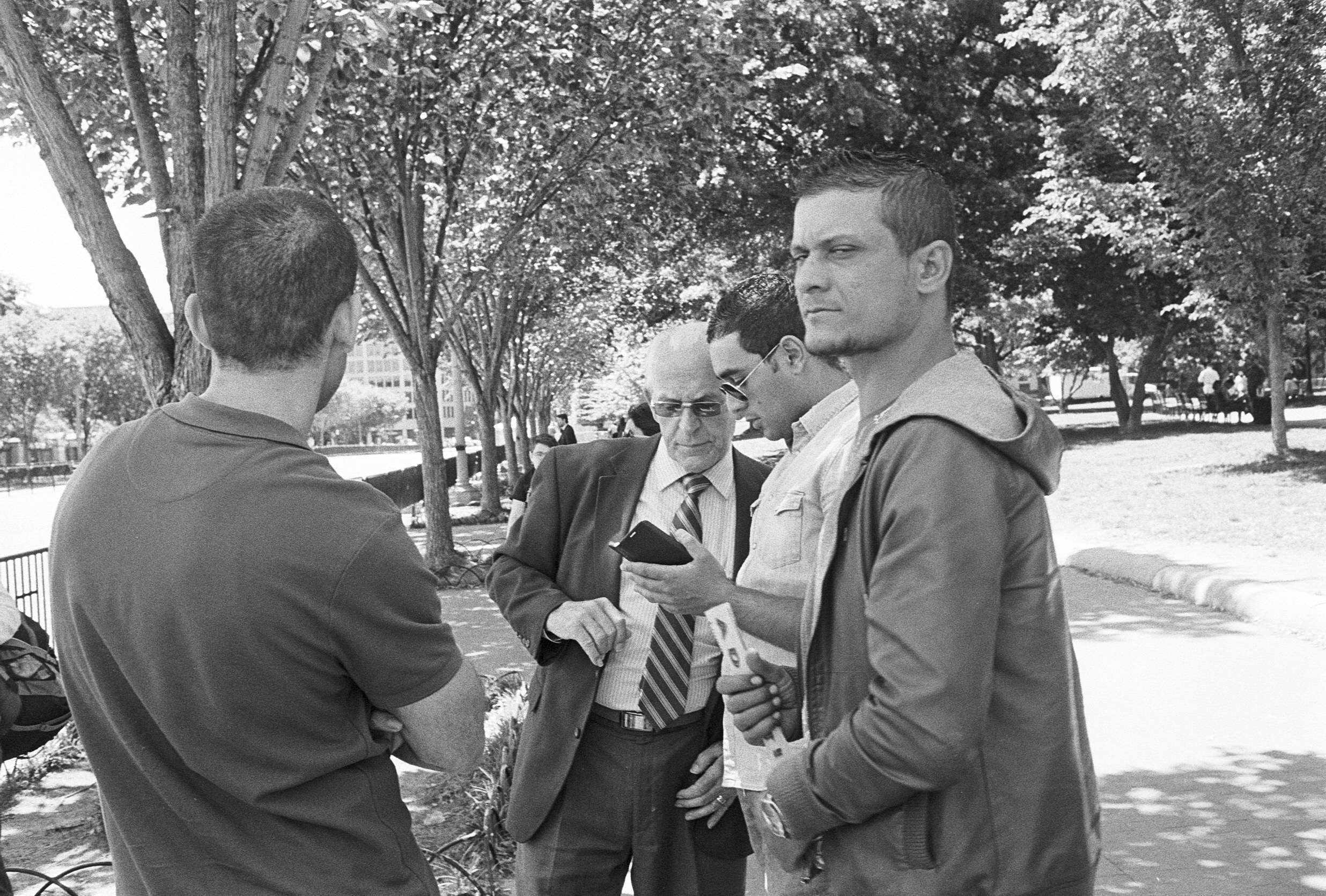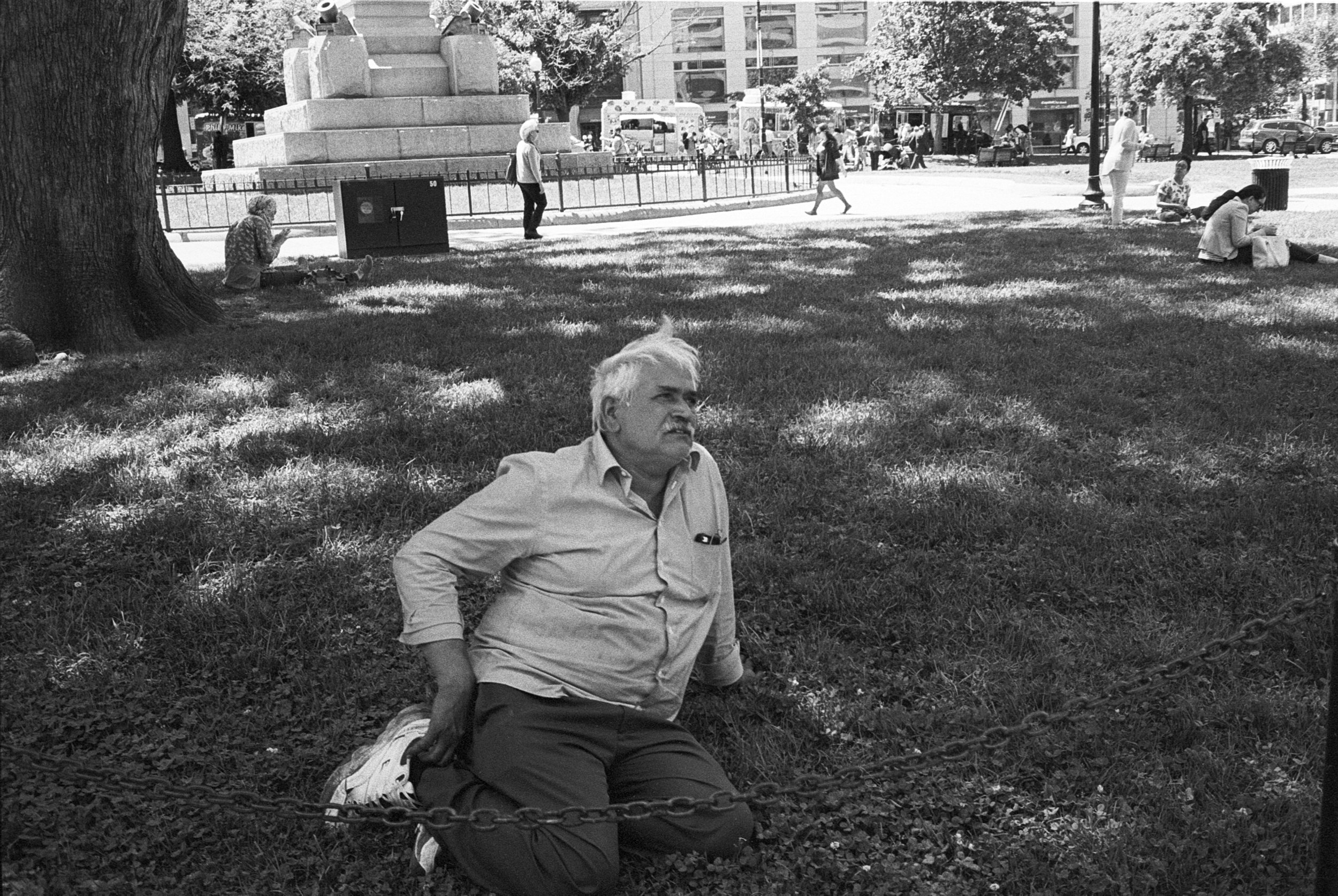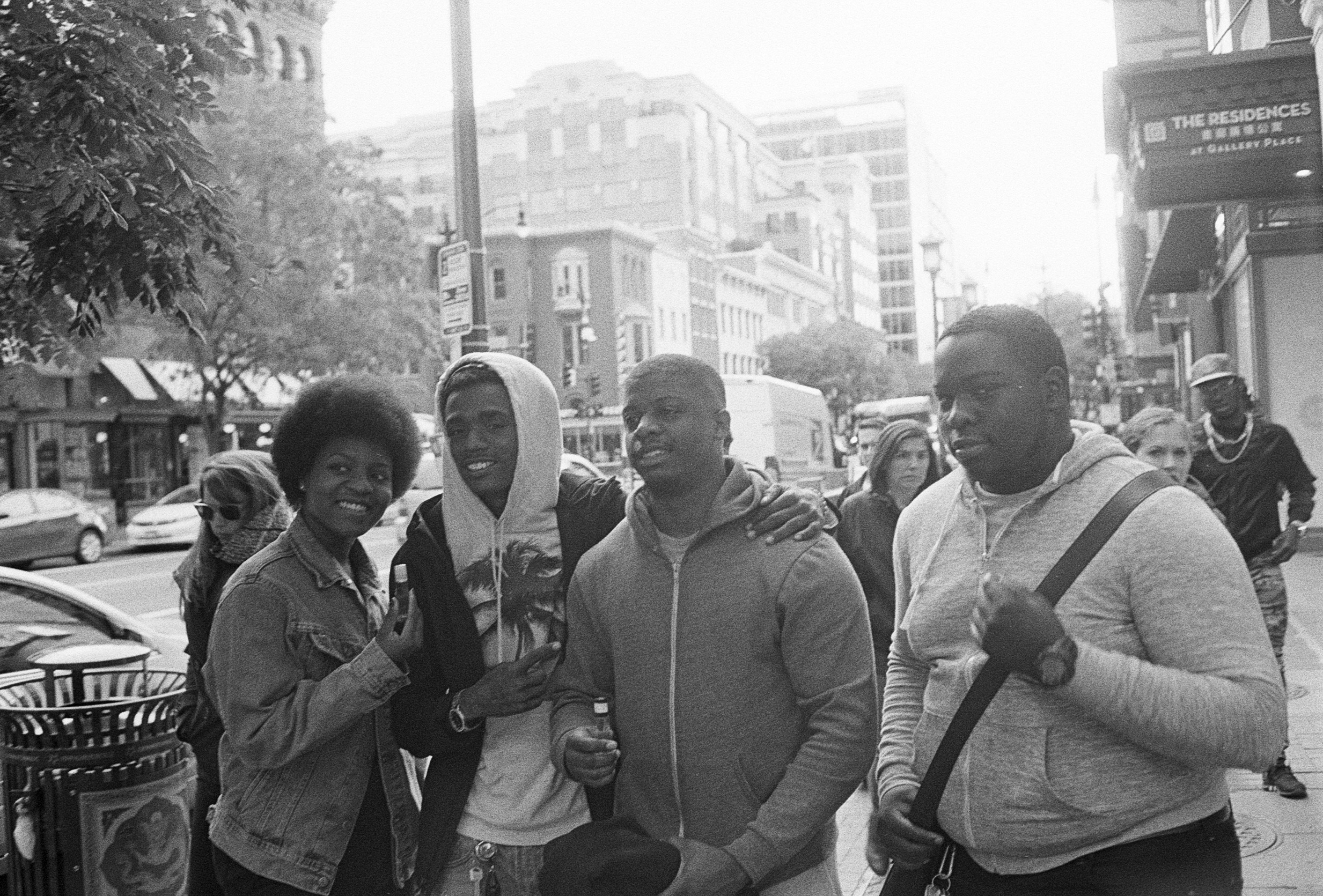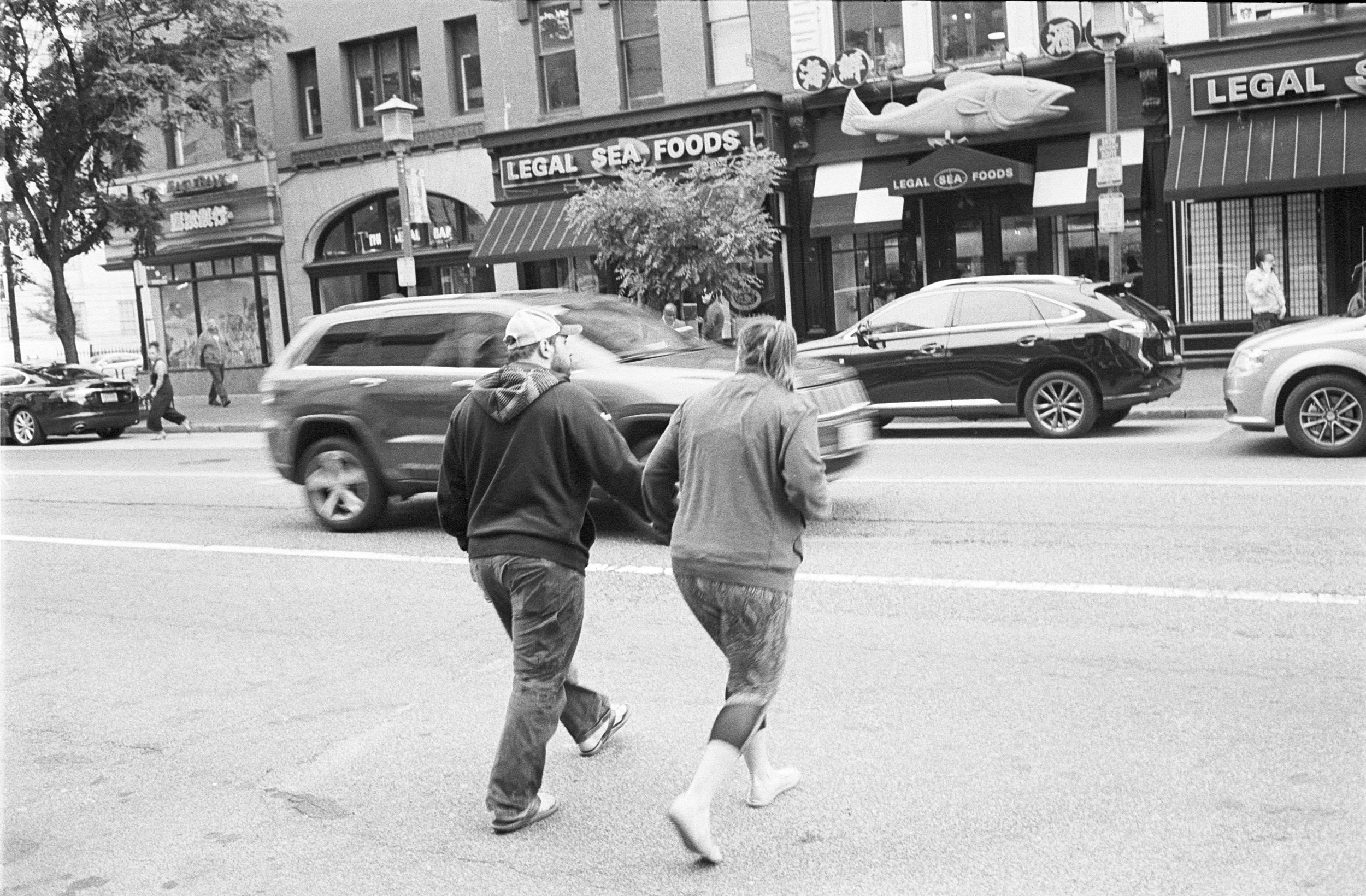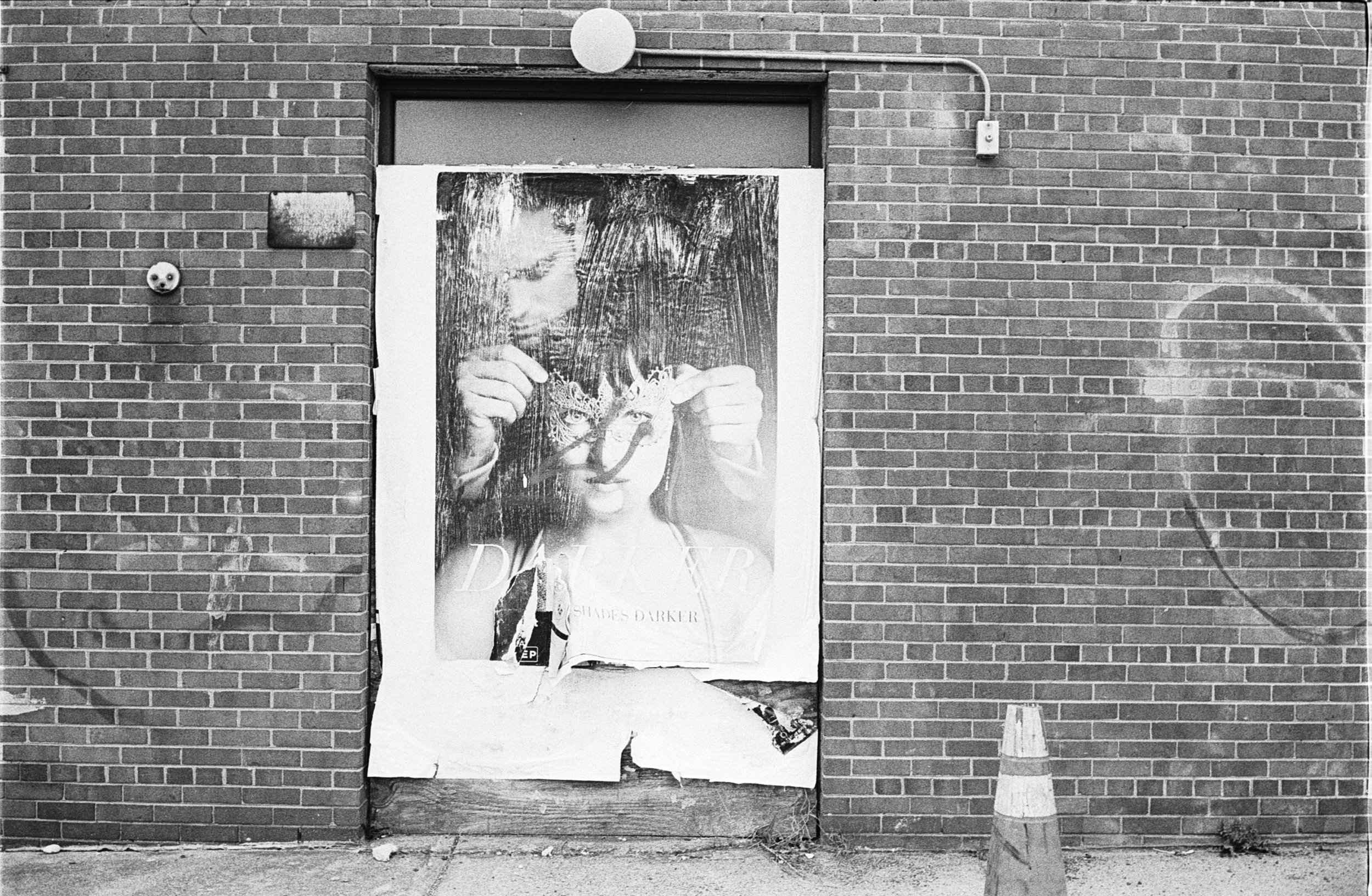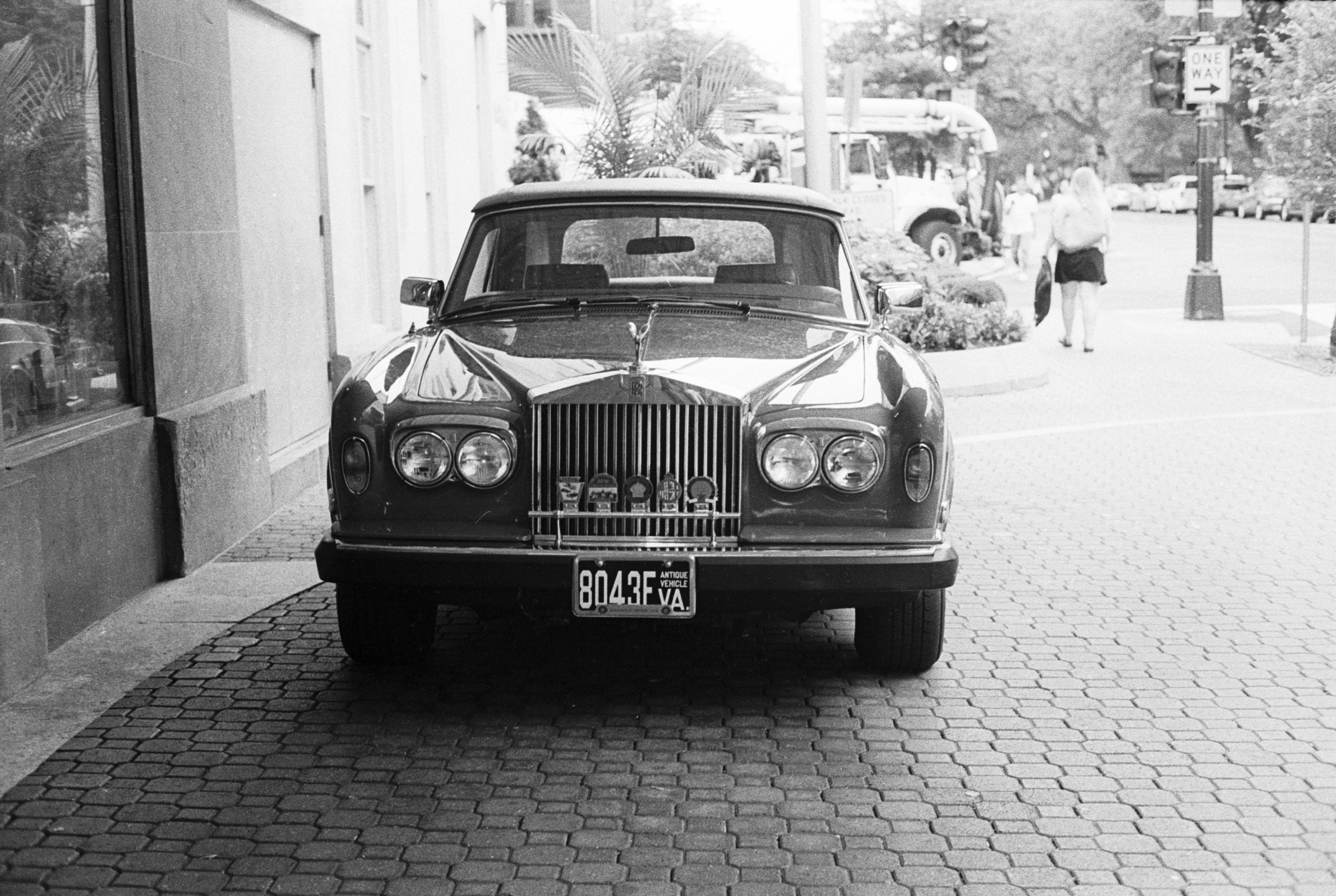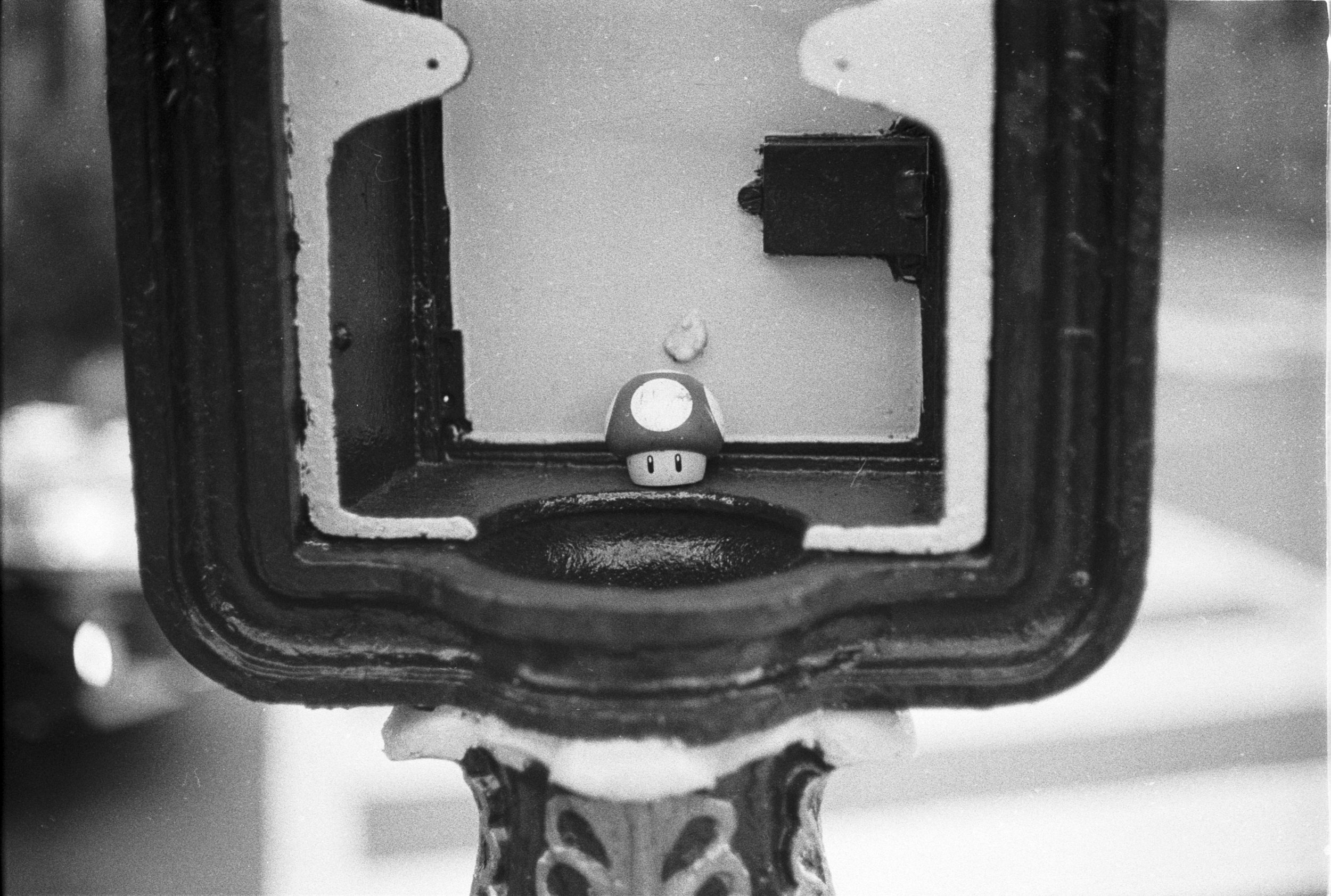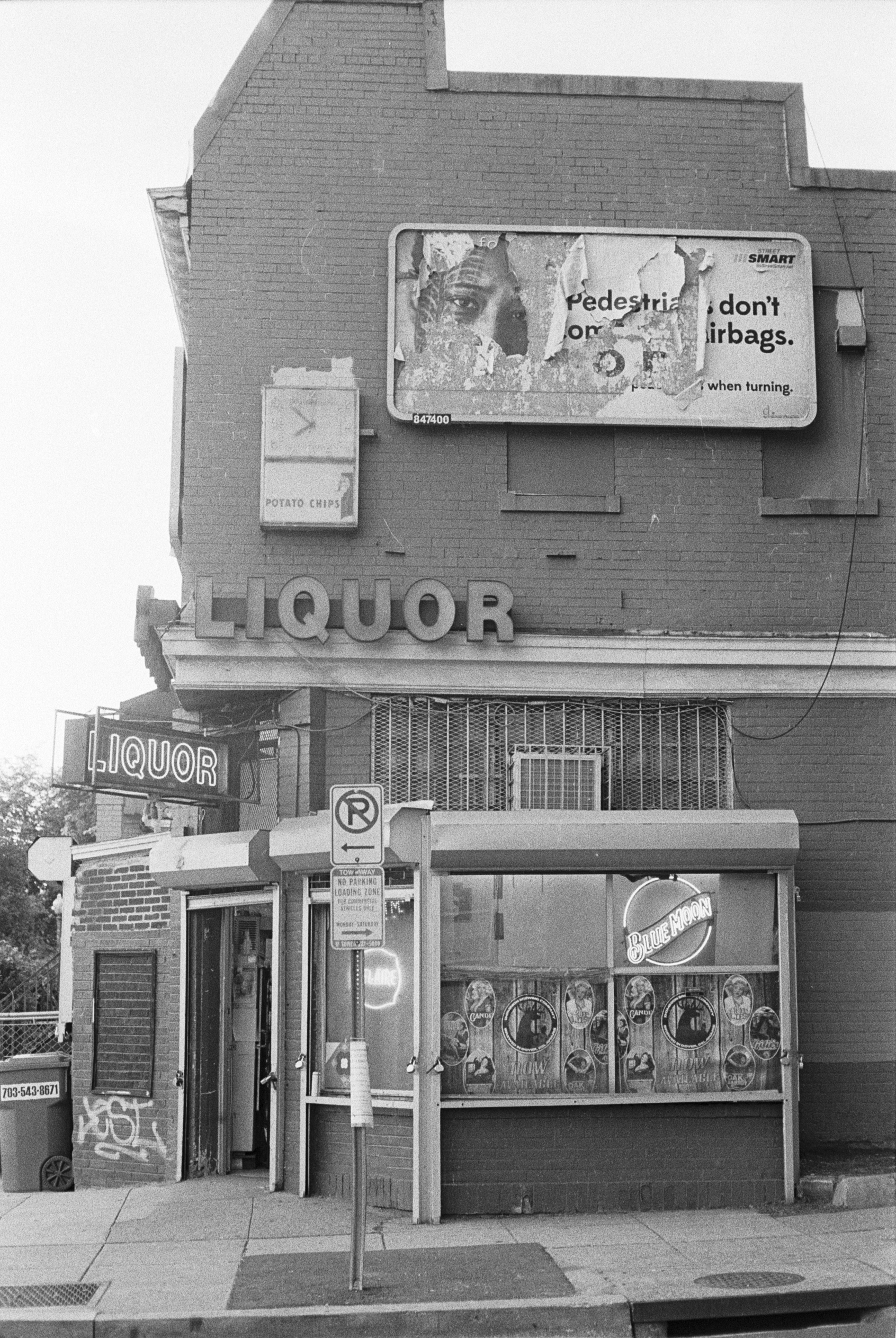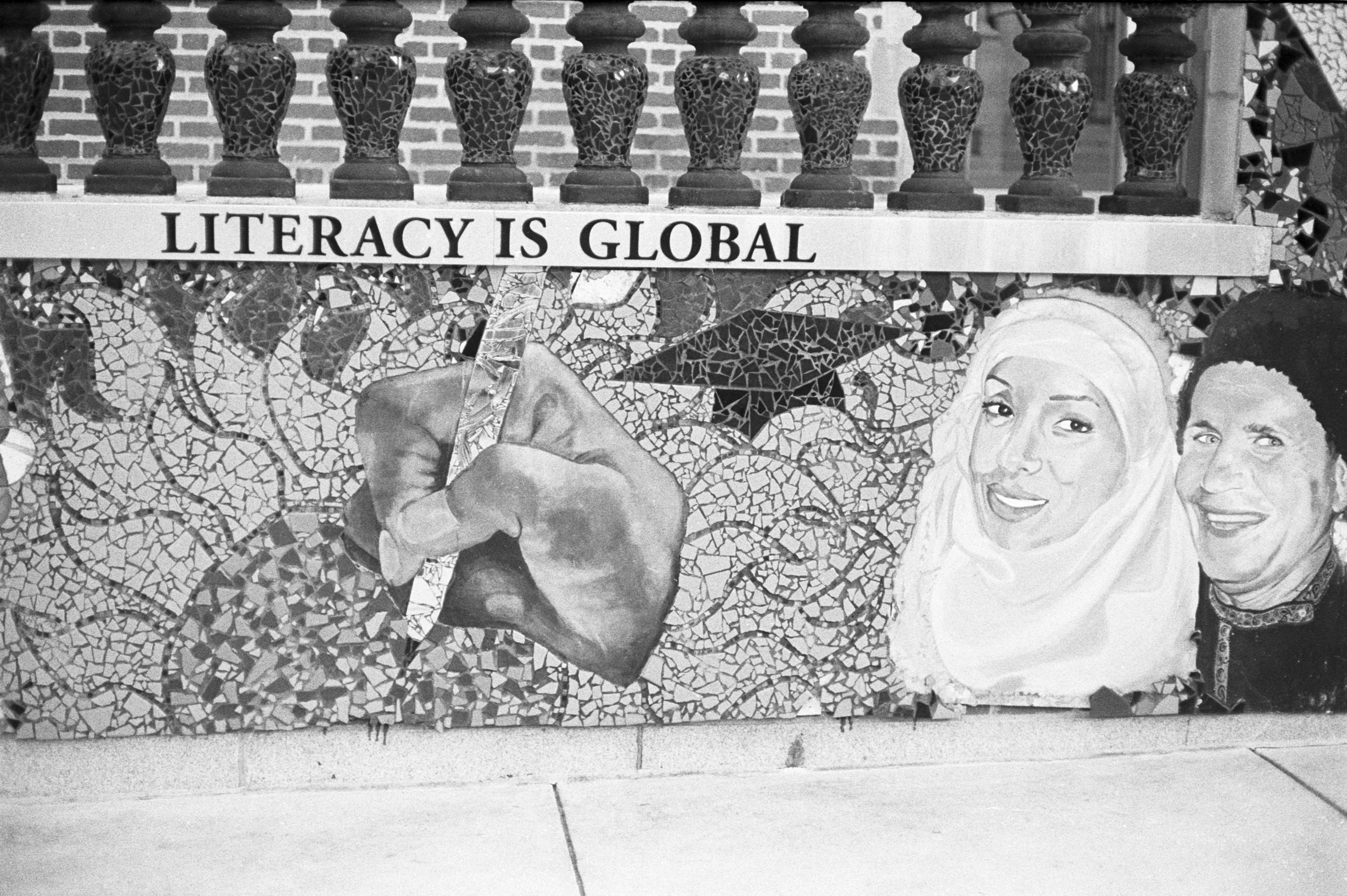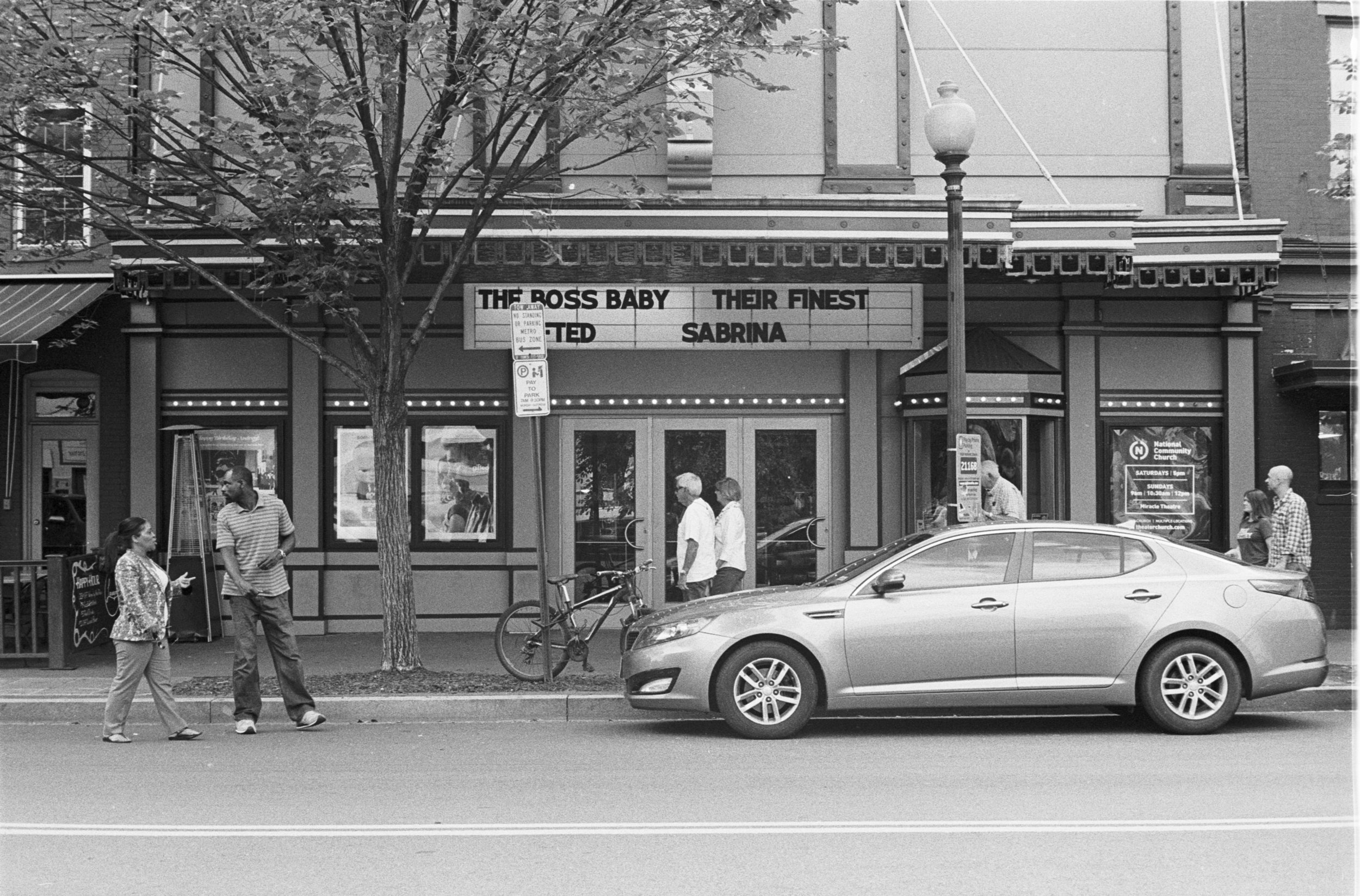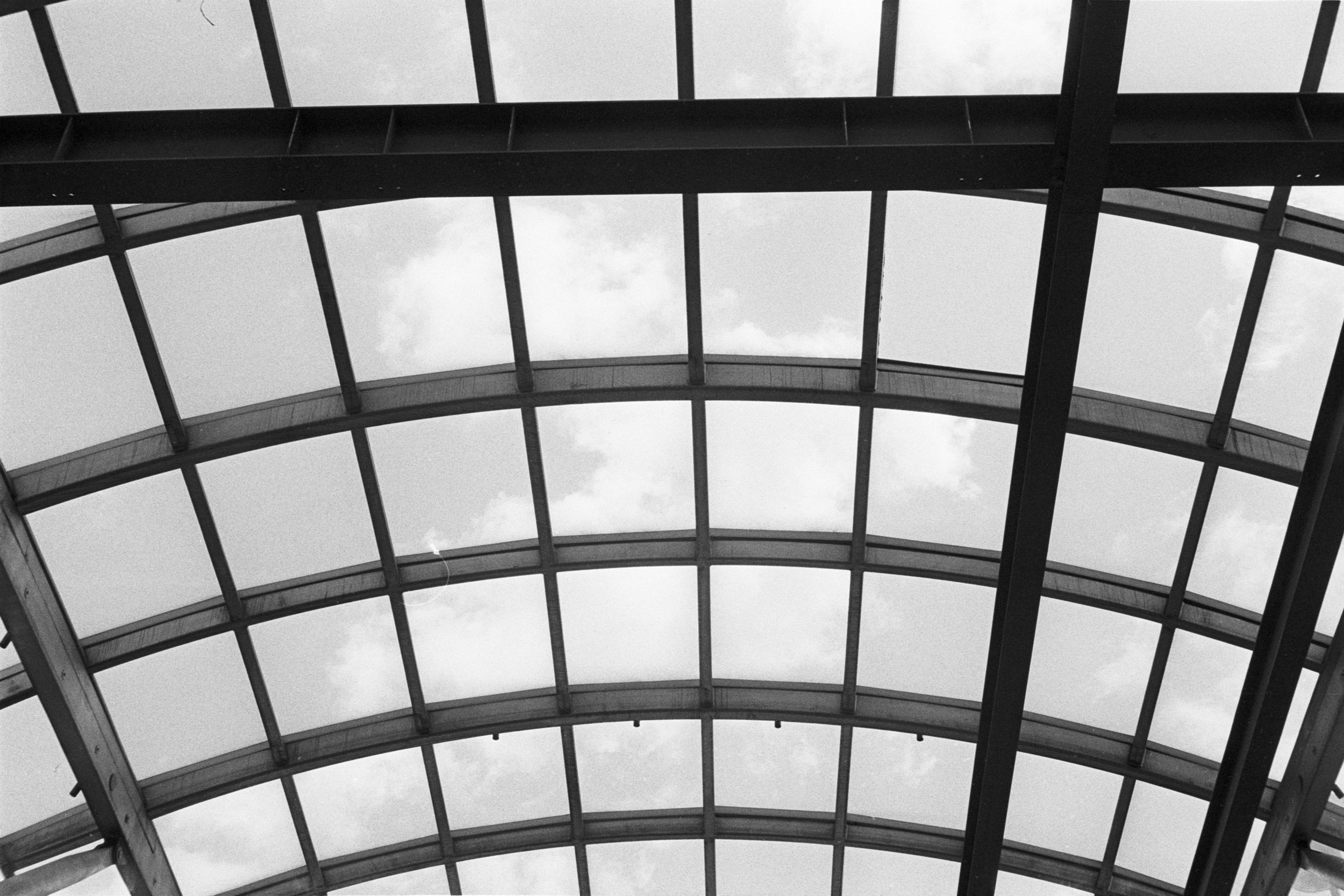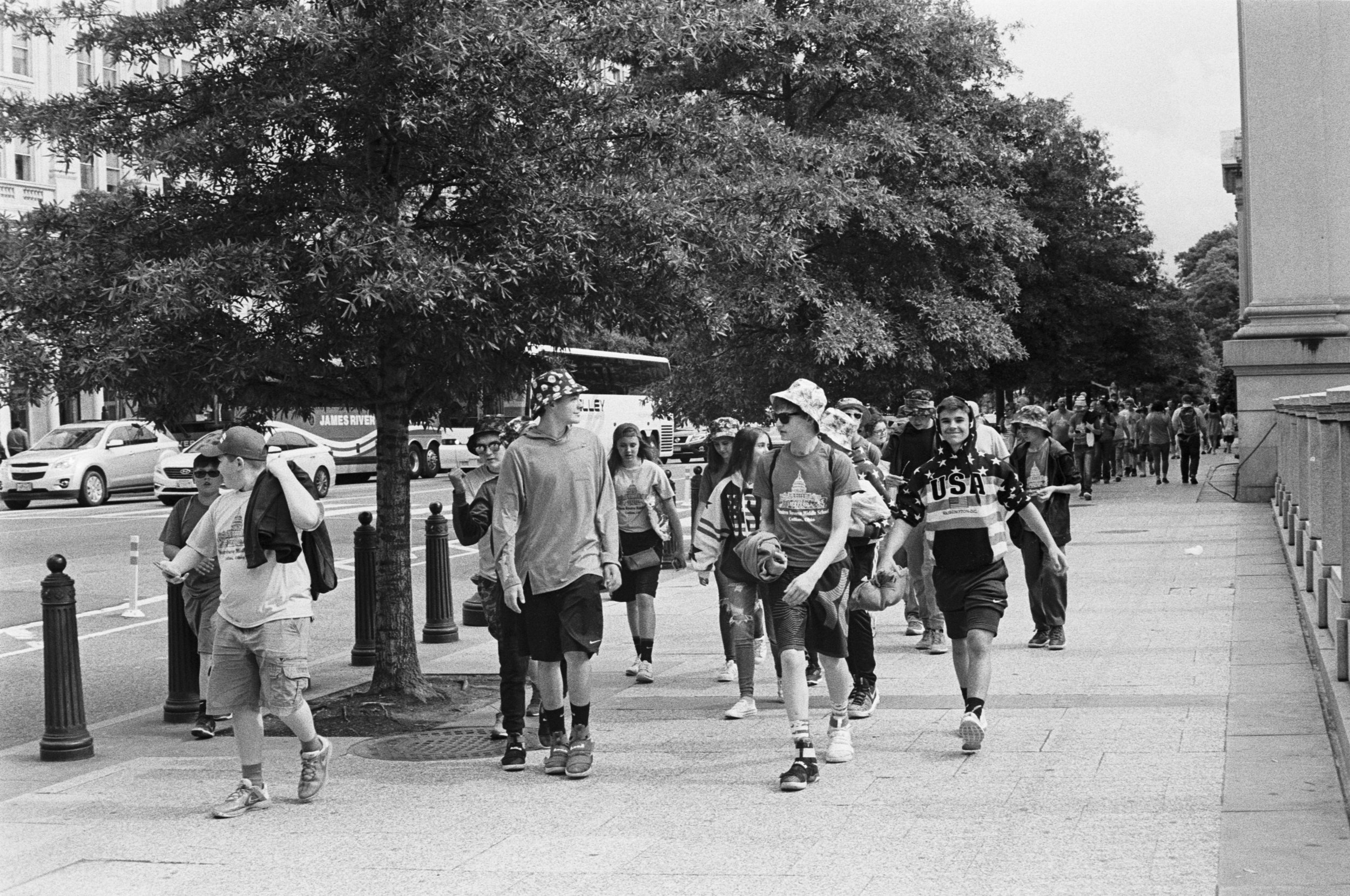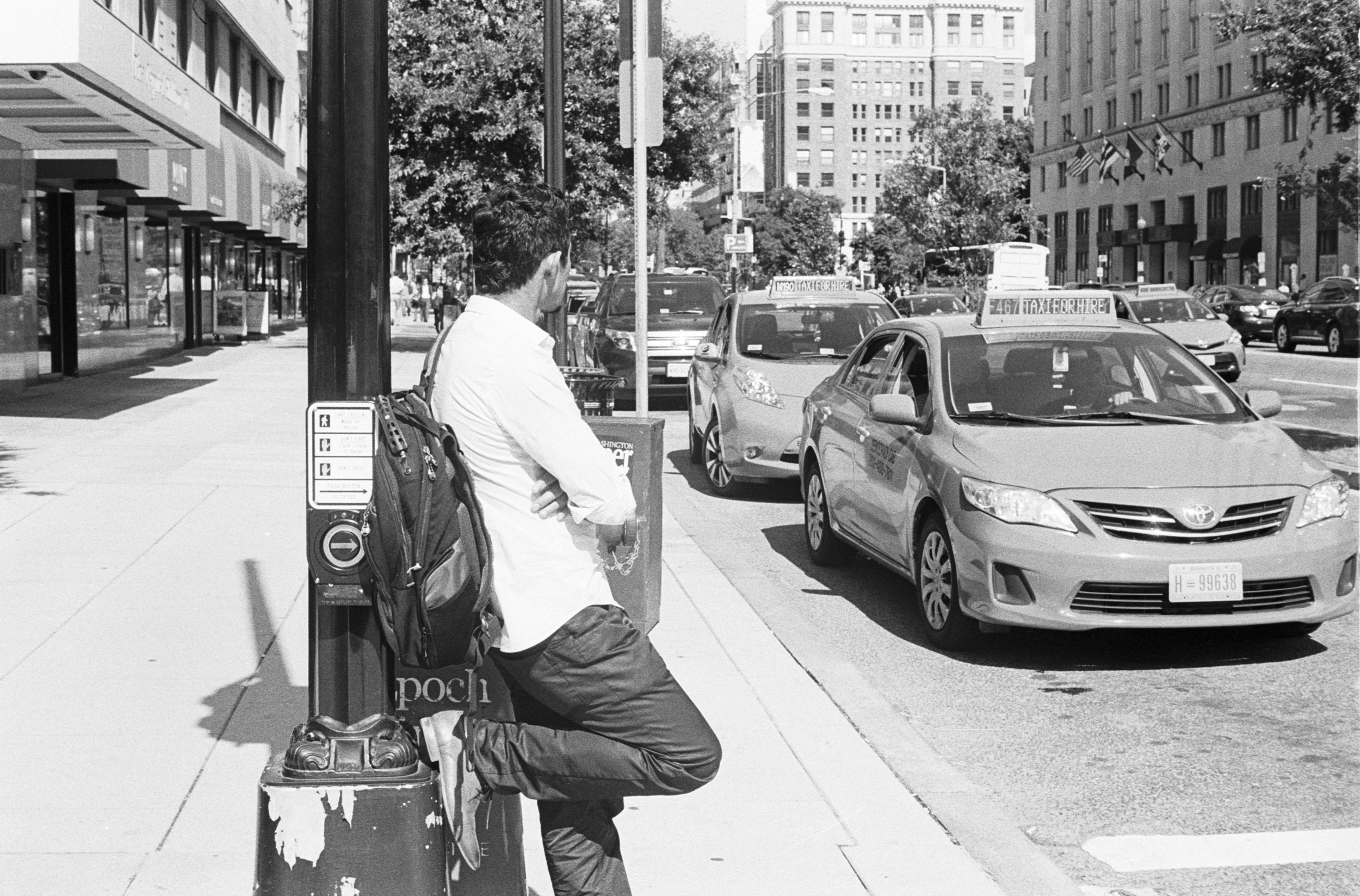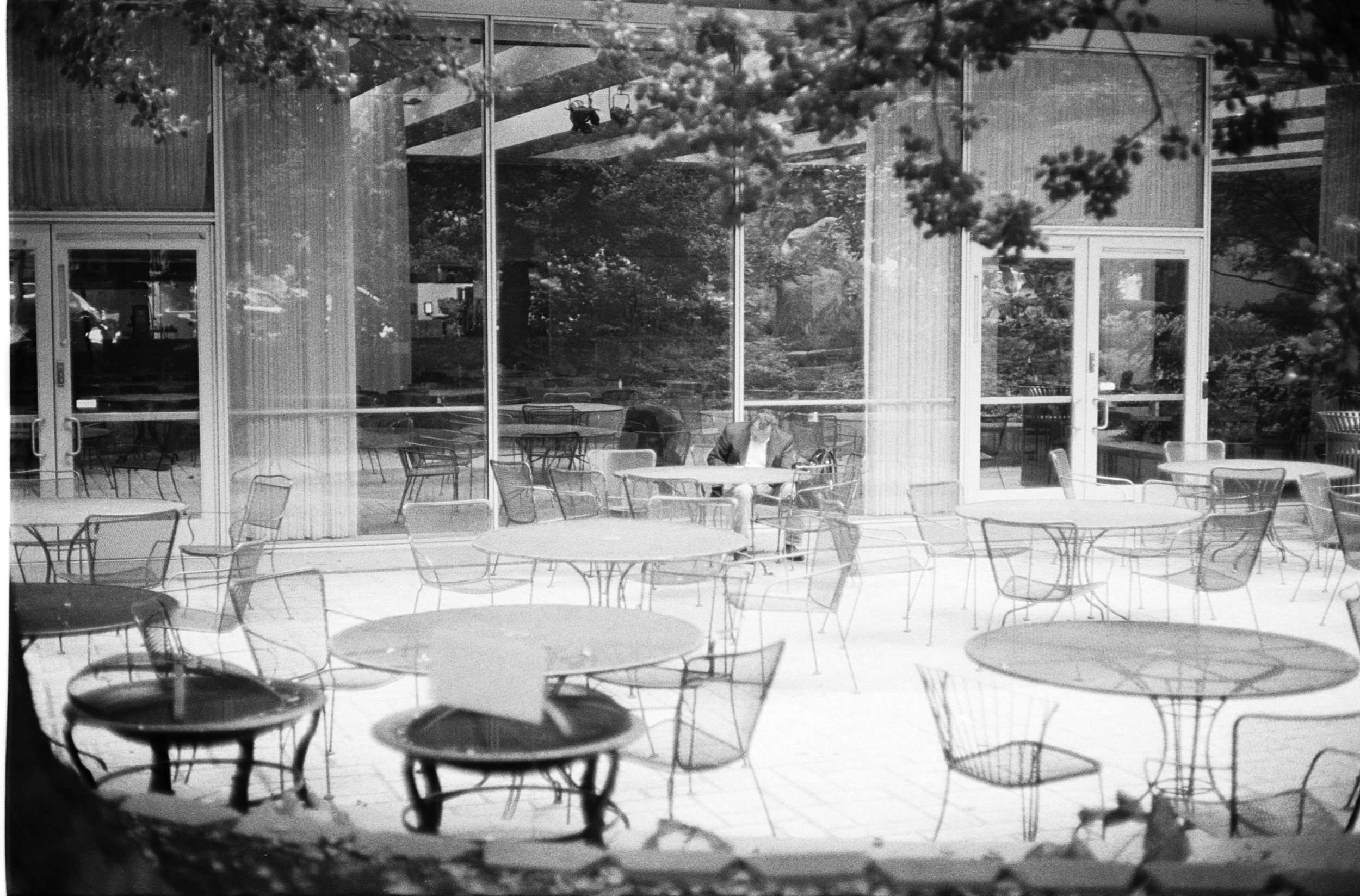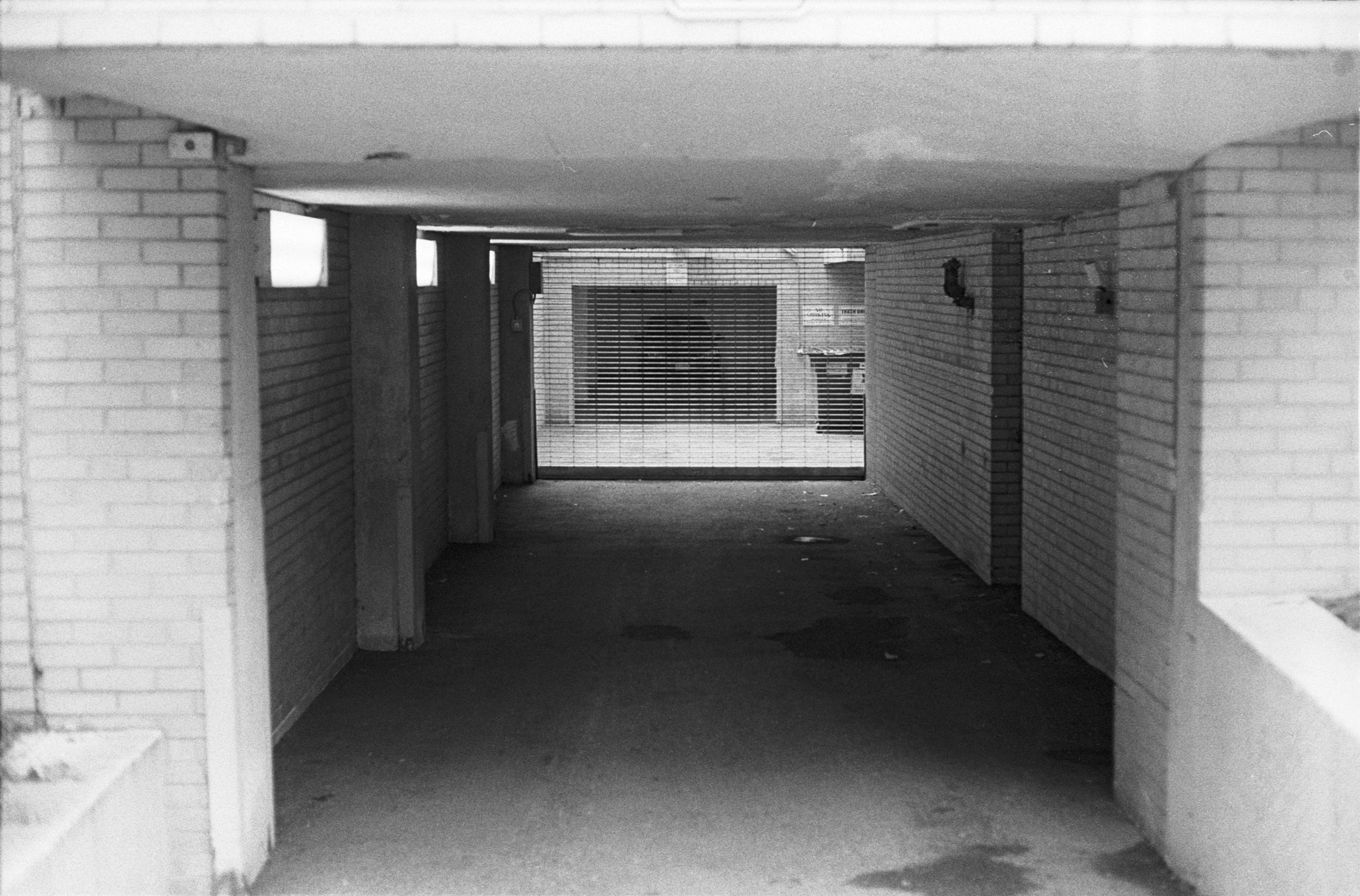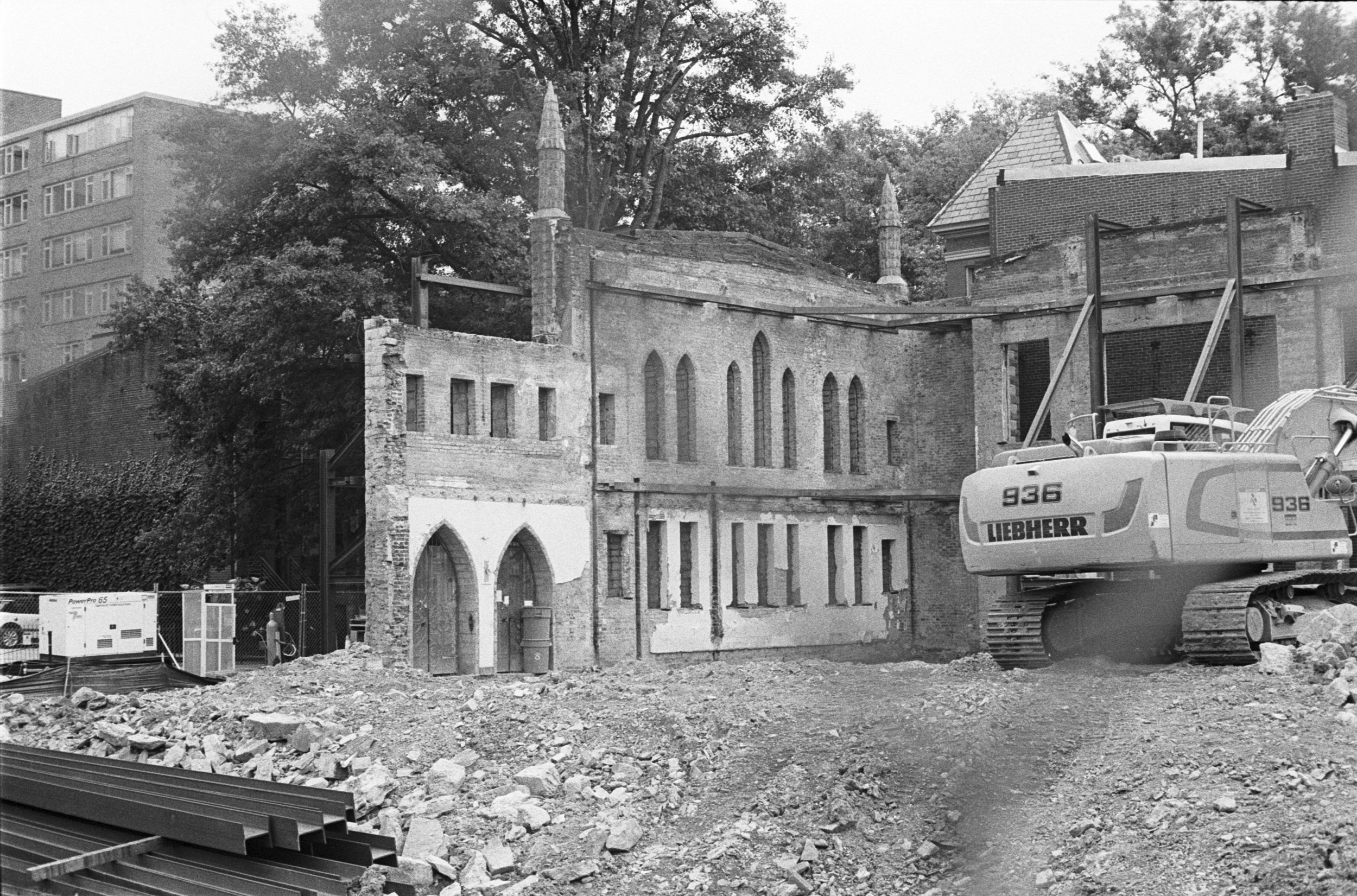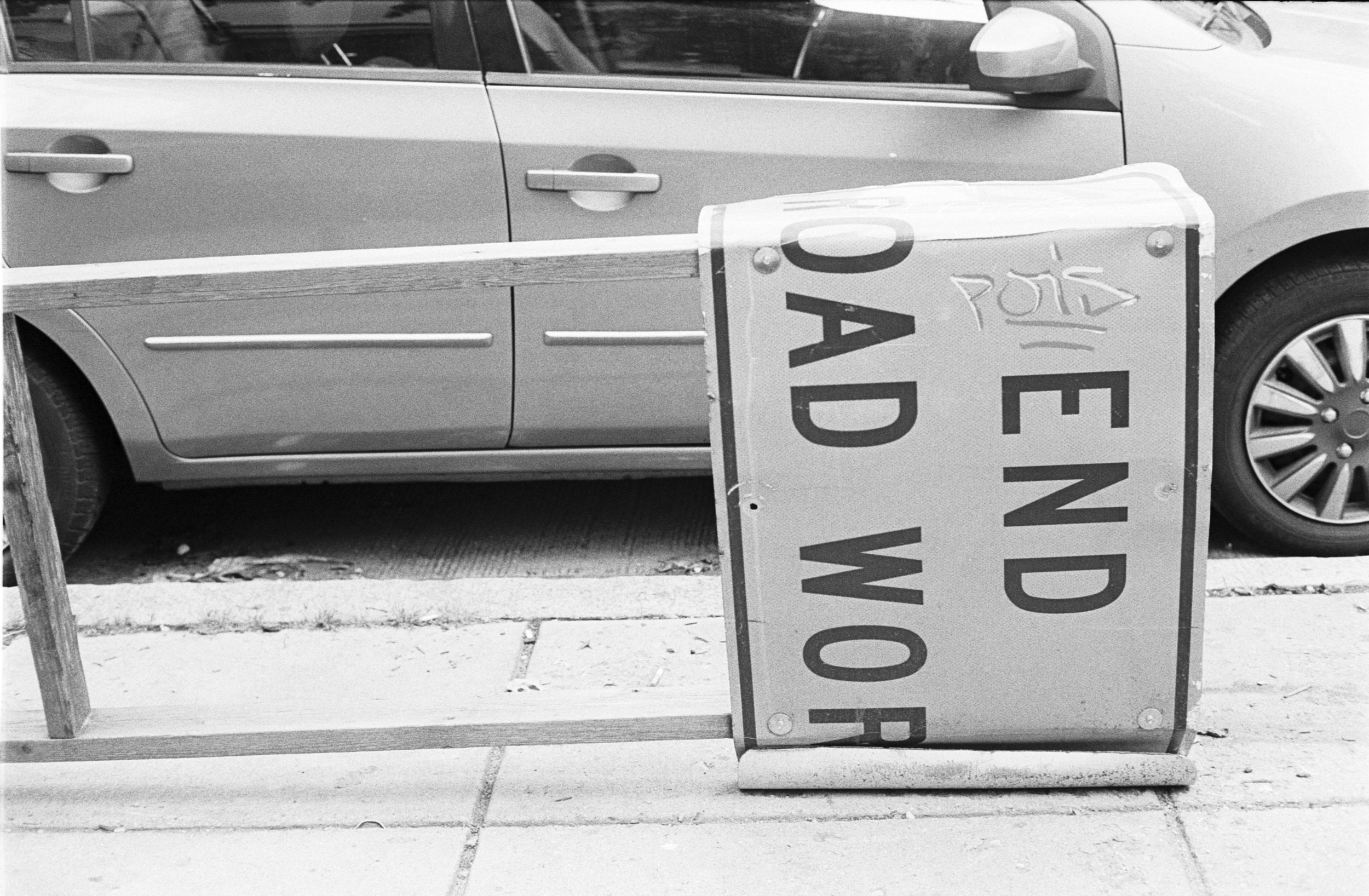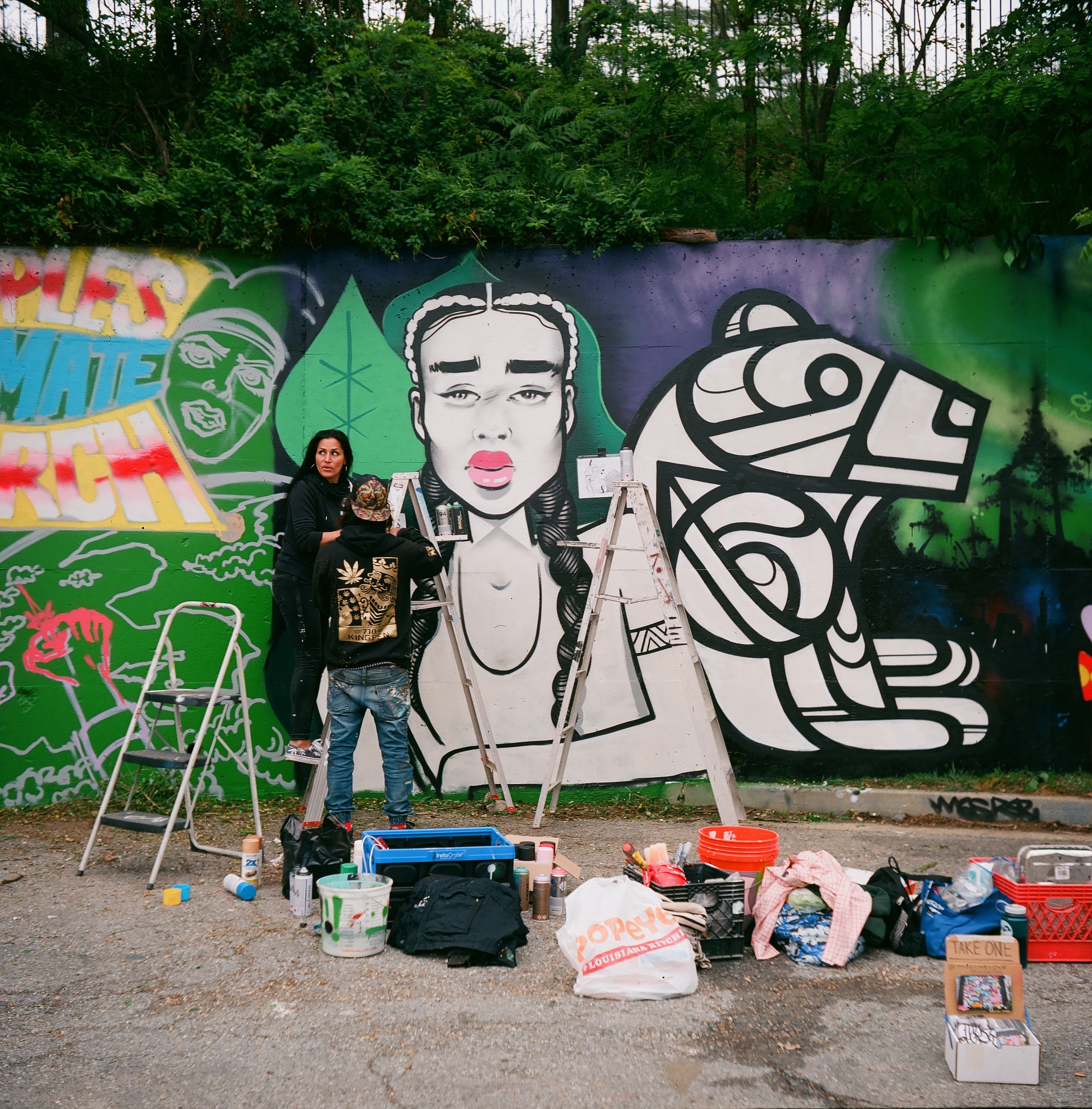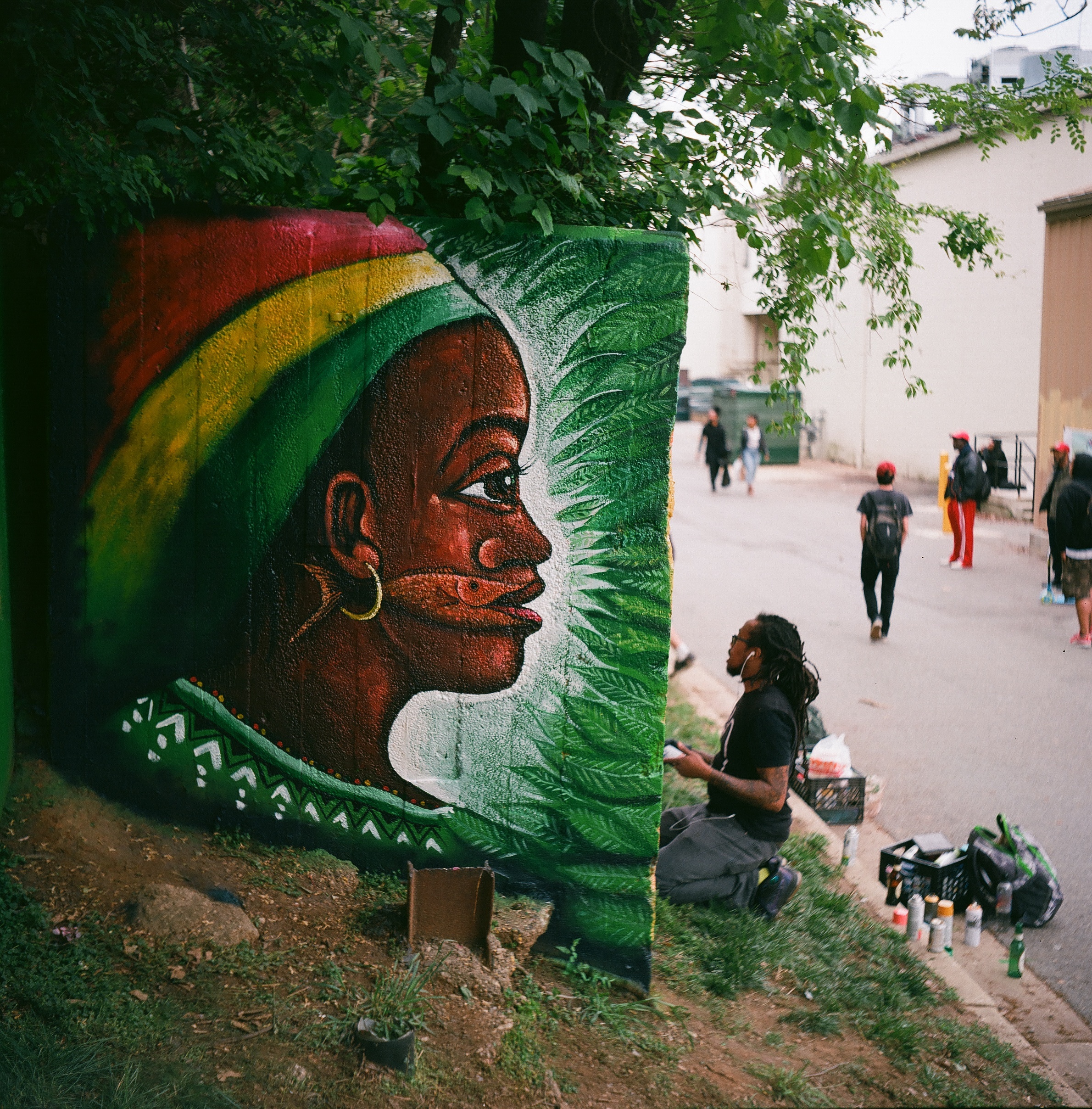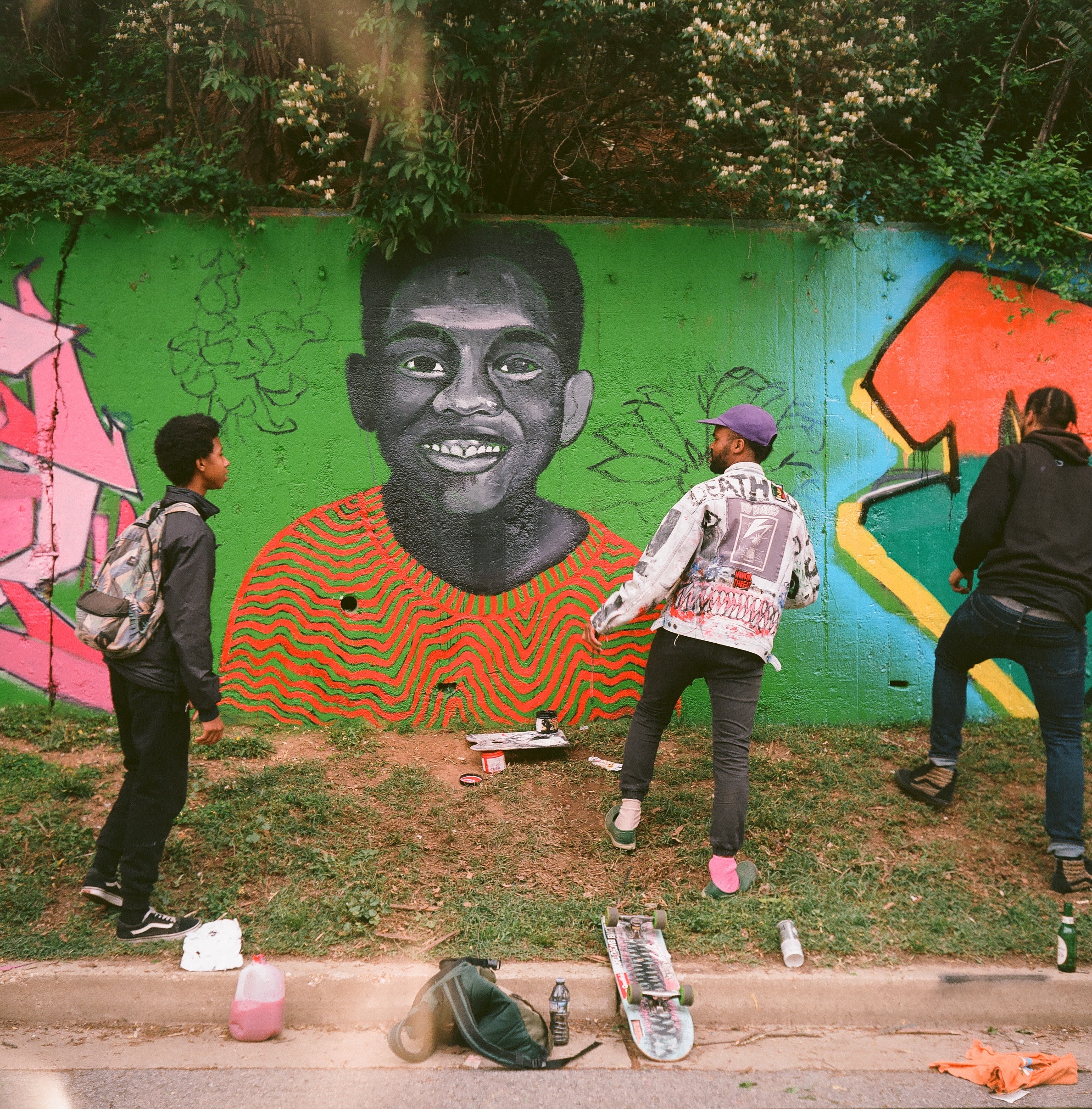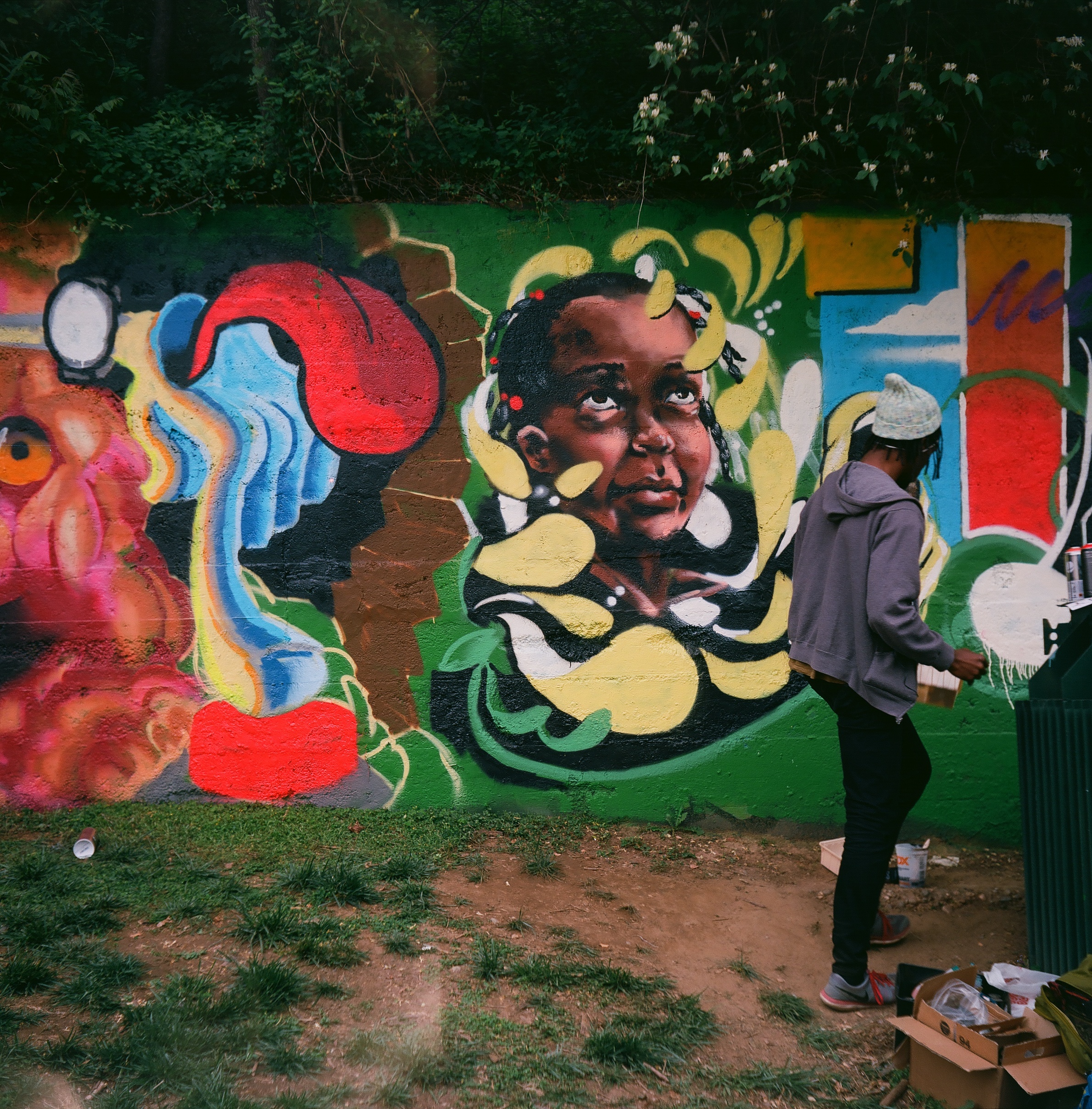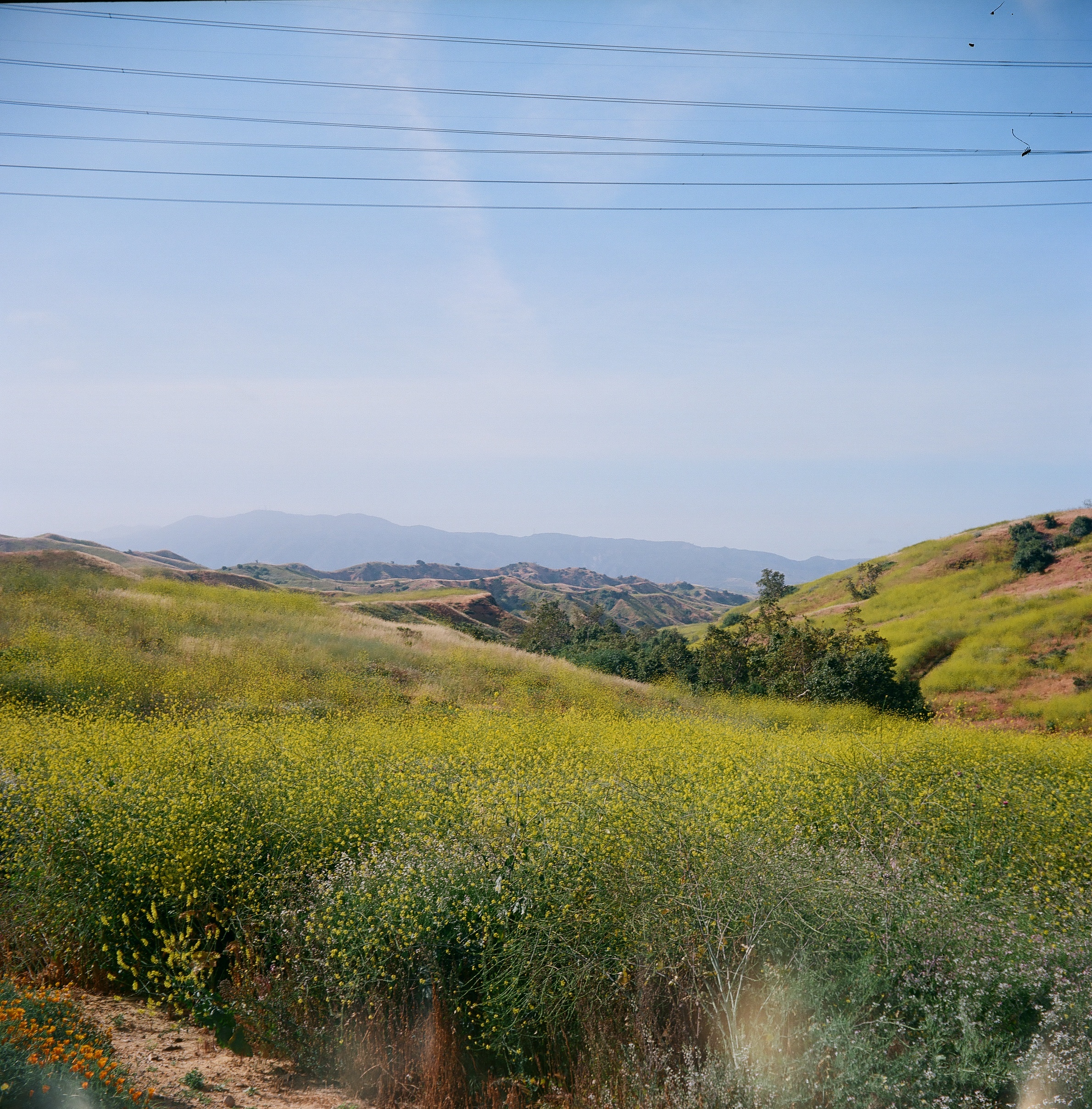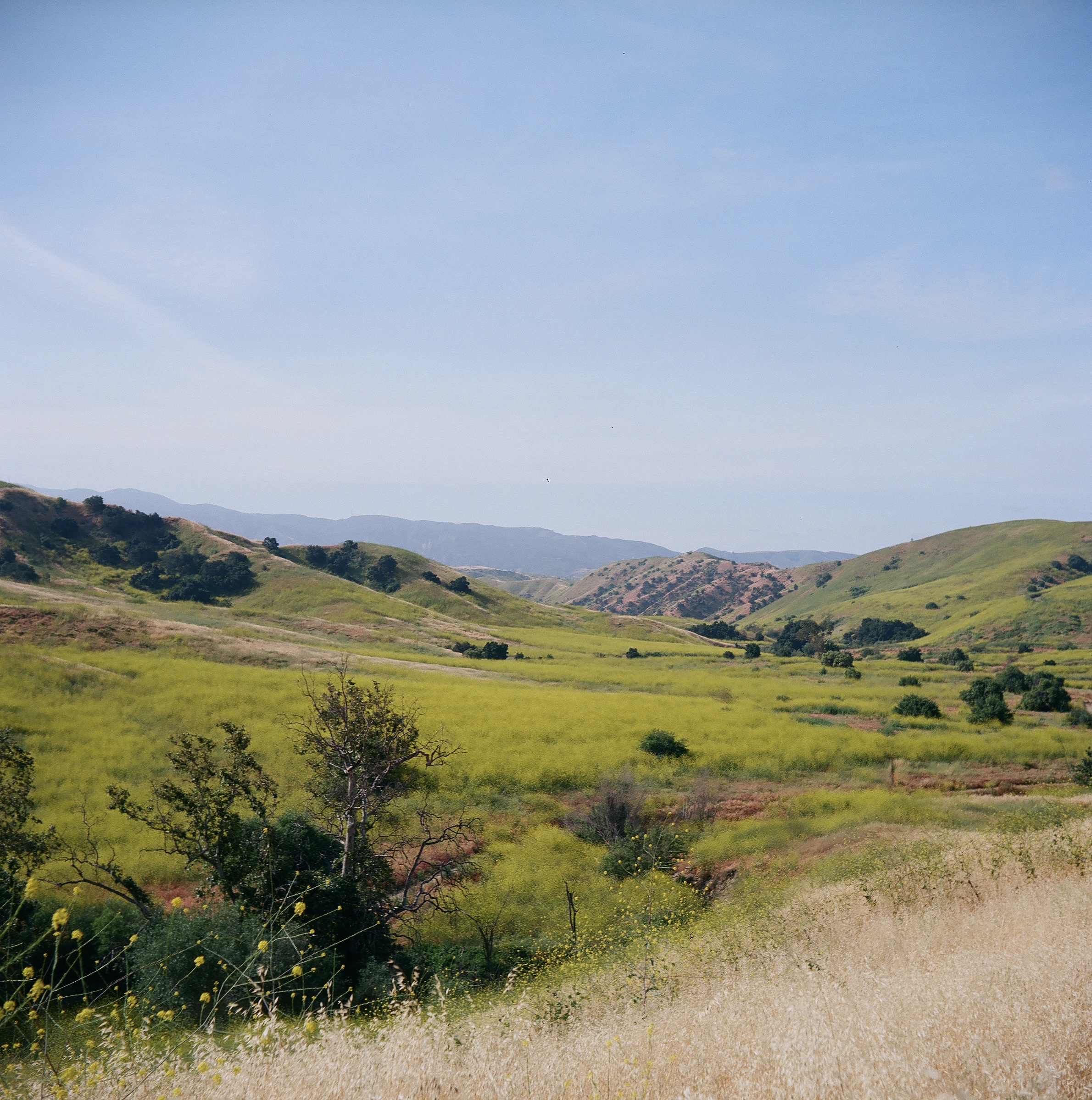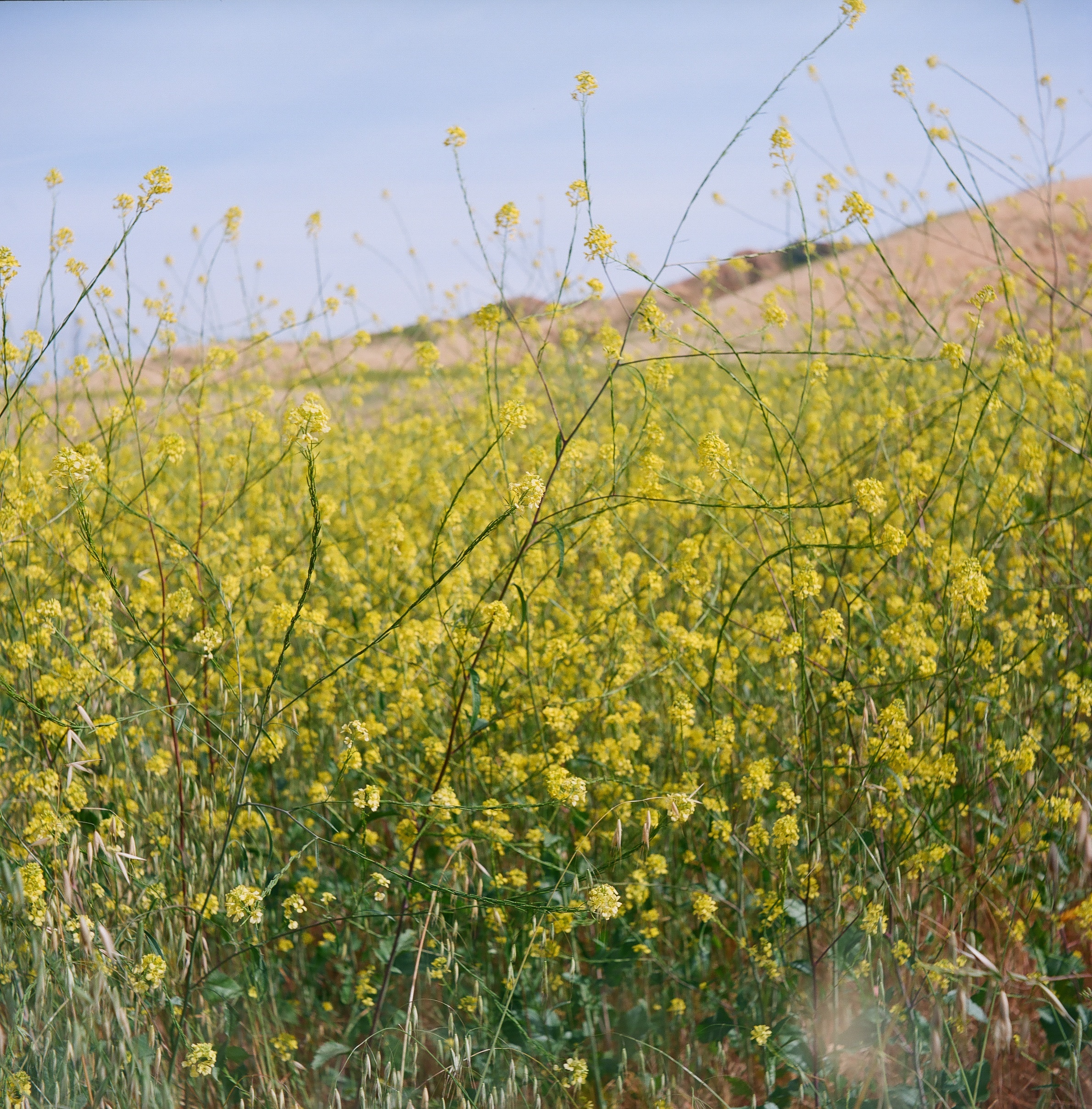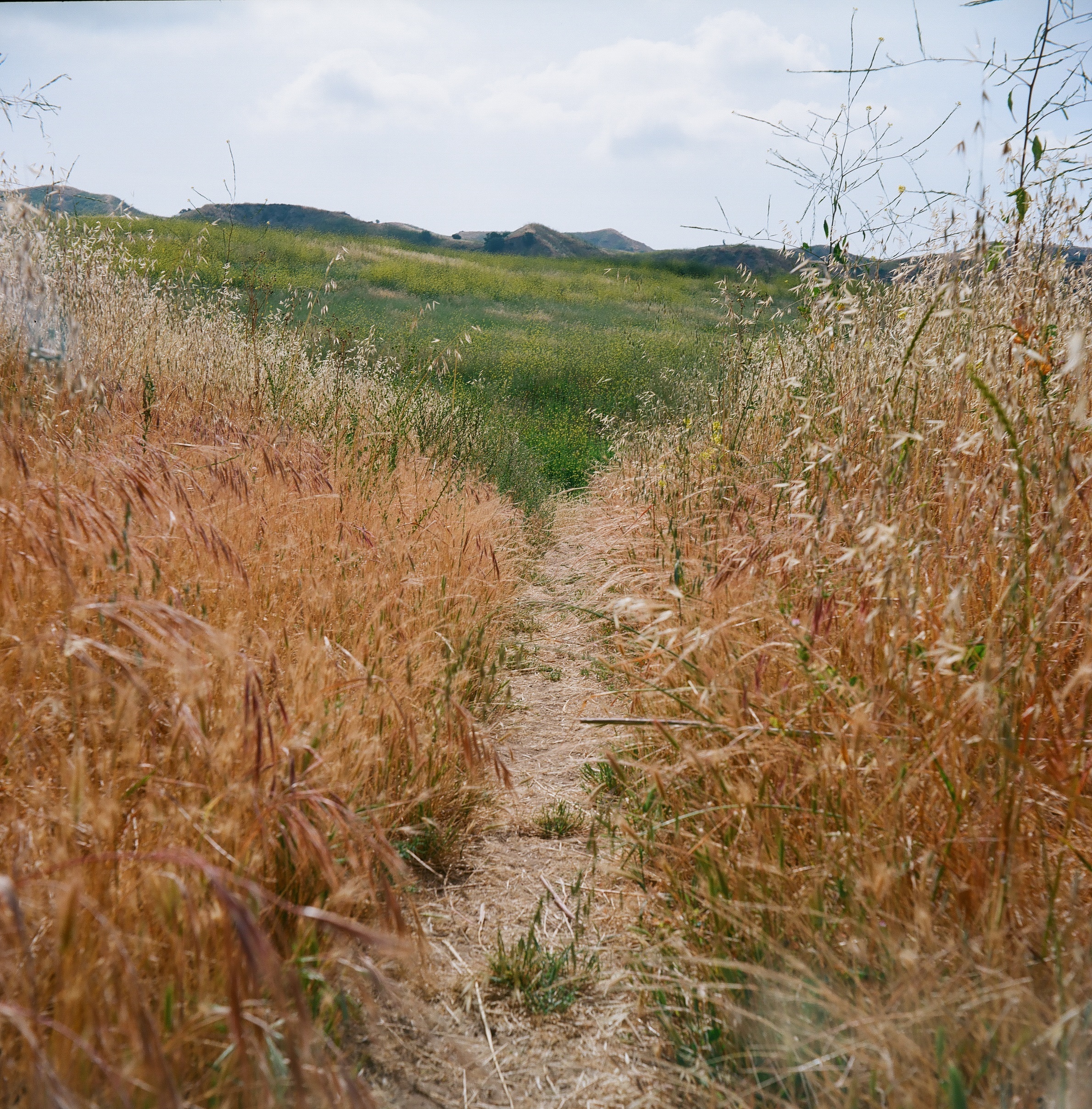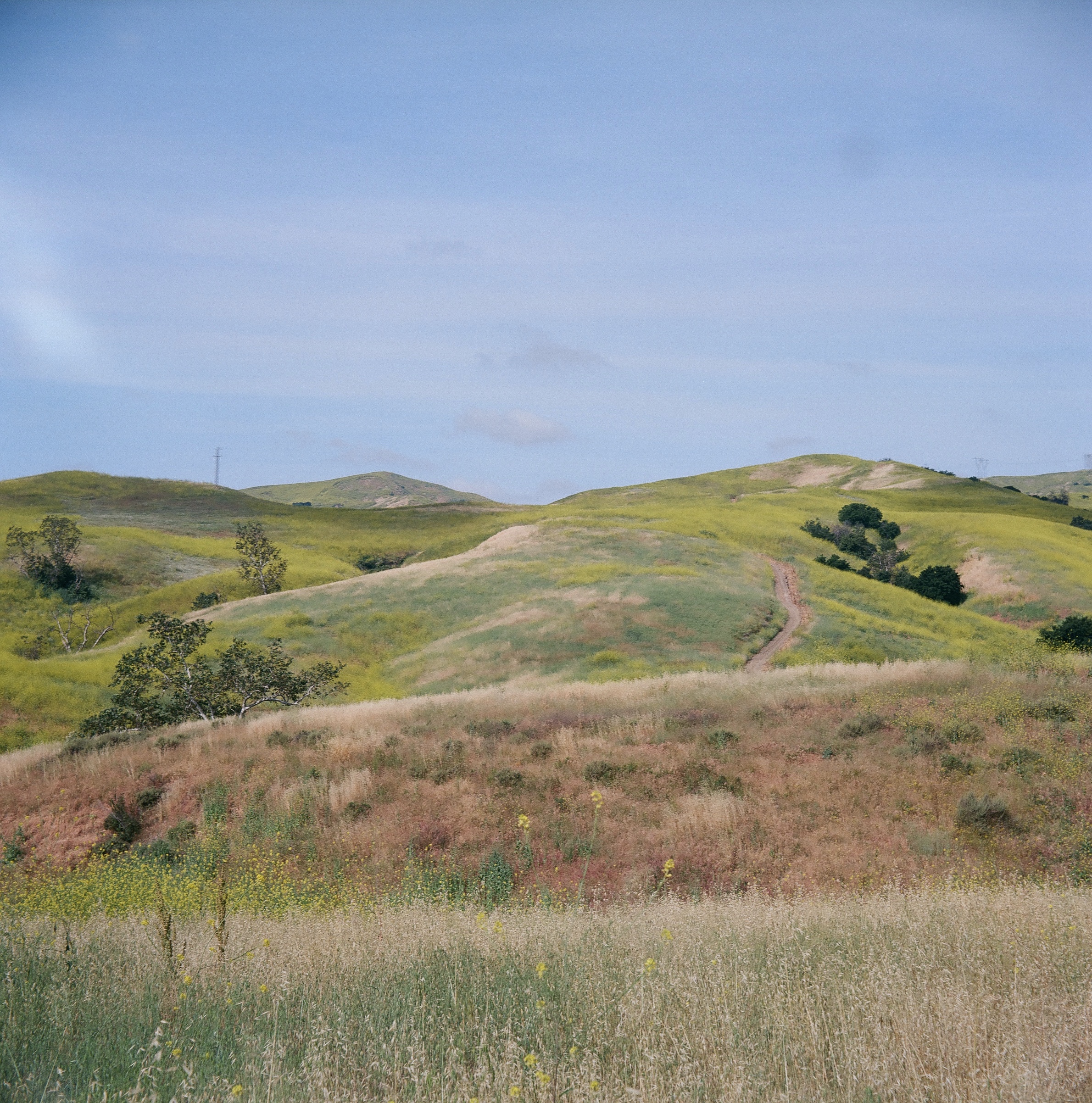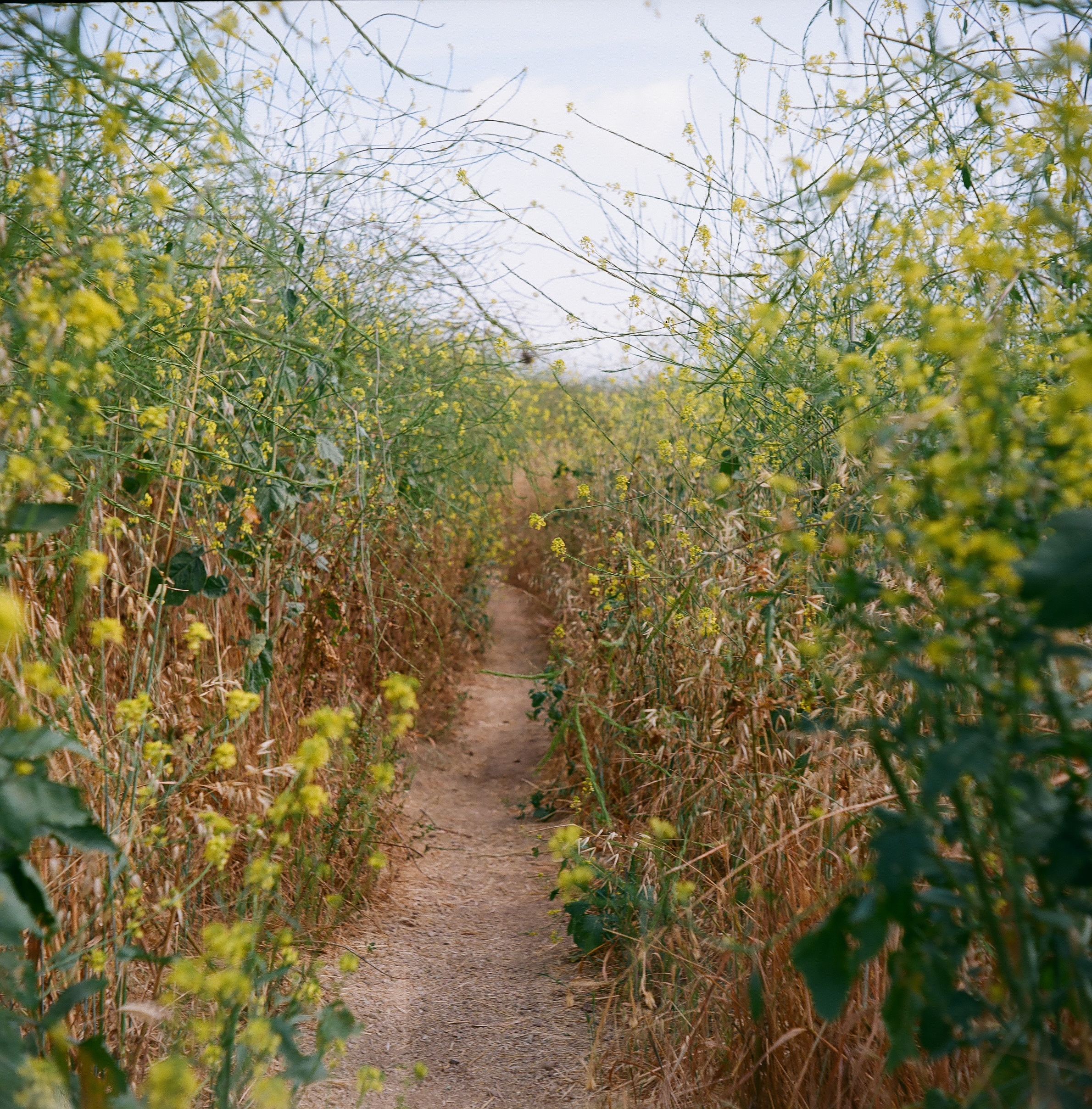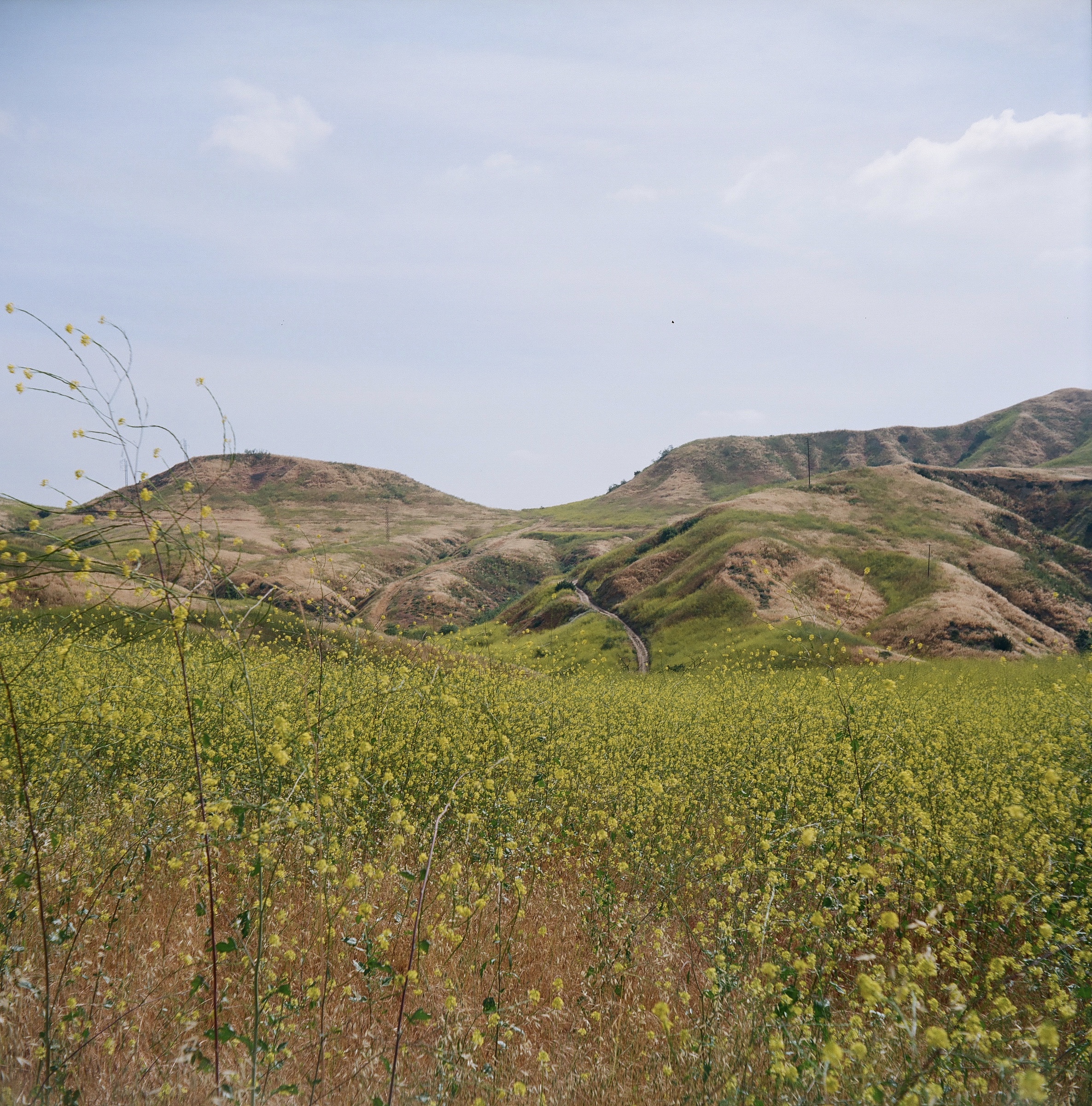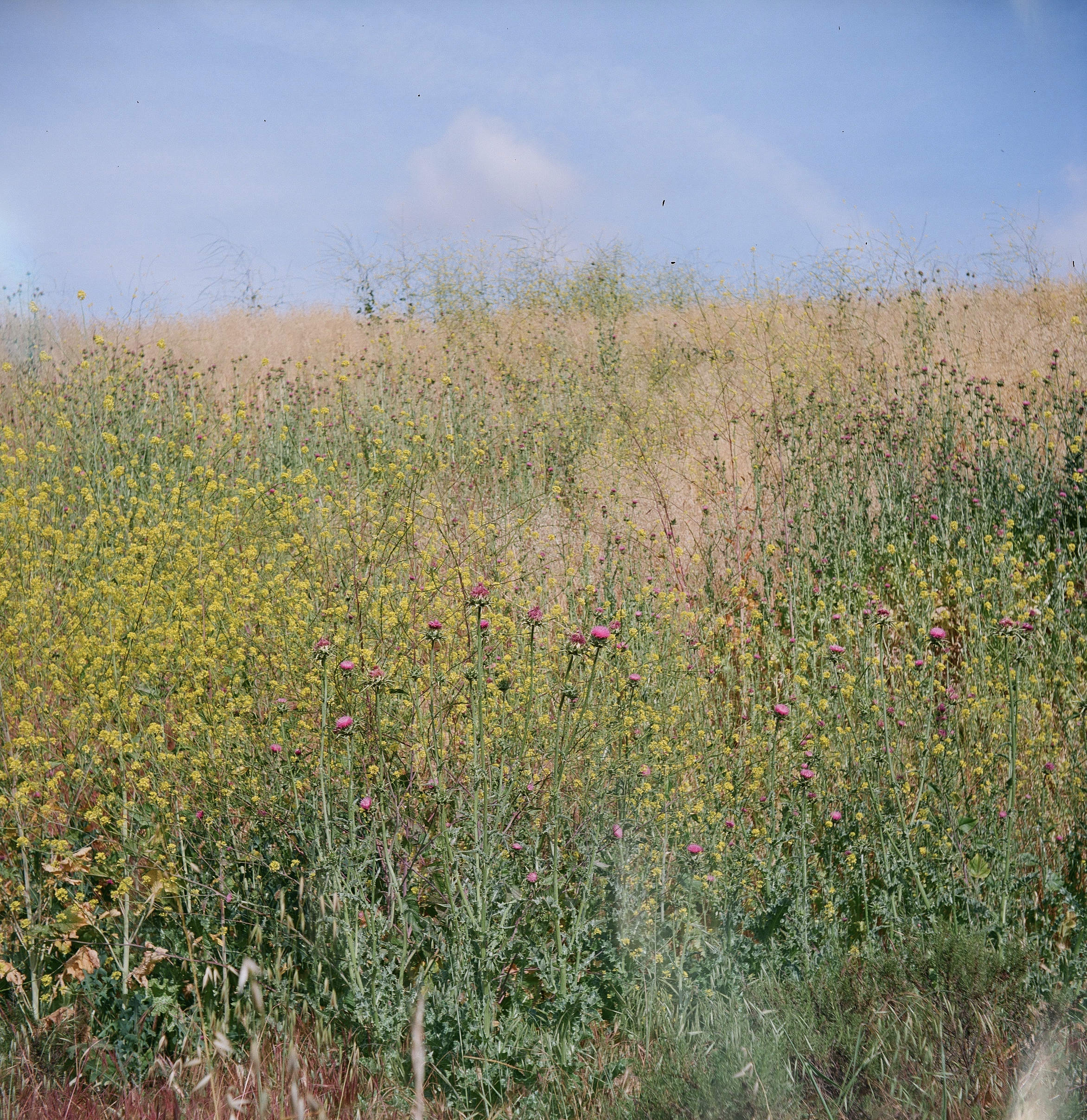new camera, oh and also, the klan
Not long ago, I sold my Fuji X100T. It wasn't a bad camera, but as someone who doesn't shoot much digital, it was too much camera. I wanted something smaller, and lighter—something I could slip into my pocket and keep at all times. After doing a little bit of research, I settled on the Ricoh GR, the latest digital version of the classic 35mm point and shoot.
I've been using it regularly for the last month or so, but this past Saturday was the first time I used it to shoot something dynamic, where speed was critical. The Klan descended on Charlottesville, Virginia for an afternoon, and I—along with many other people—went to document their presence and the protests that met them. I did most of my work on film, but I had the Ricoh as a backup camera for quick and candid shots. It performed wonderfully. Quick to turn on, I could take the camera out of my pocket and shoot a photo within 10 seconds. Faster, if I had the camera set to "SNAP," where it pre-focuses to a specified distant. At 2 meters, with the lens stopped down to f/8 or f/11, you could capture just about anything in front of you with crisp focus. And the actual photos, as you can see, are sharp and detailed. This is a "half frame" digital camera, but you would almost think it was full frame. Highly recommended, if you are in the market.
In addition to illustrating the kind of hate we still live with, the Klan demonstration and attendant protests were a useful opportunity for me to practice with a wider focal length, as you can see from these photos with the Ricoh, which uses a 28mm-equivalent fixed lens.
Of the photos here, I think the first one is the best. Technically it is pretty good, but the combination of all elements makes it evocative. I'm also a fan of the final photo, which captures motion in a way I haven't really ever done well before.
Anyway, I recommend the camera! And I'll have some of the film photos soon, so stay tuned.
